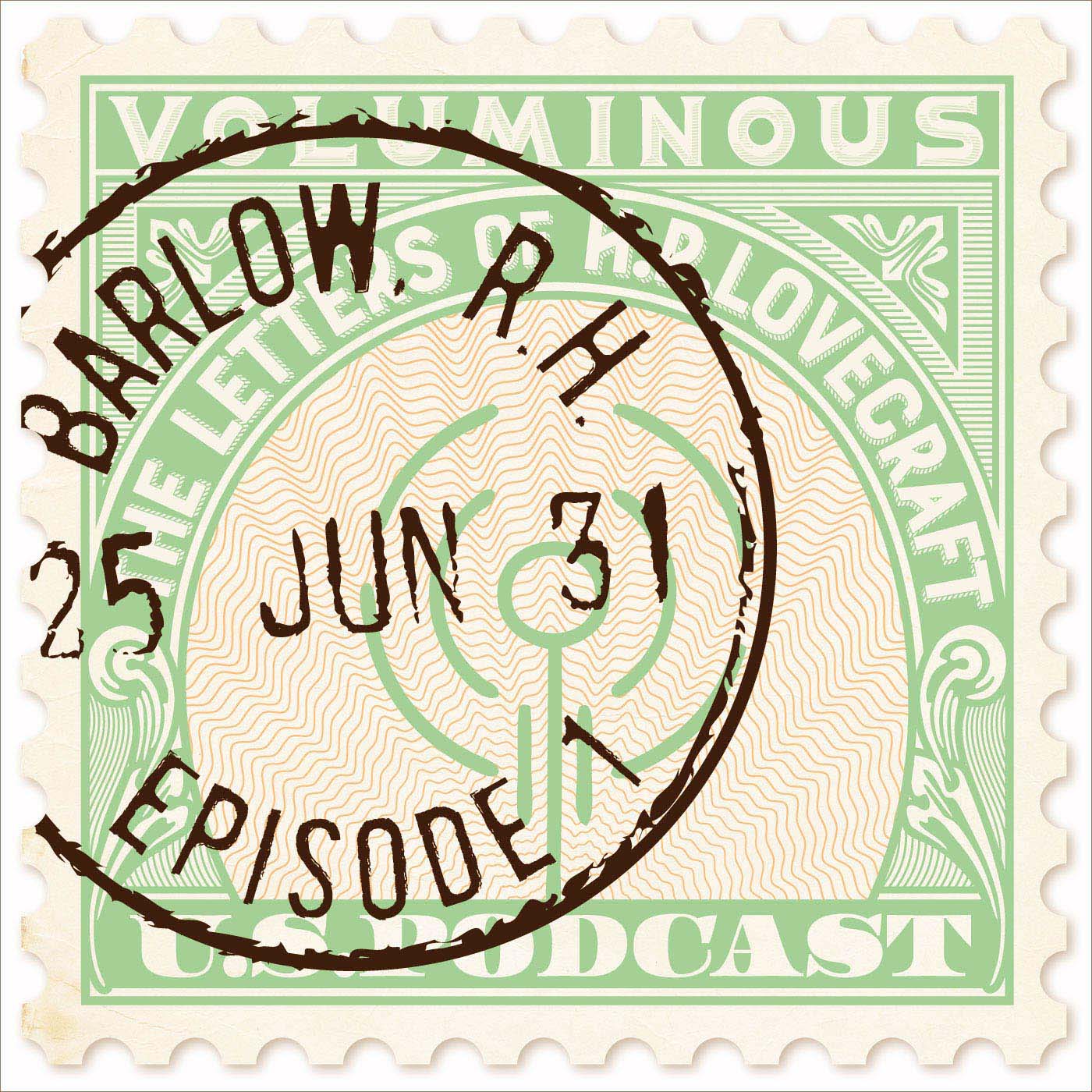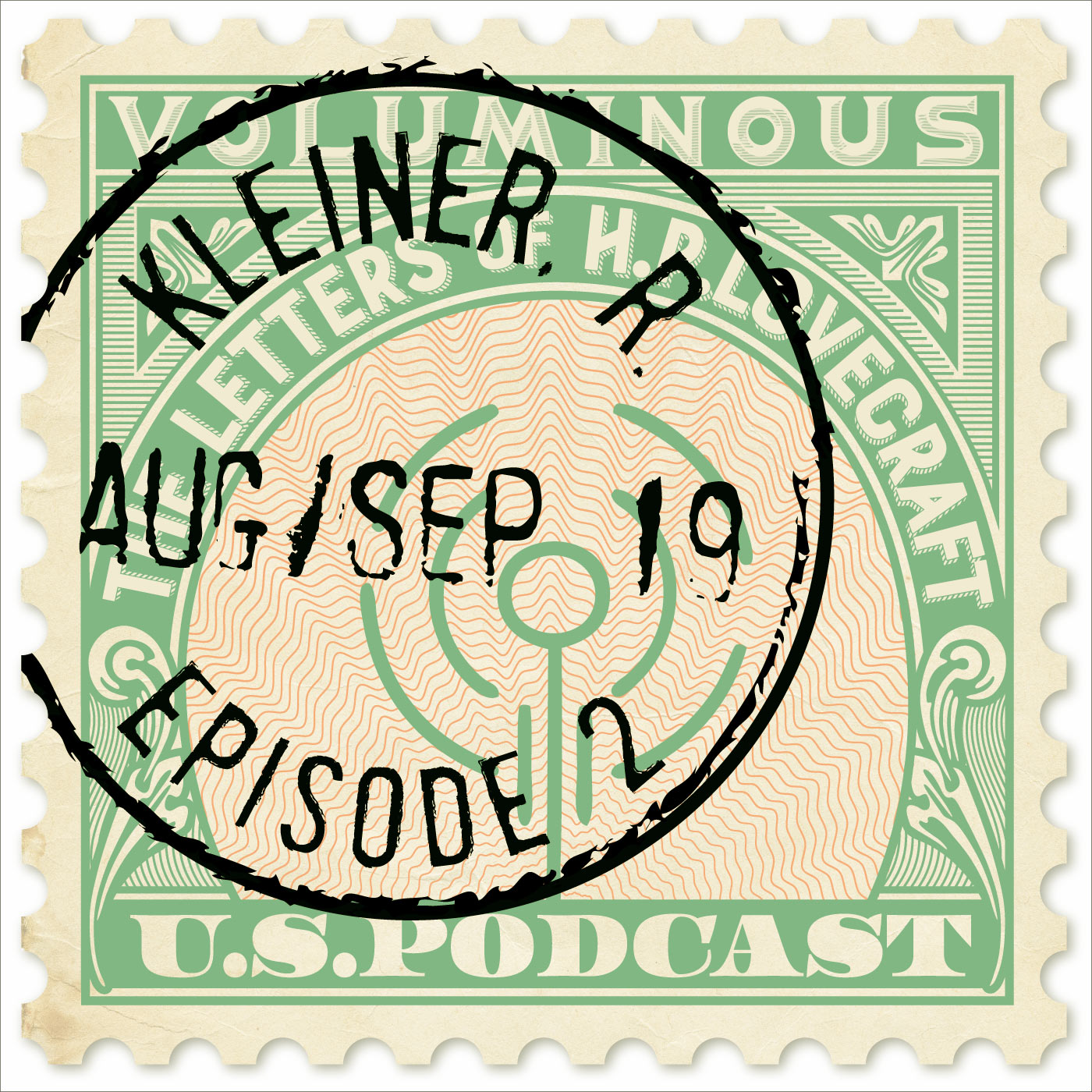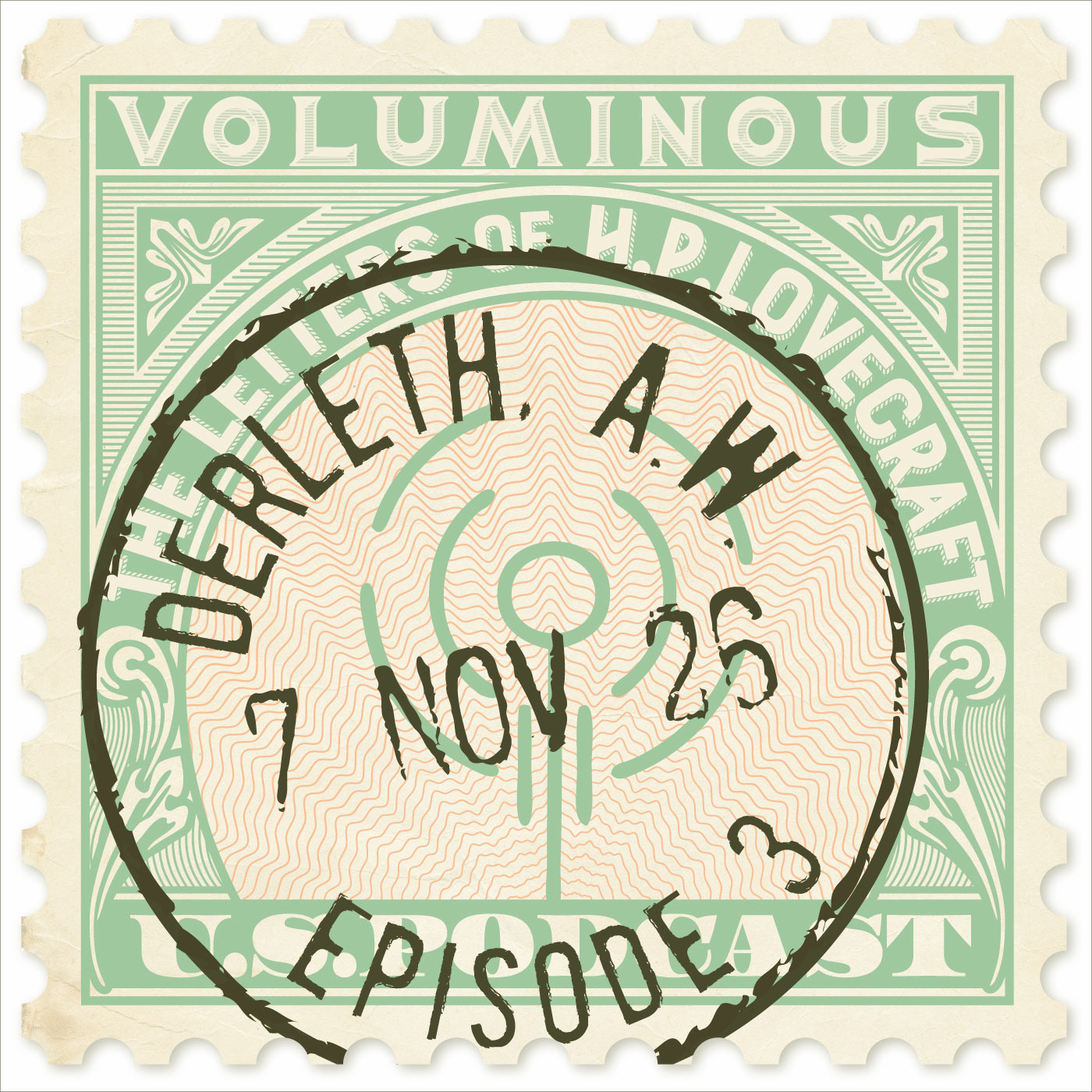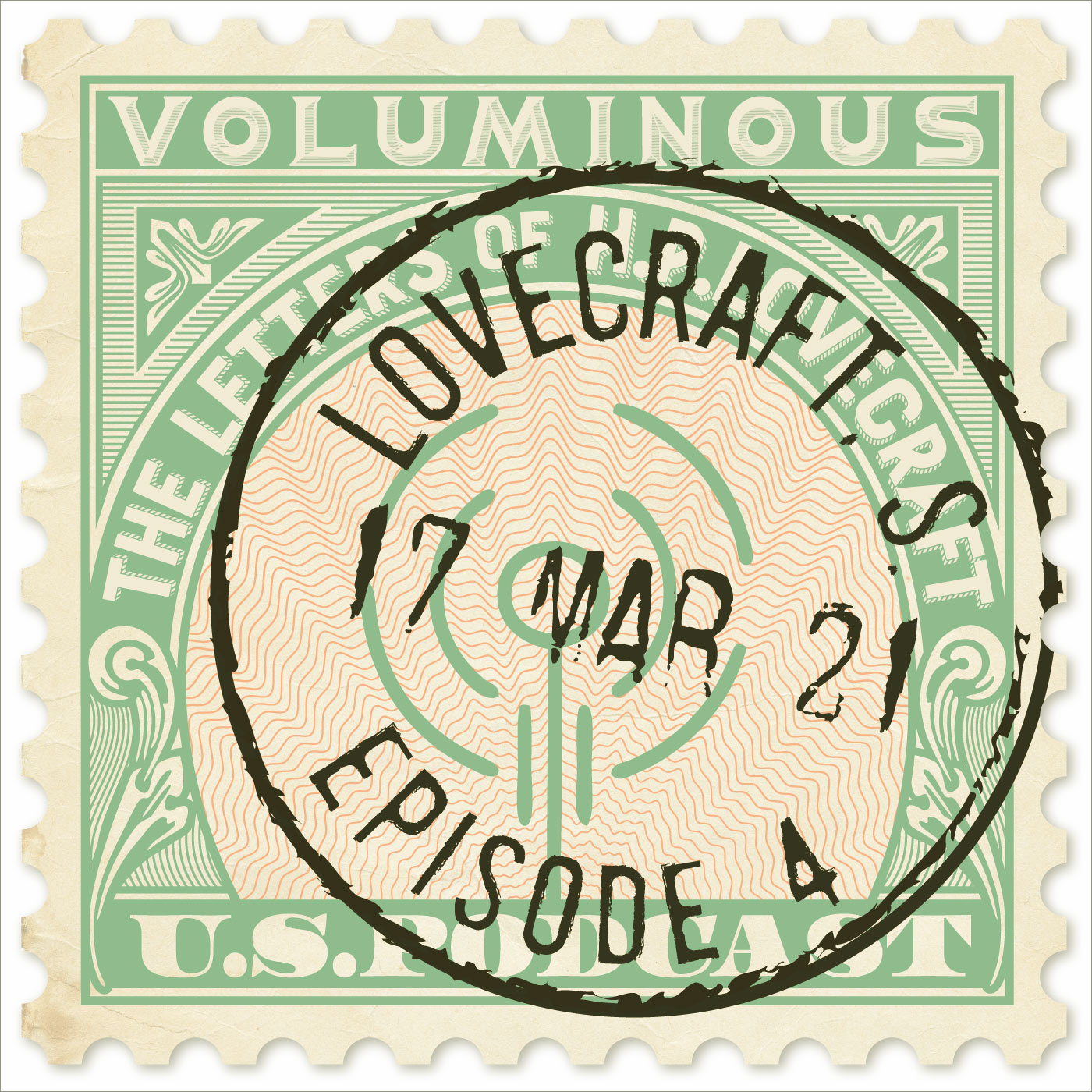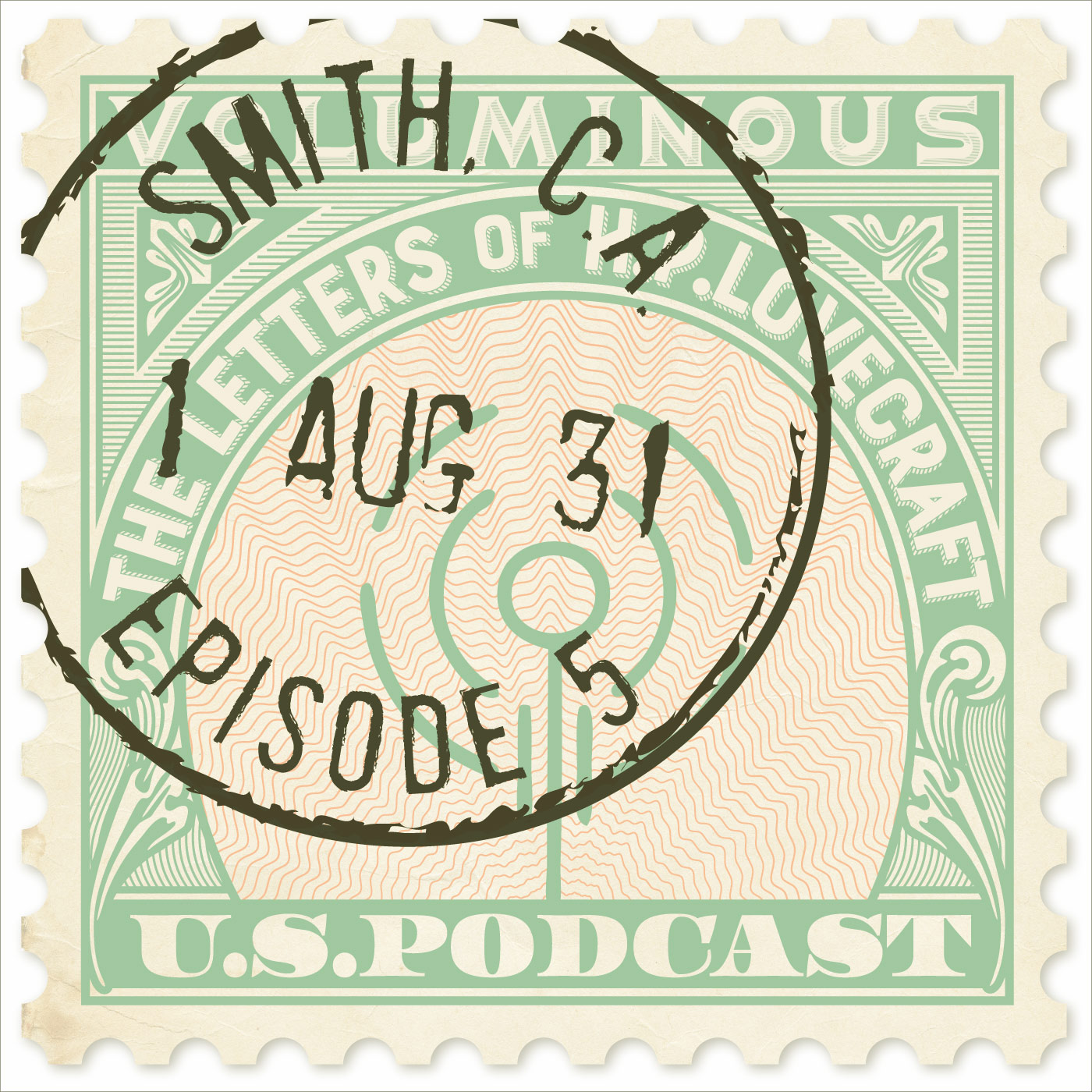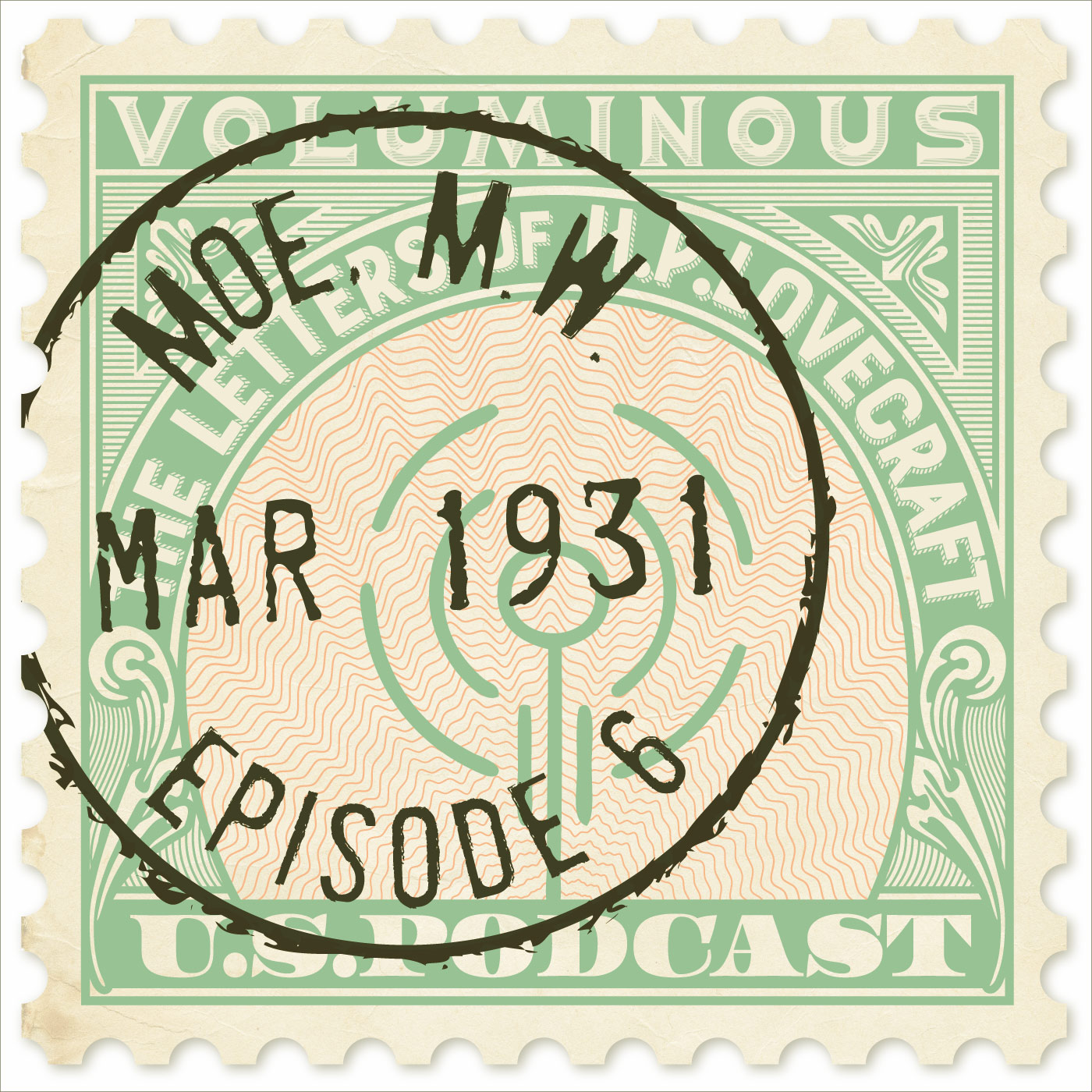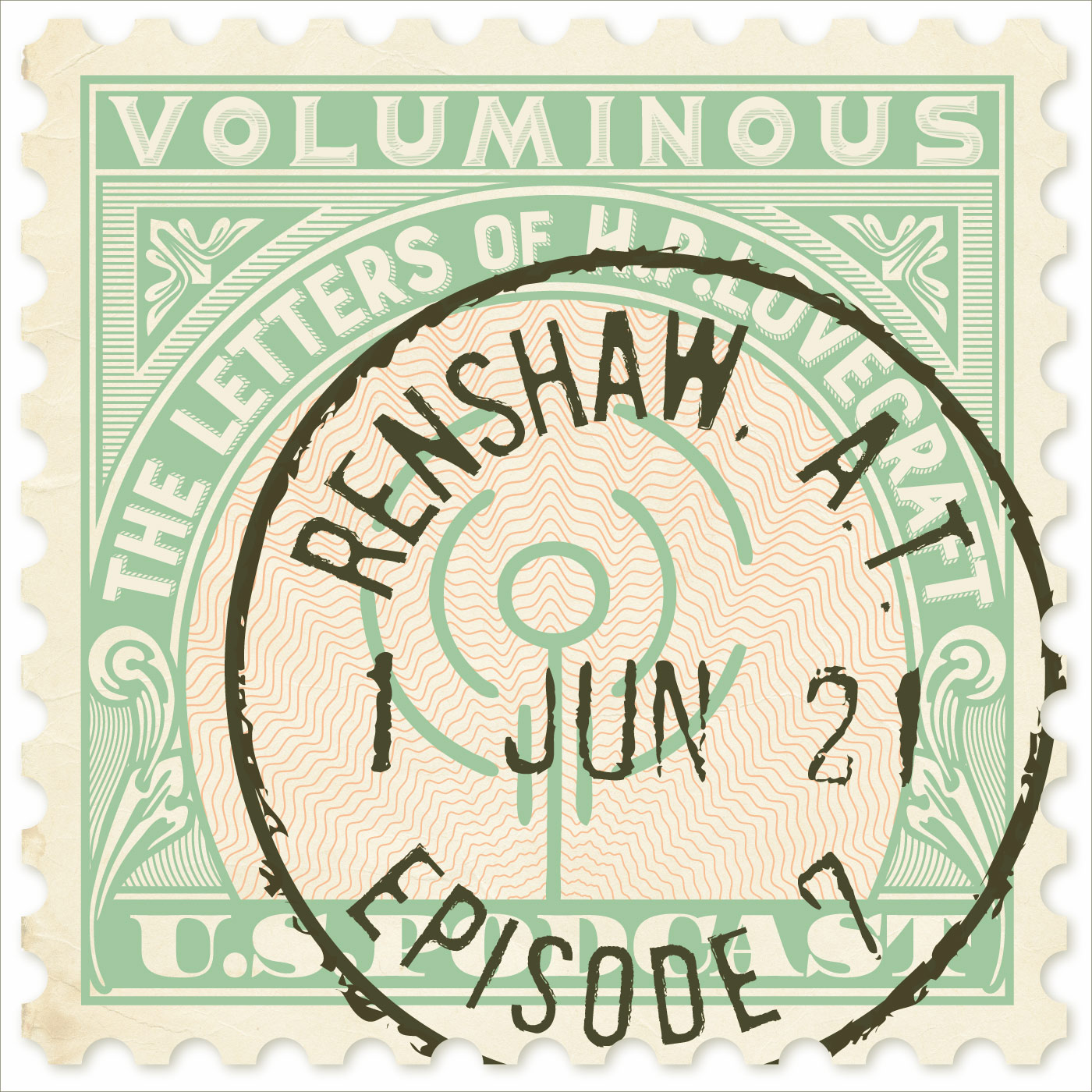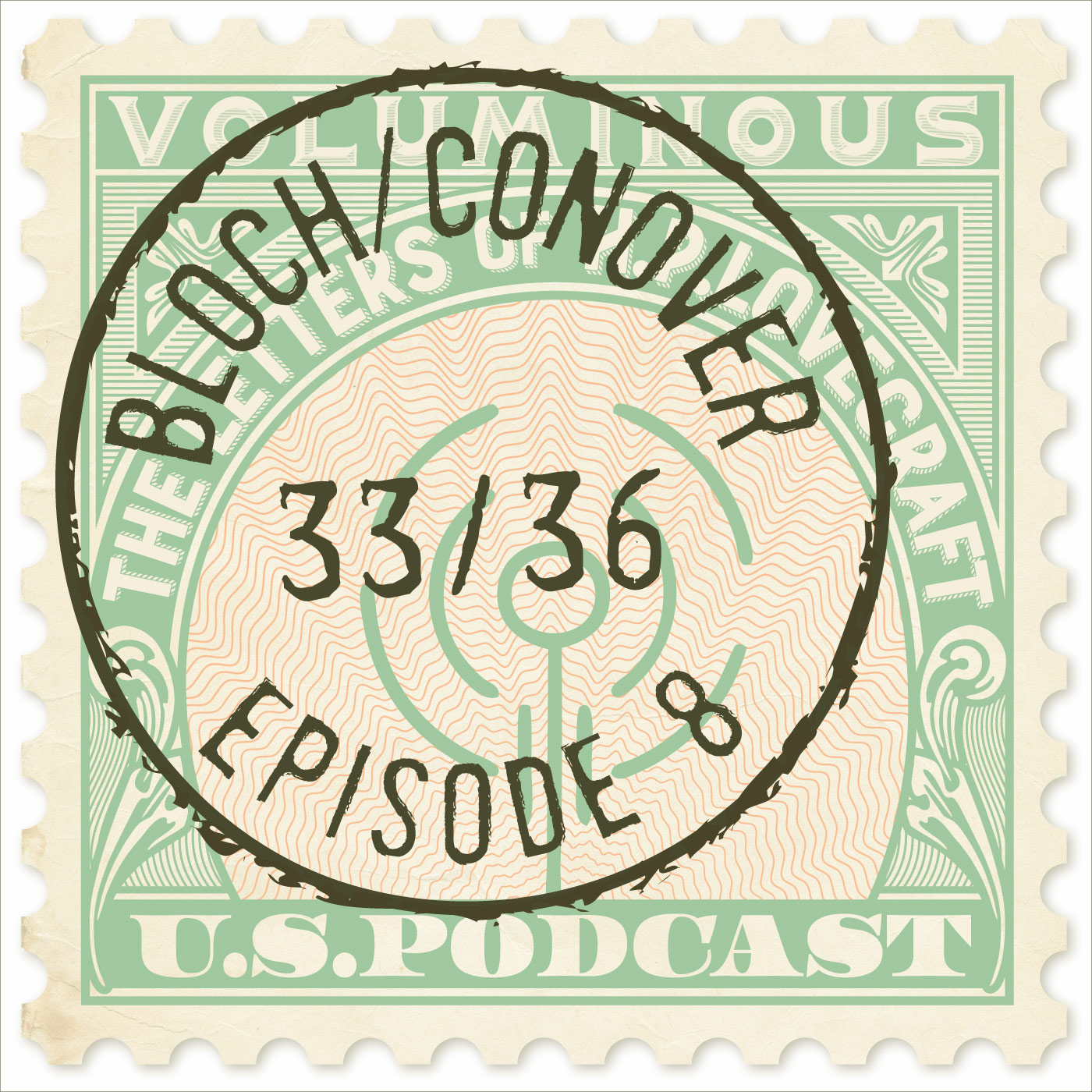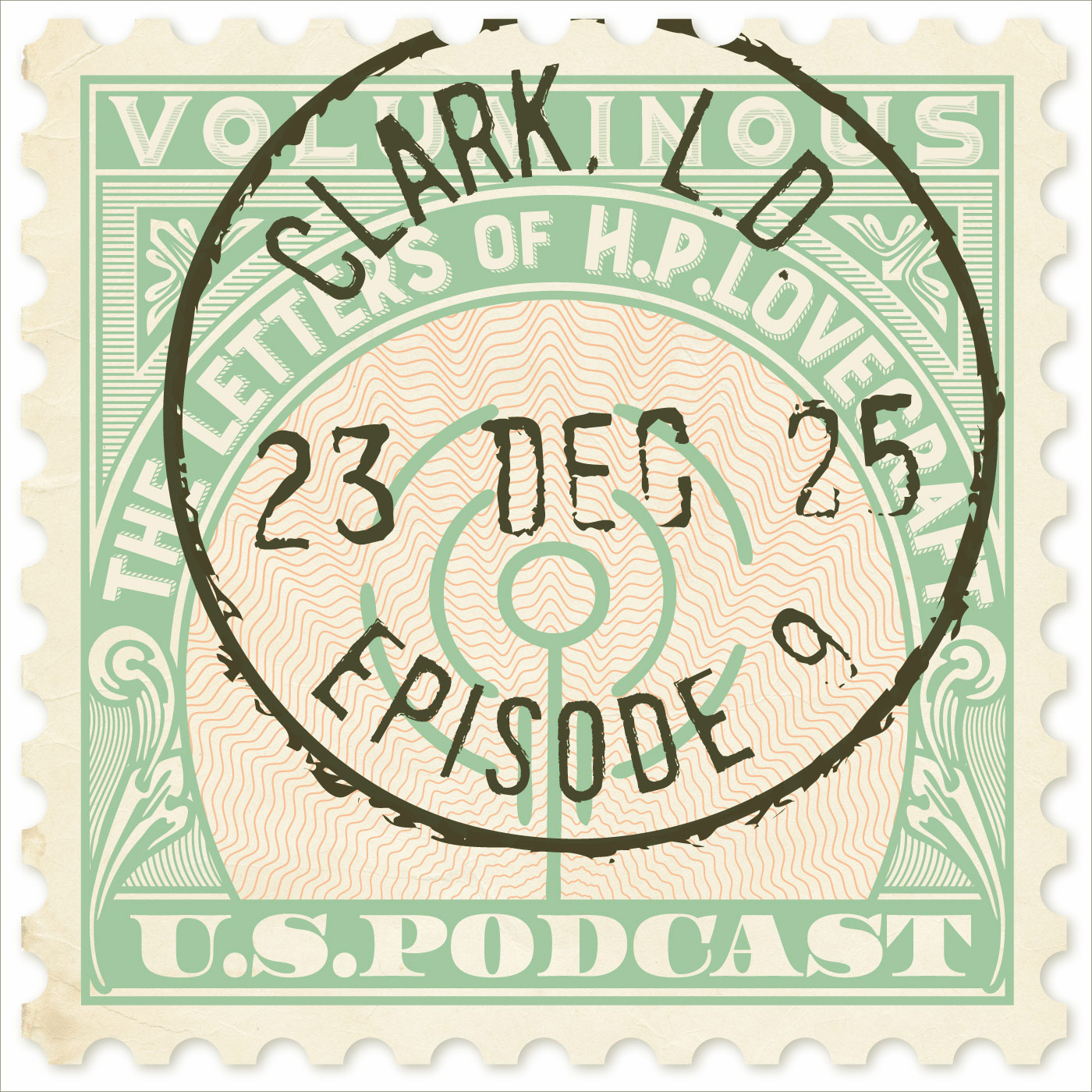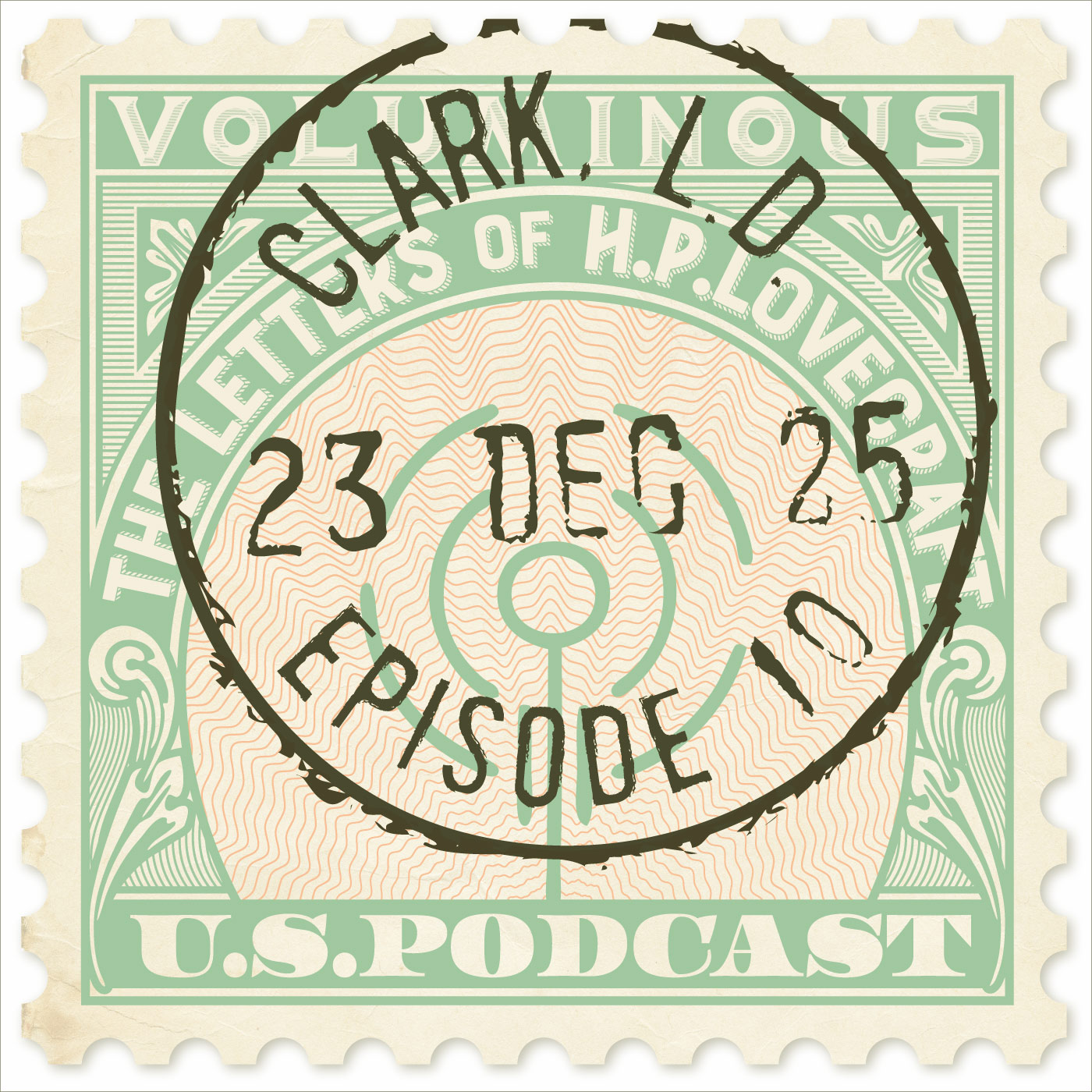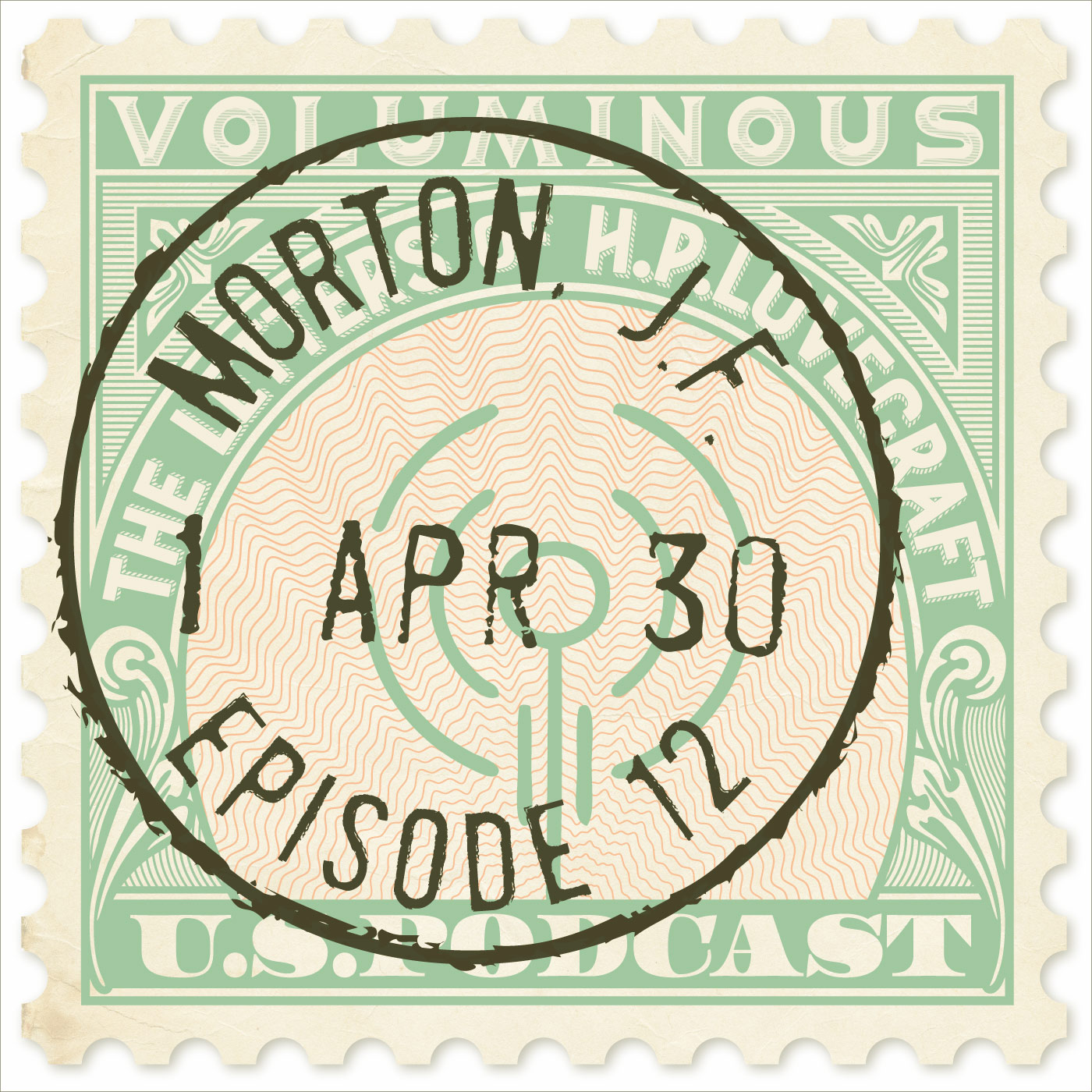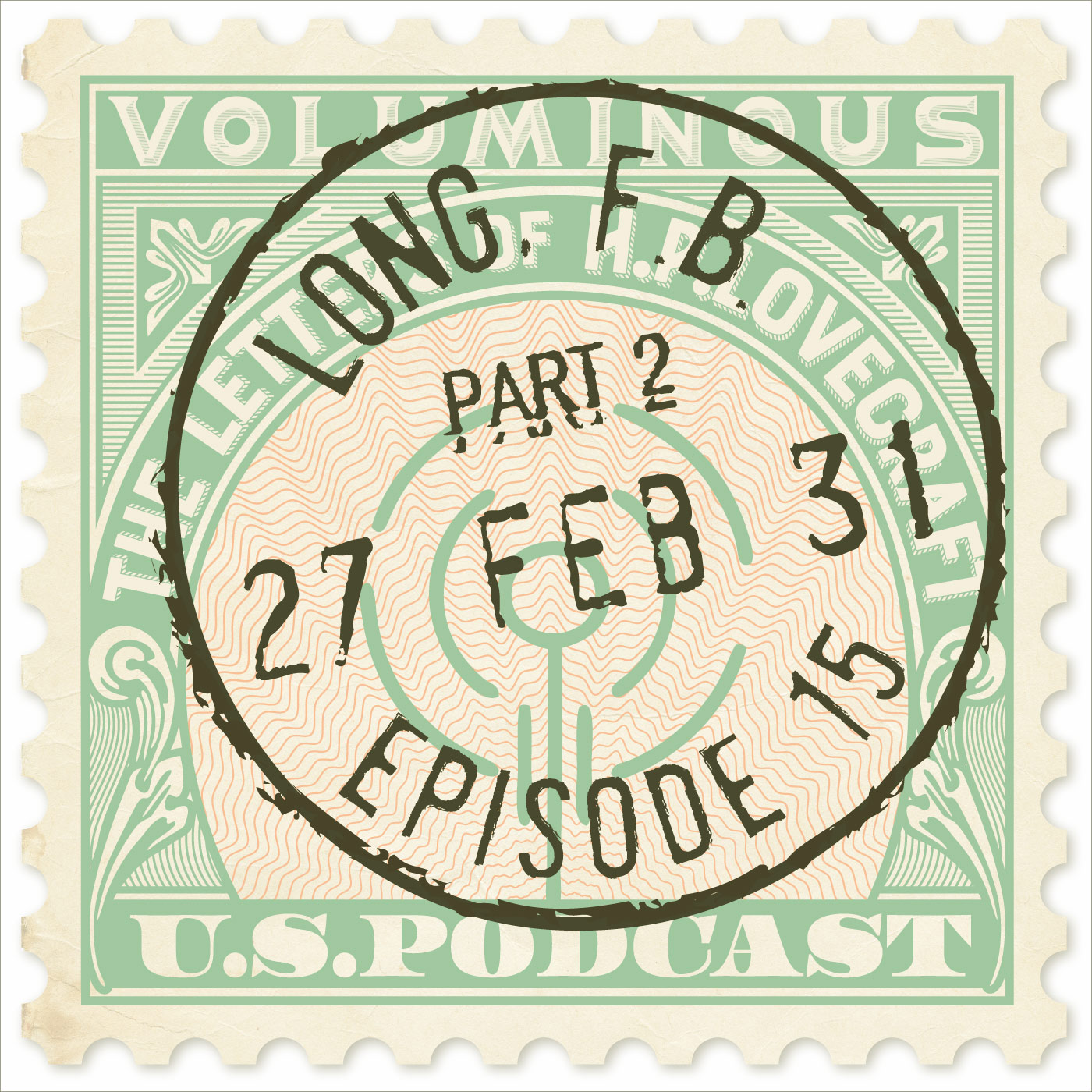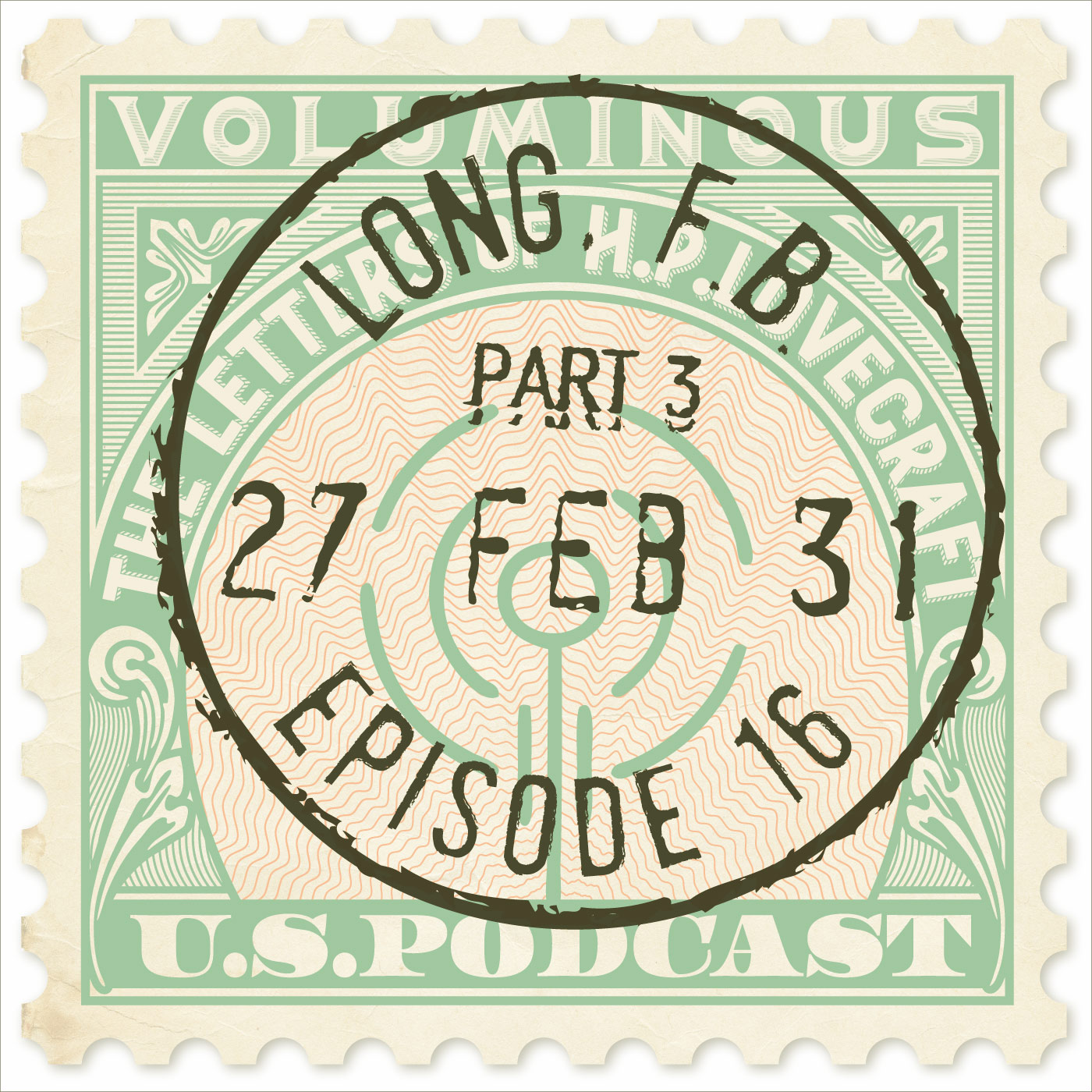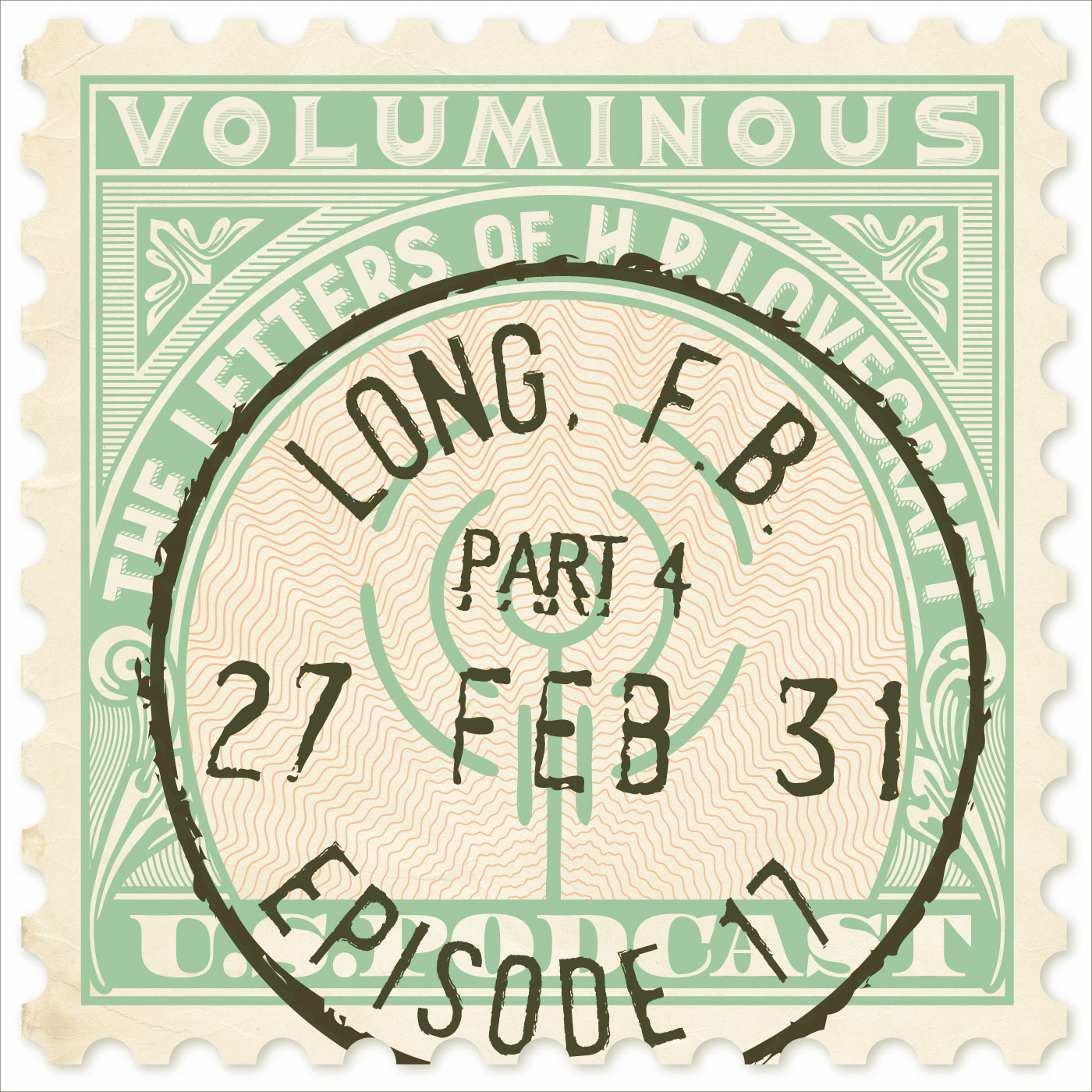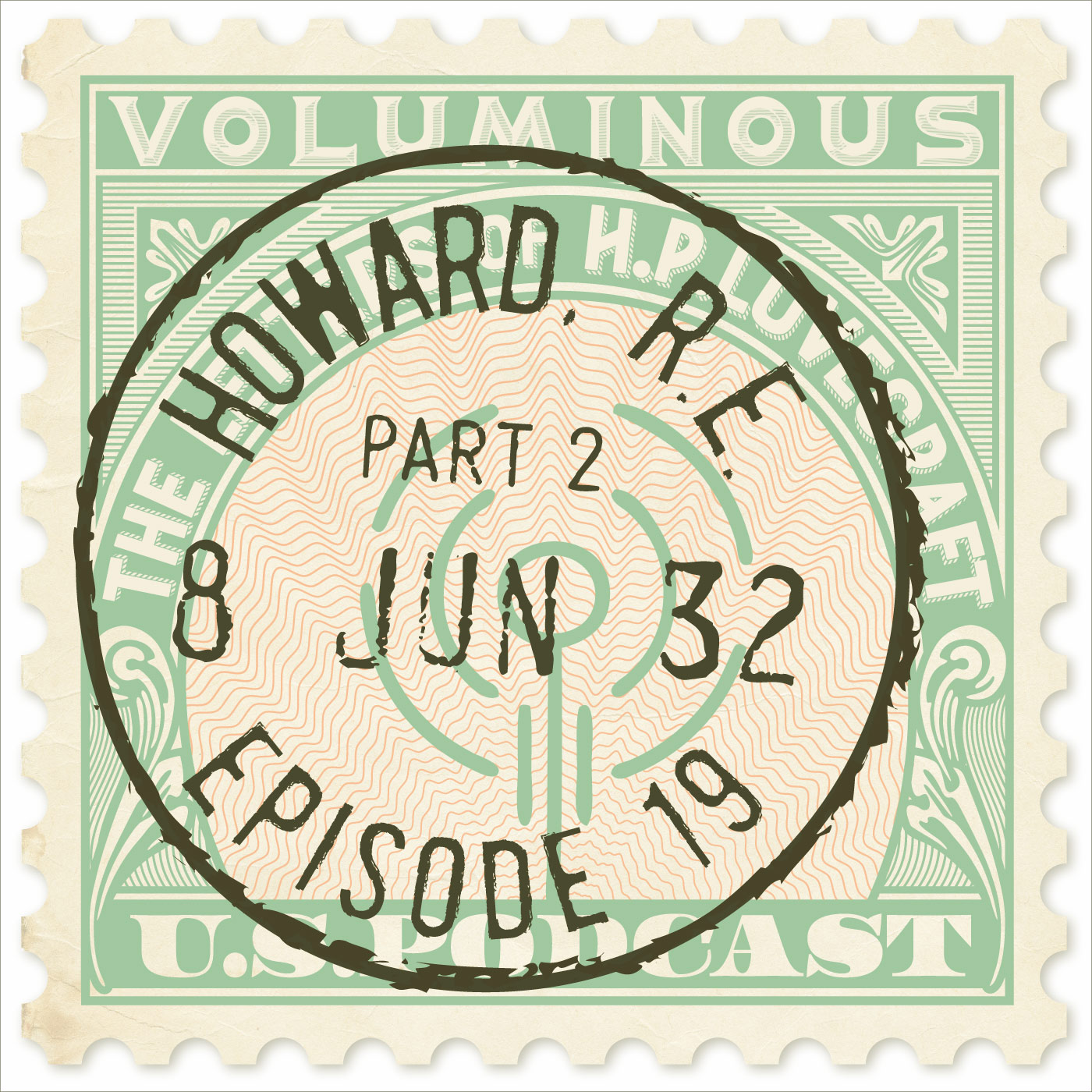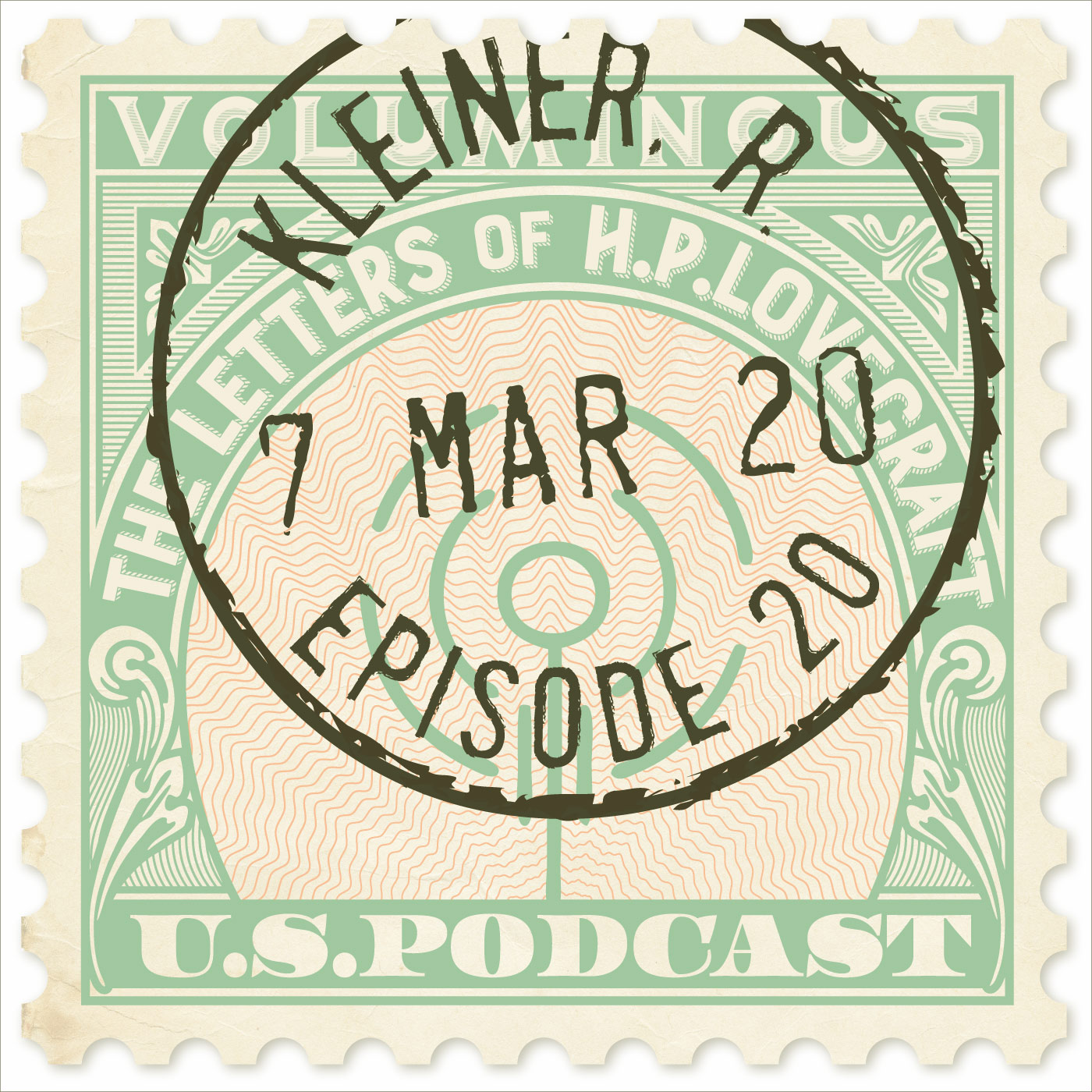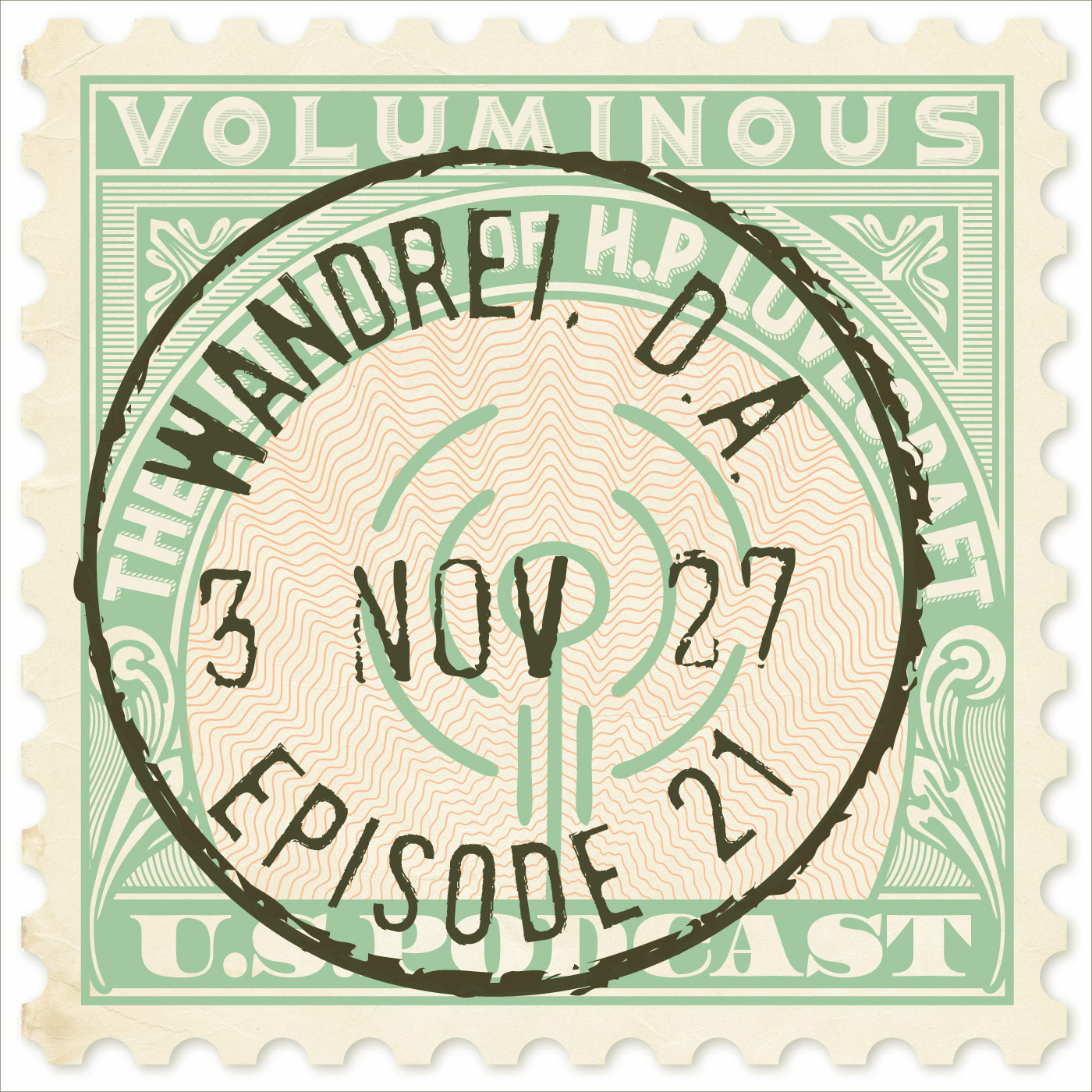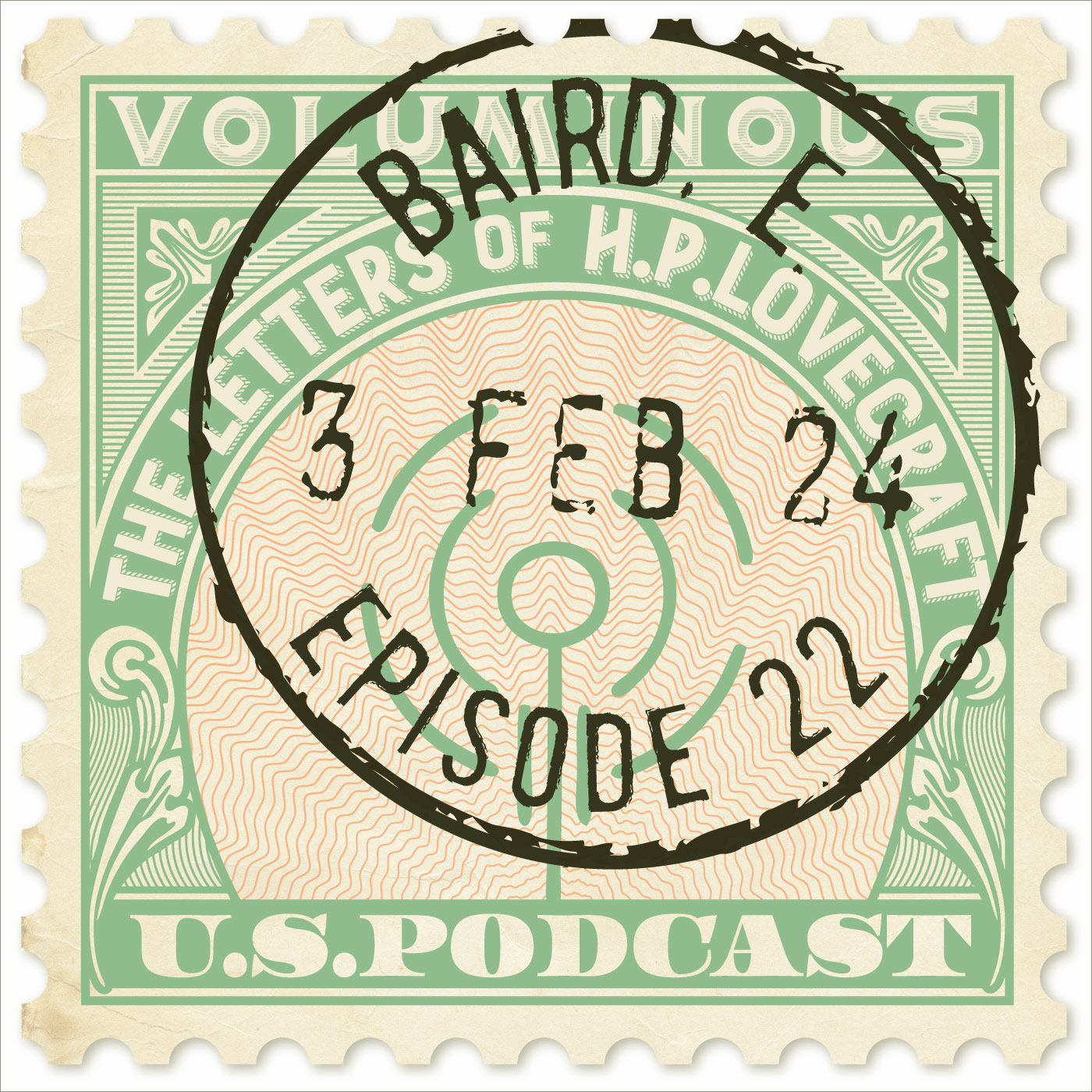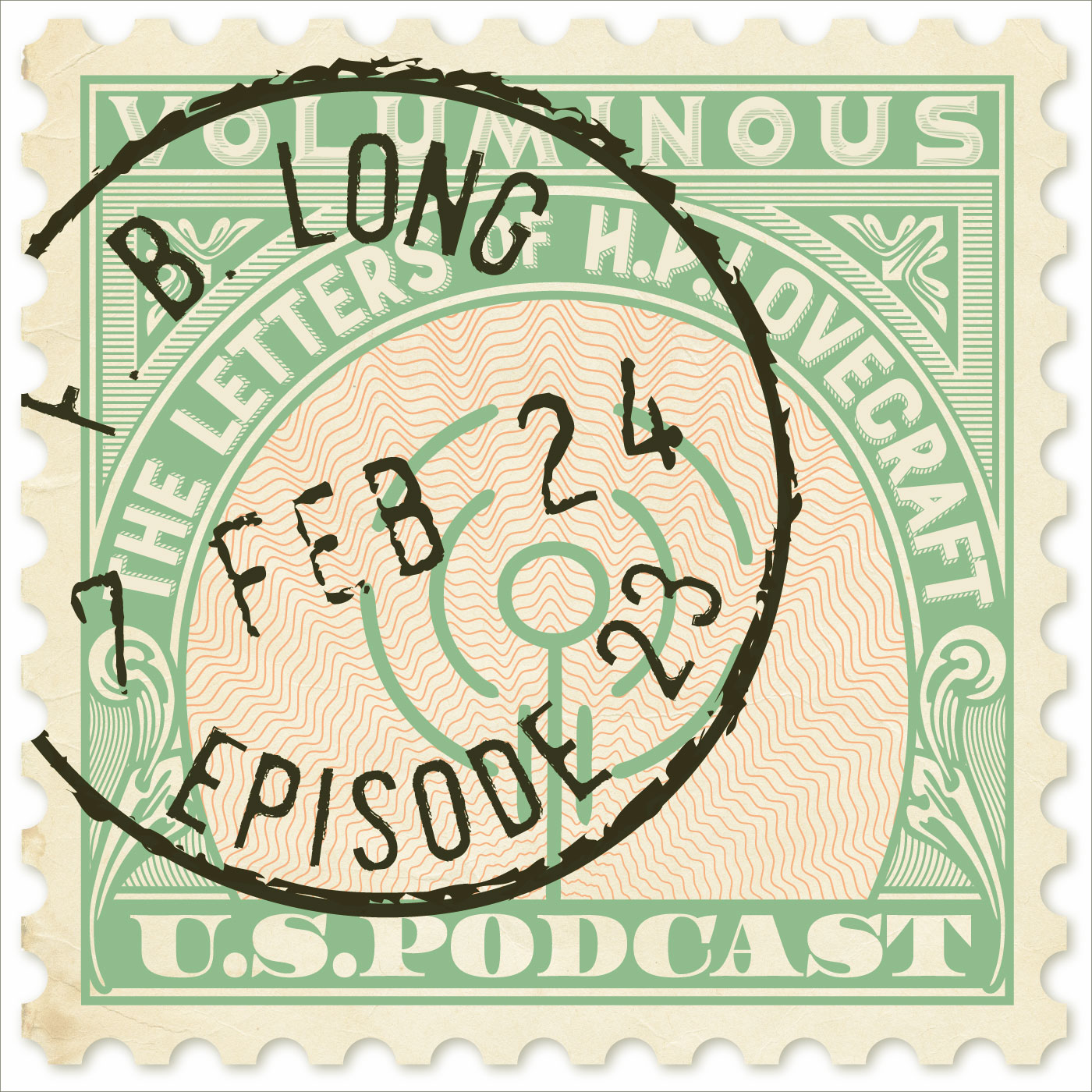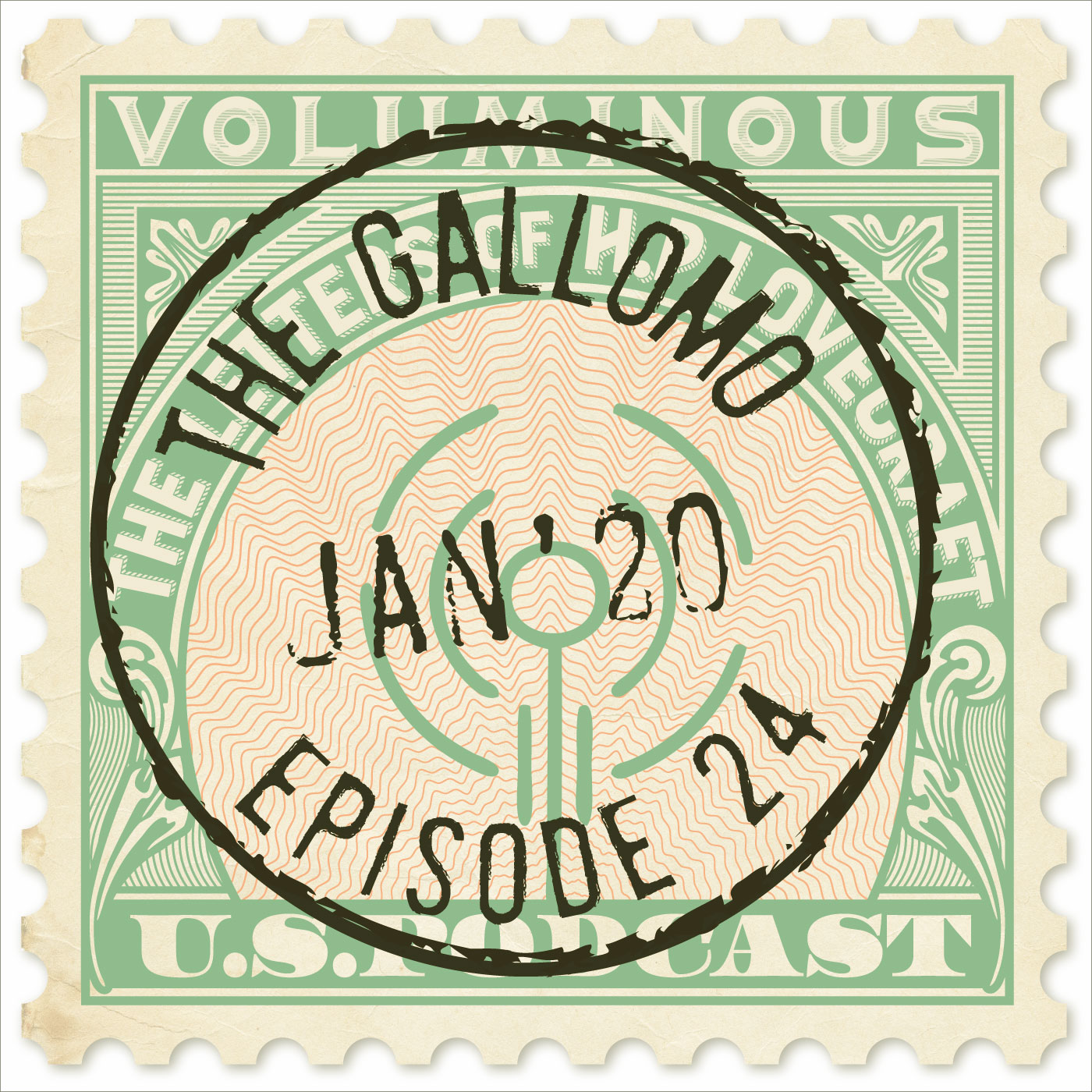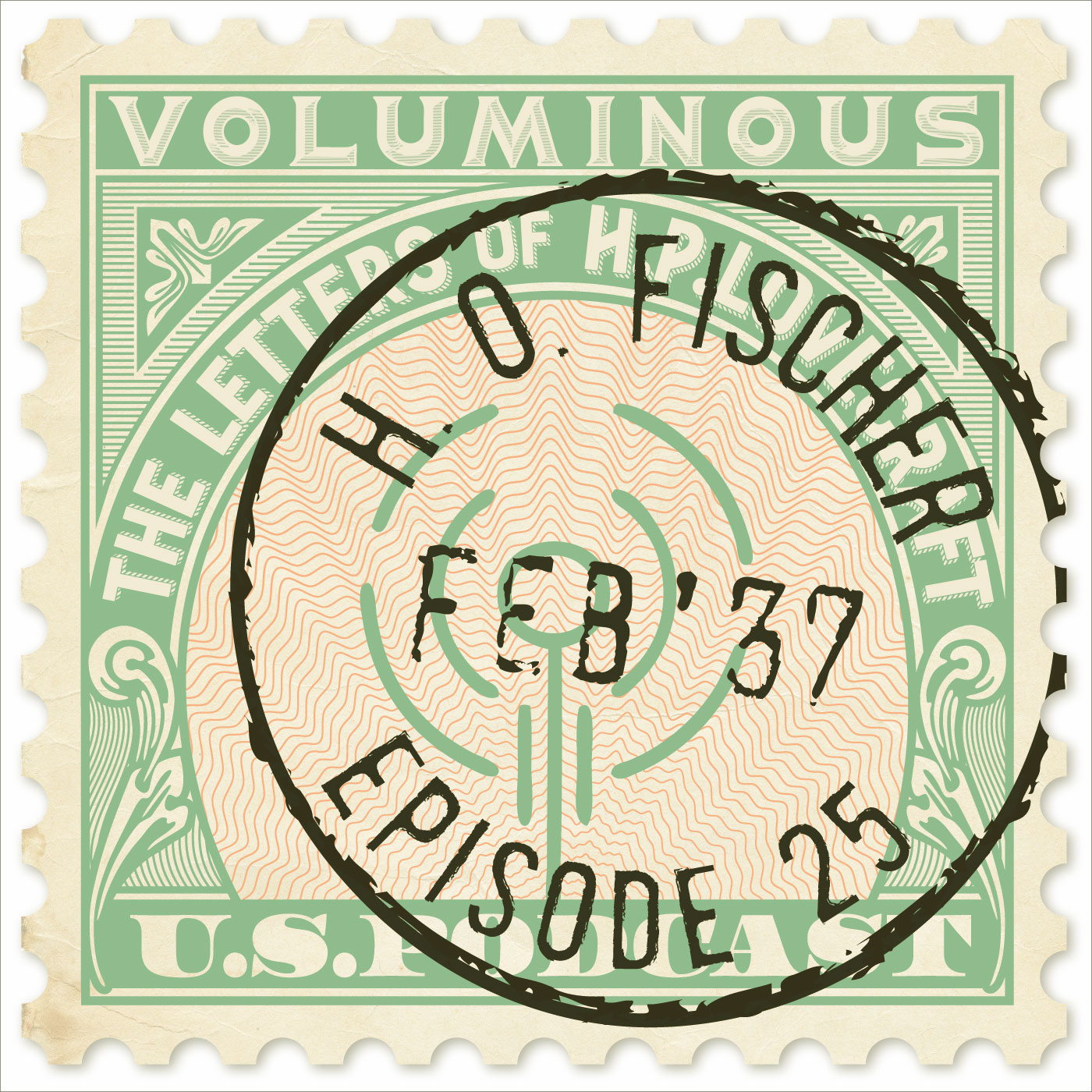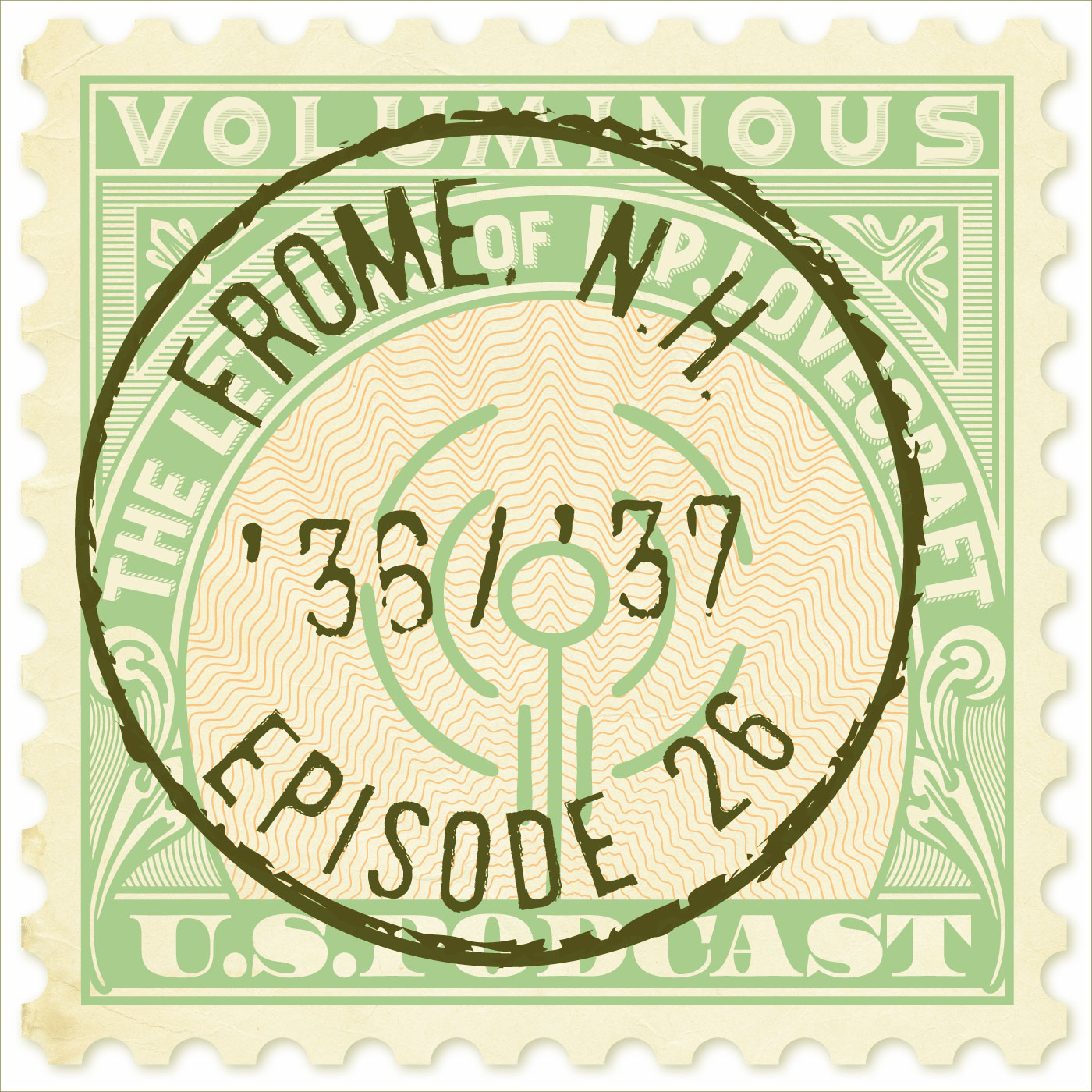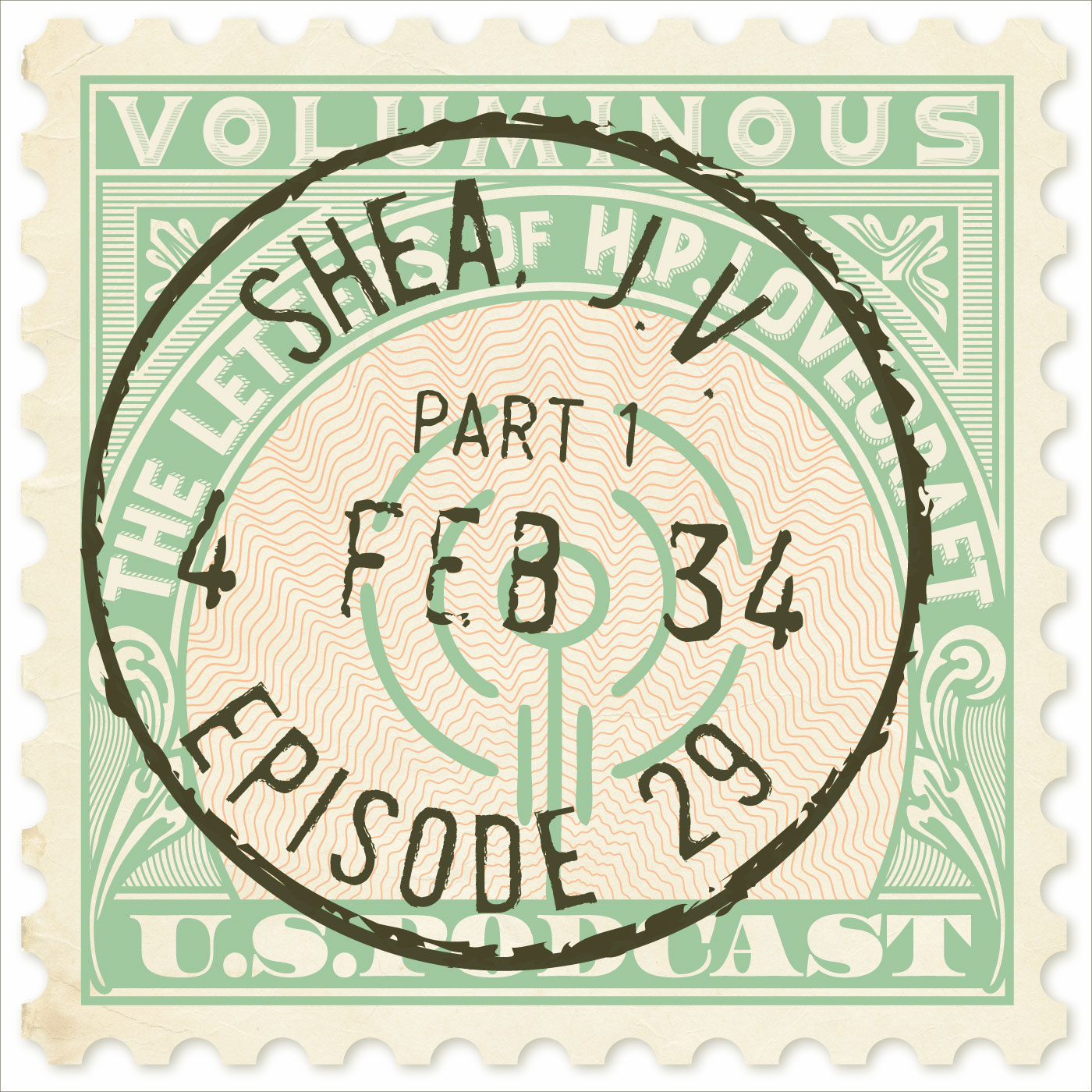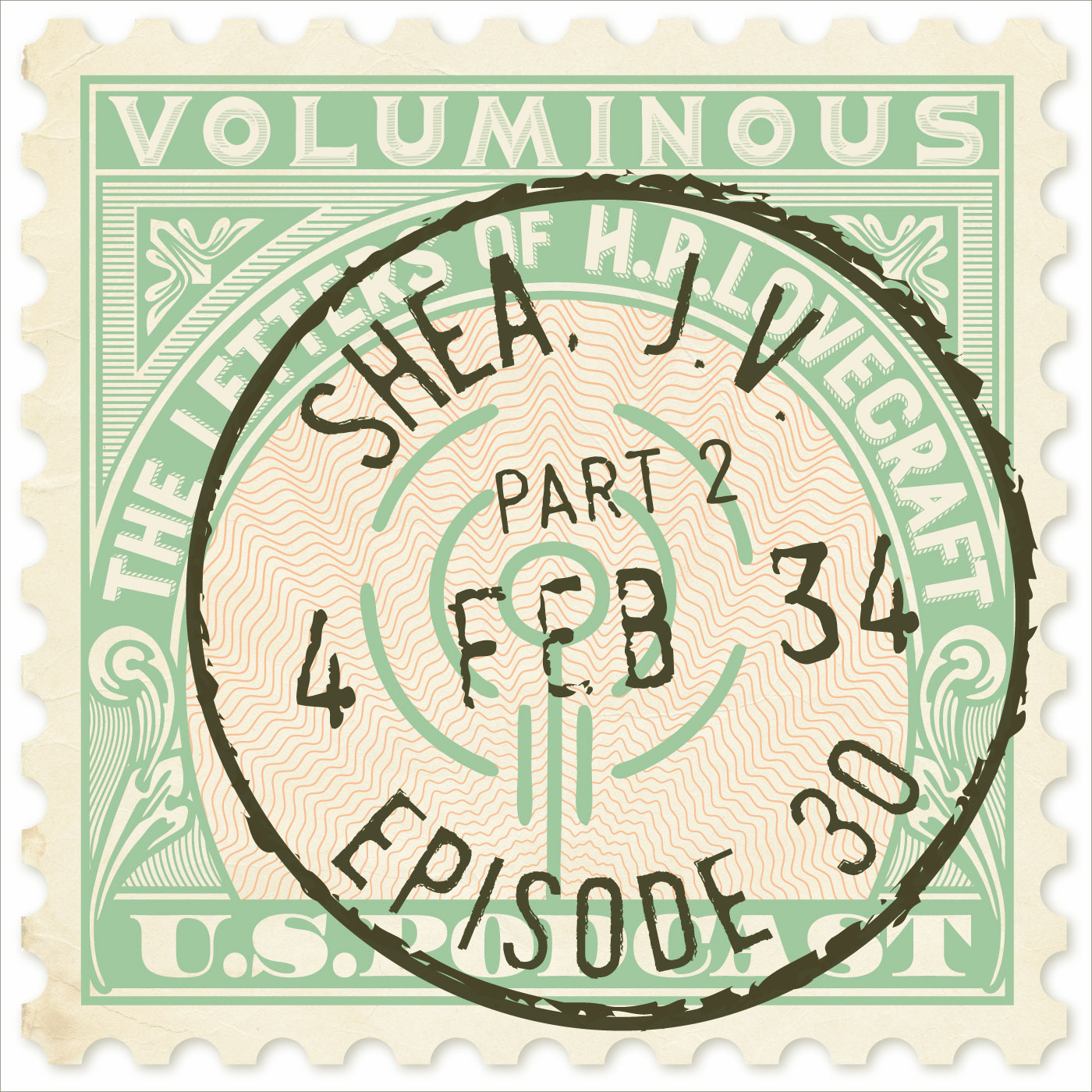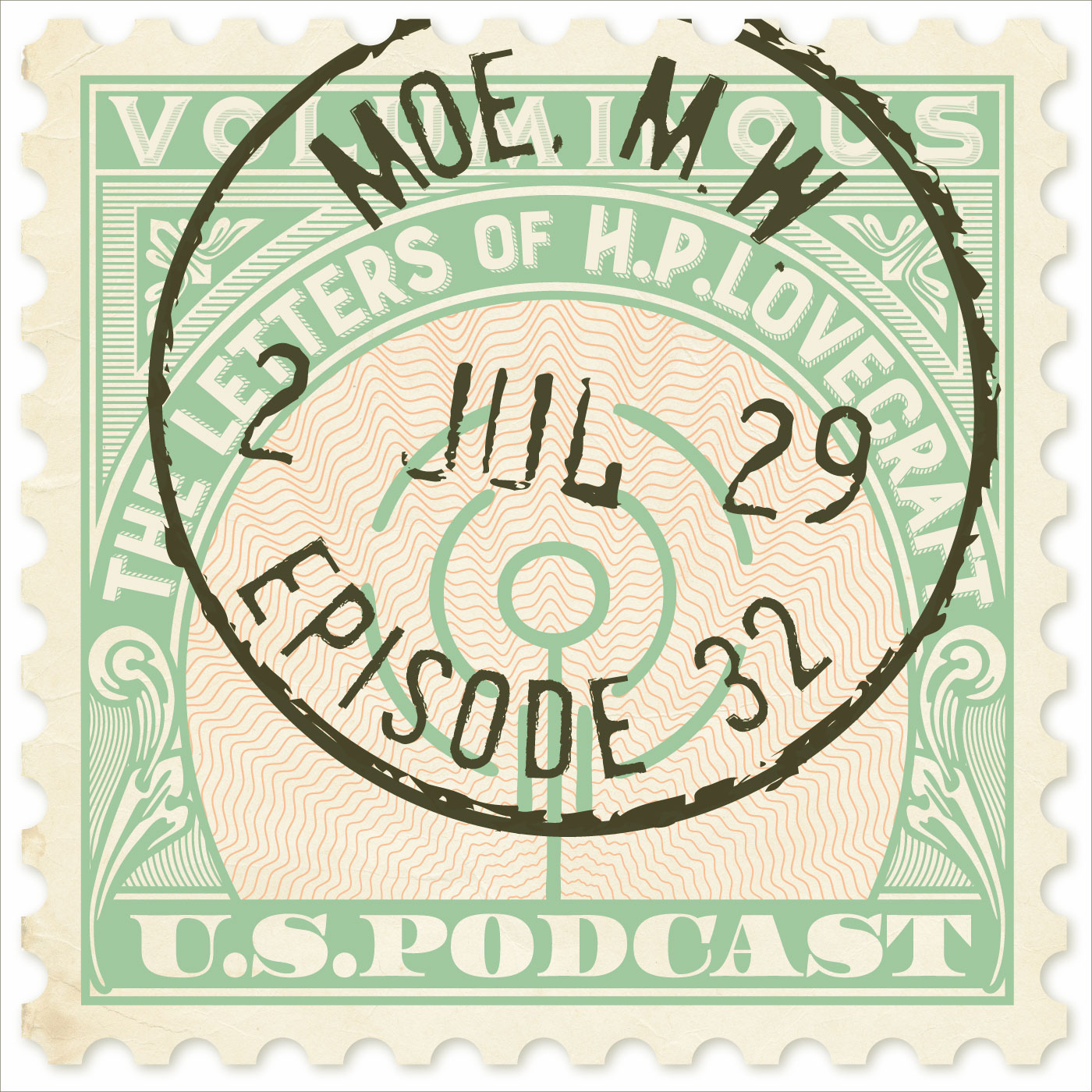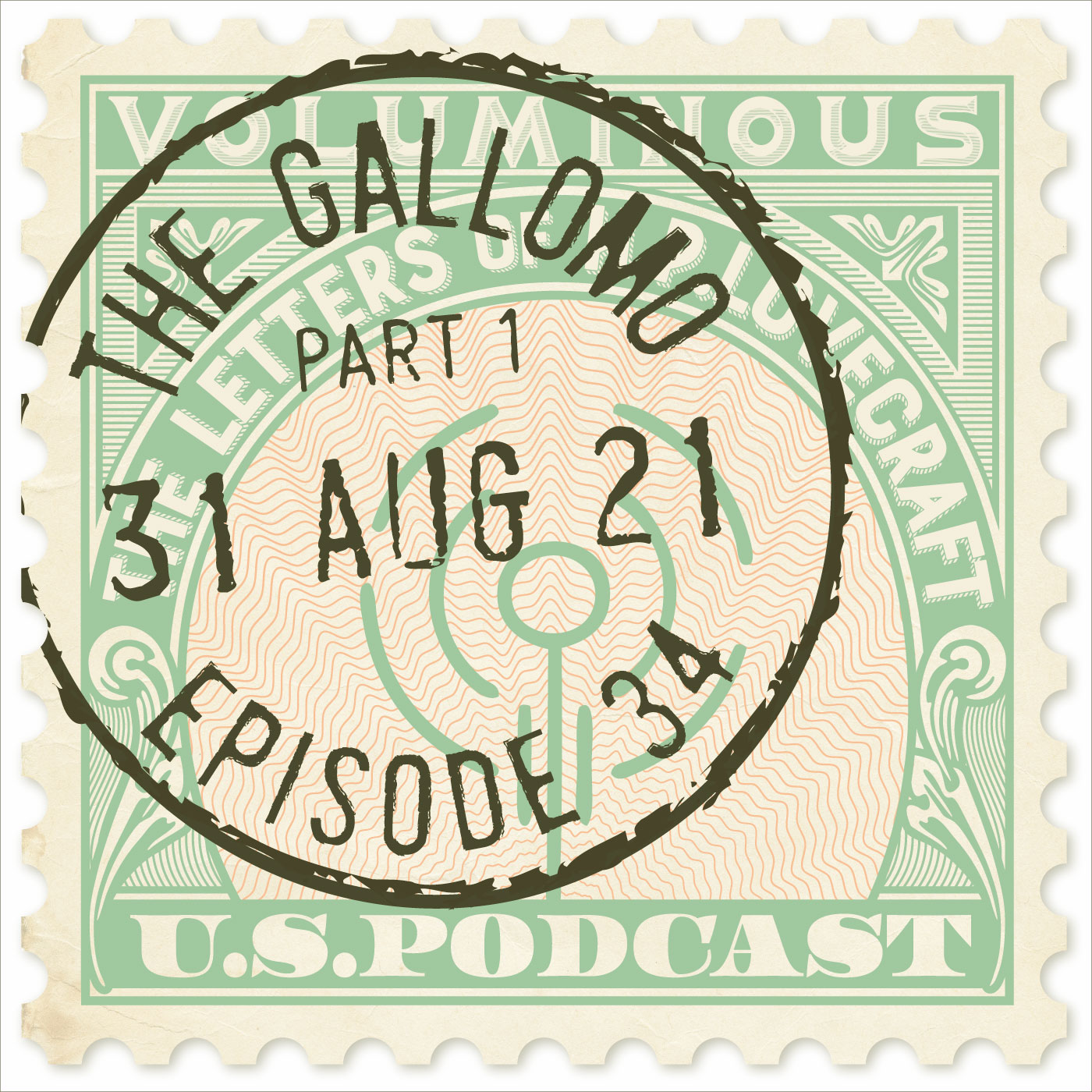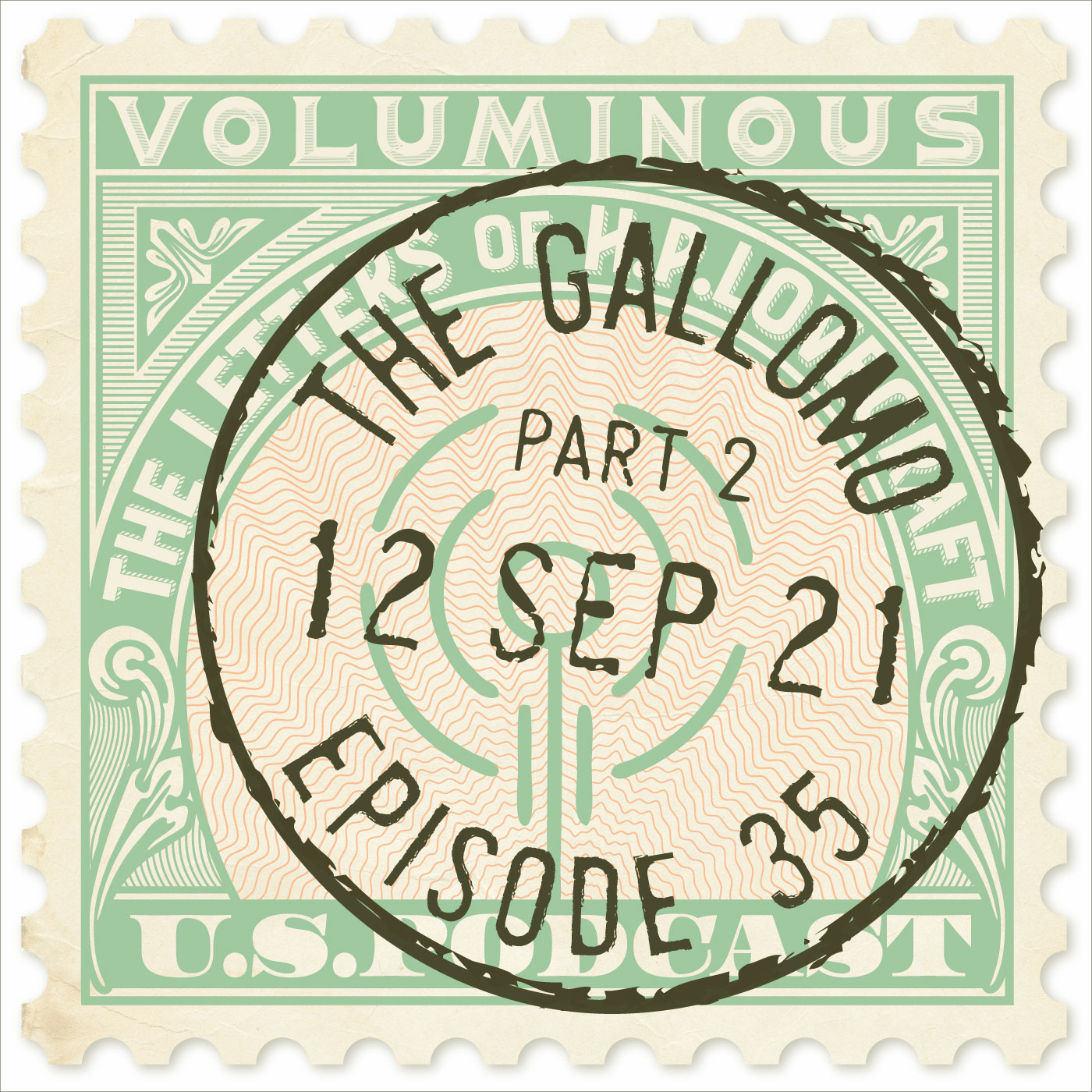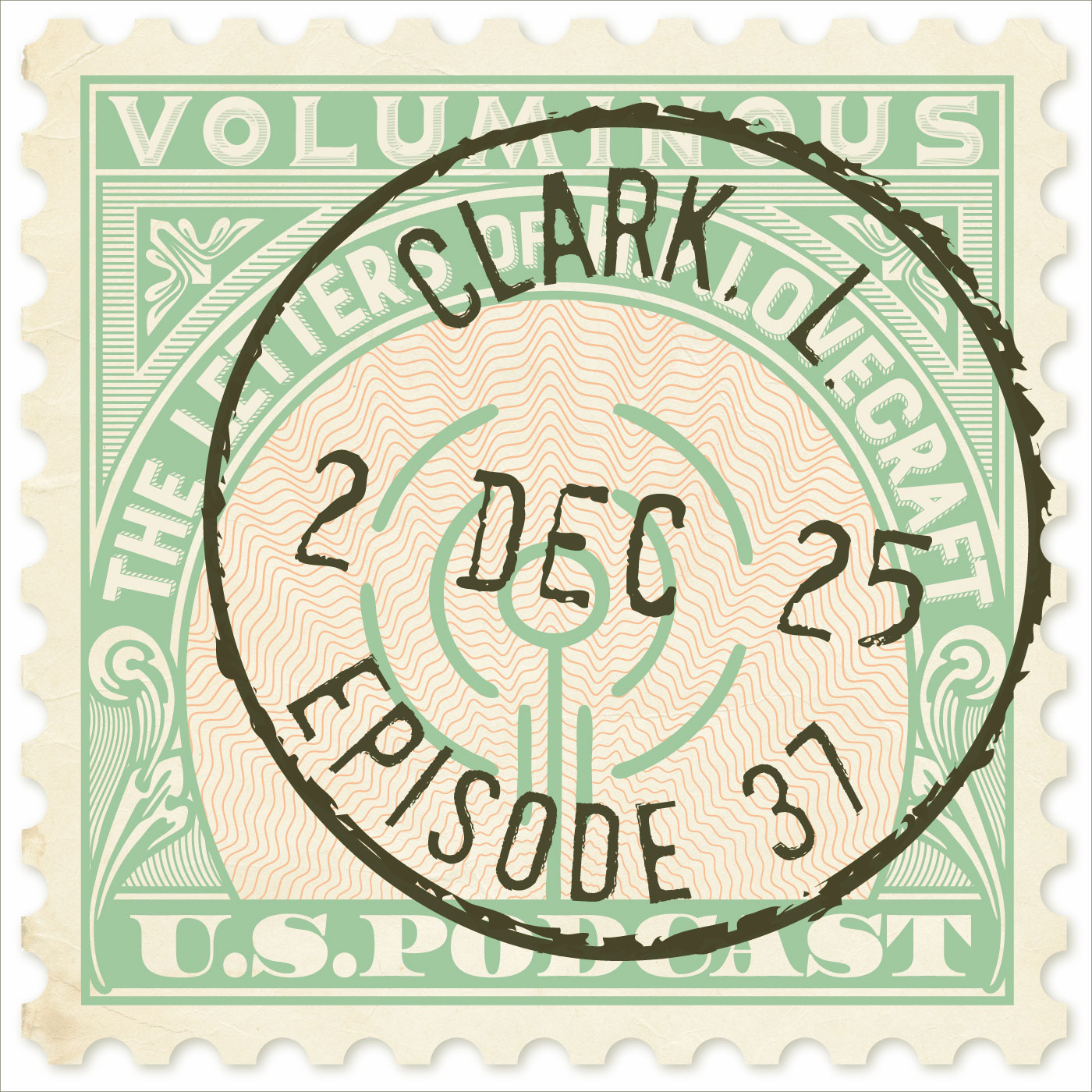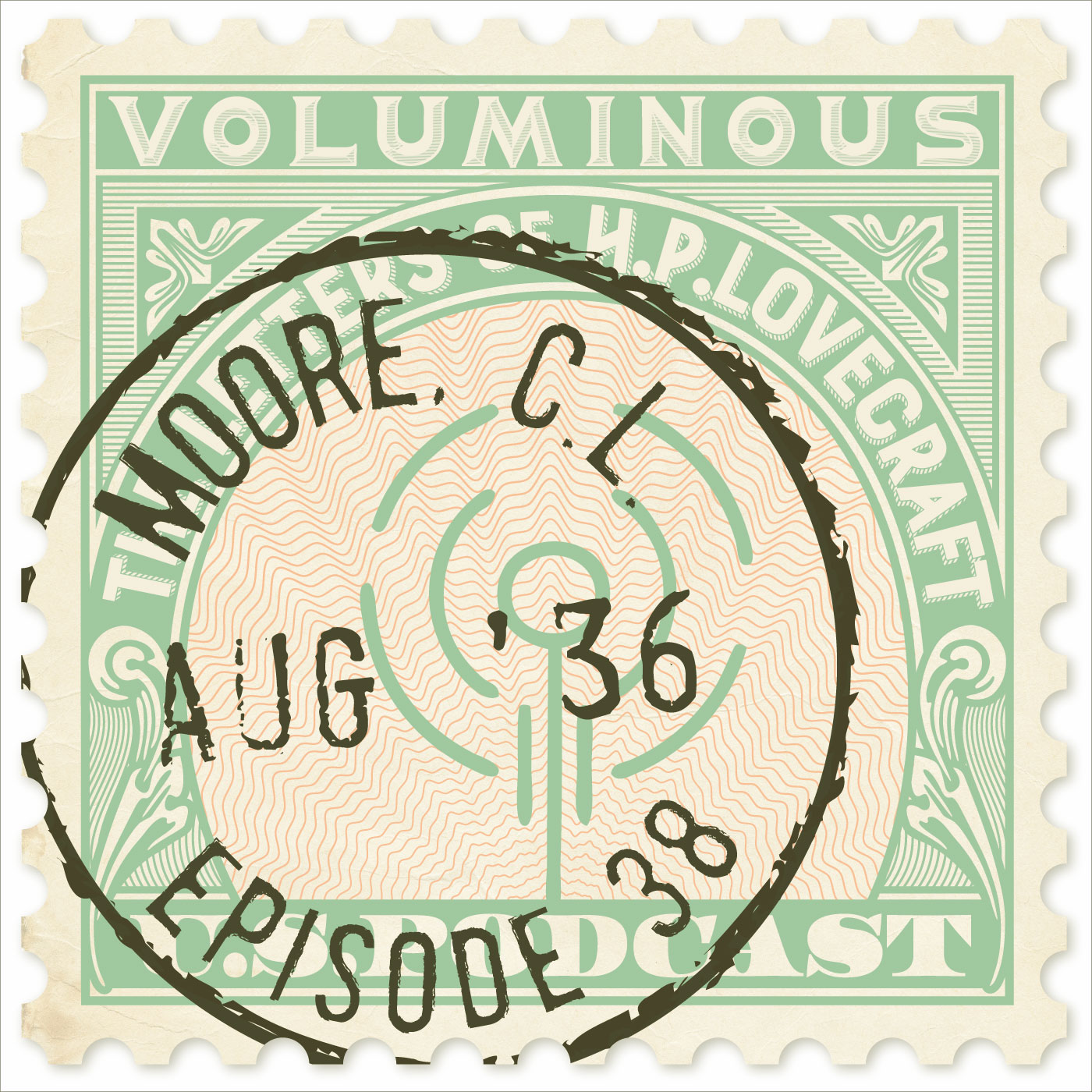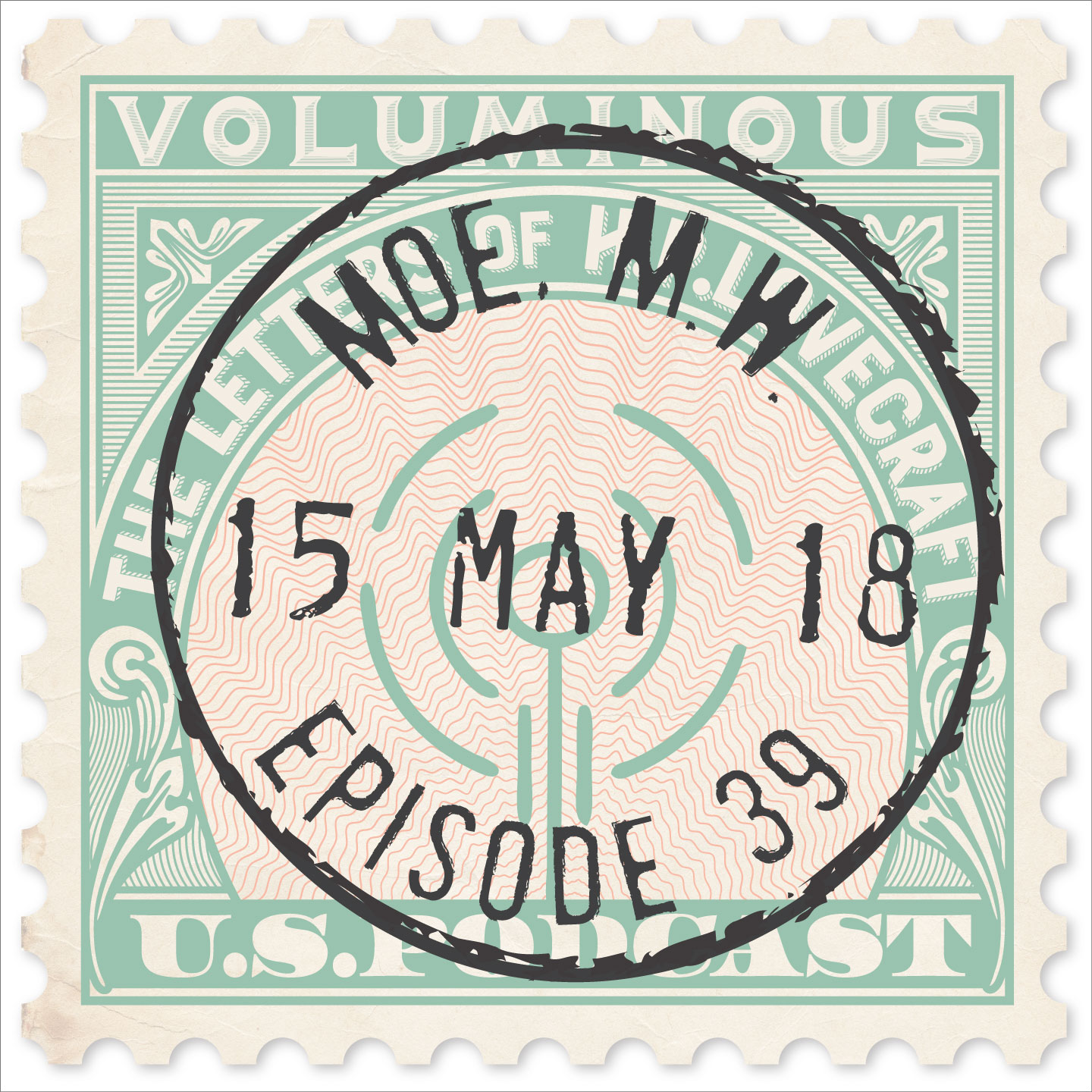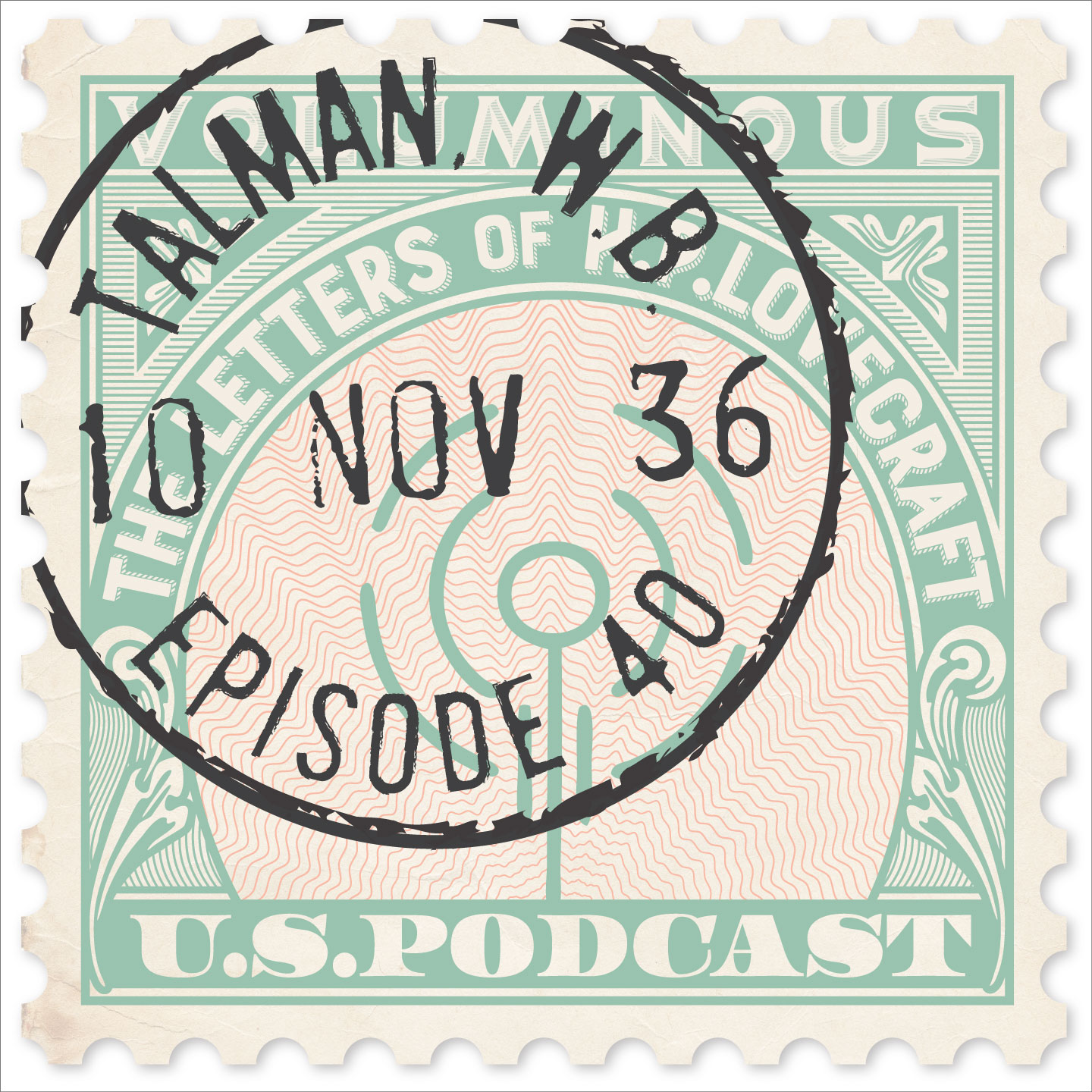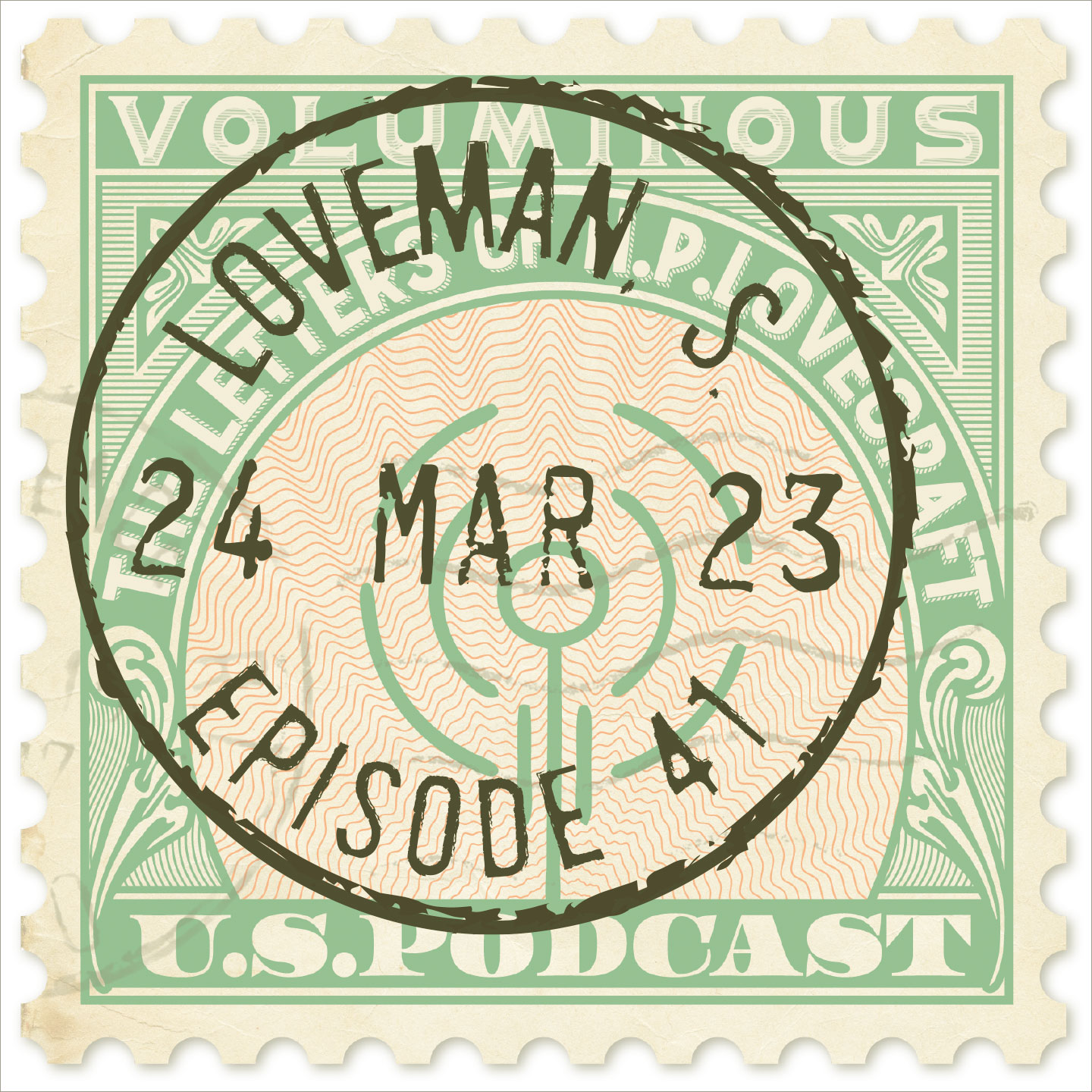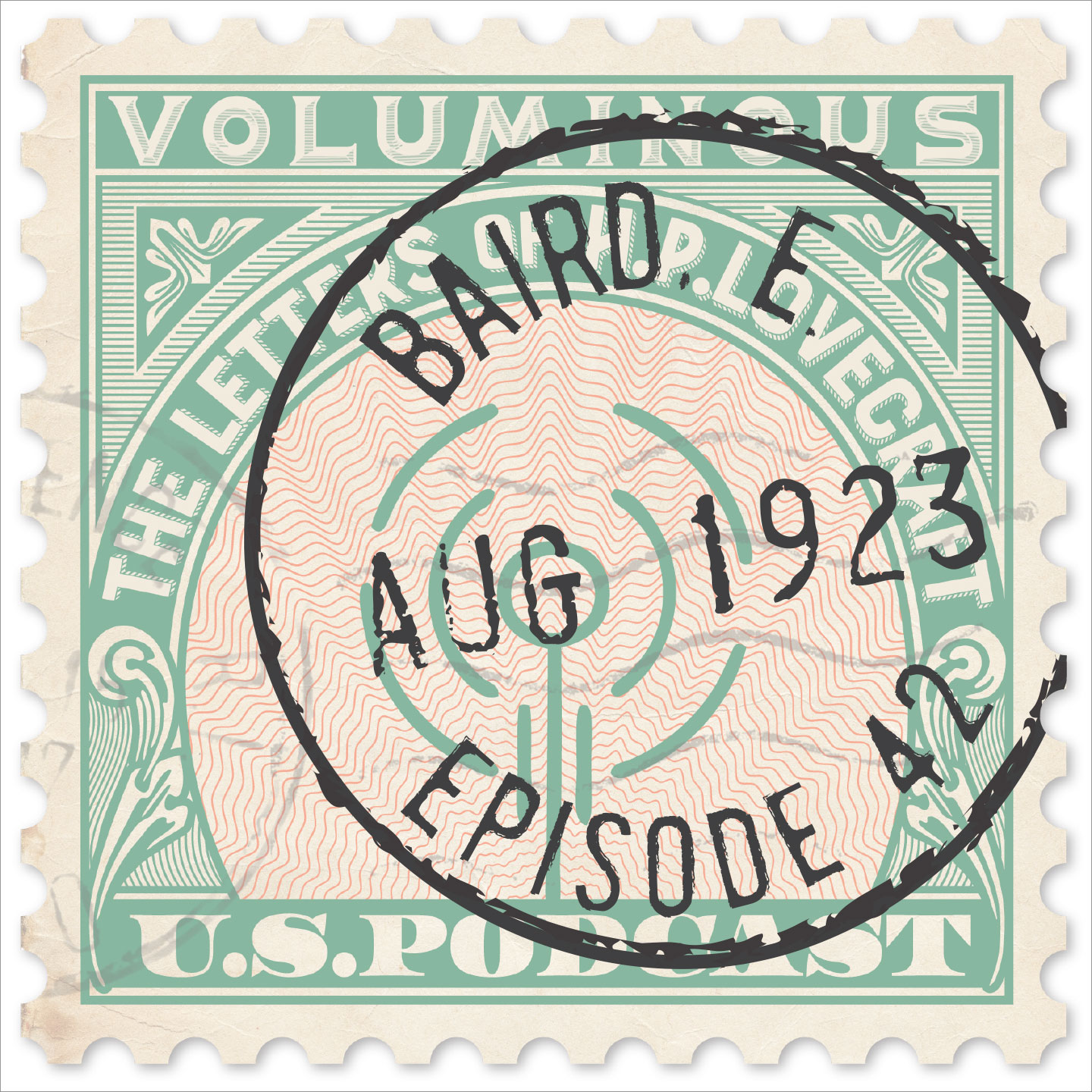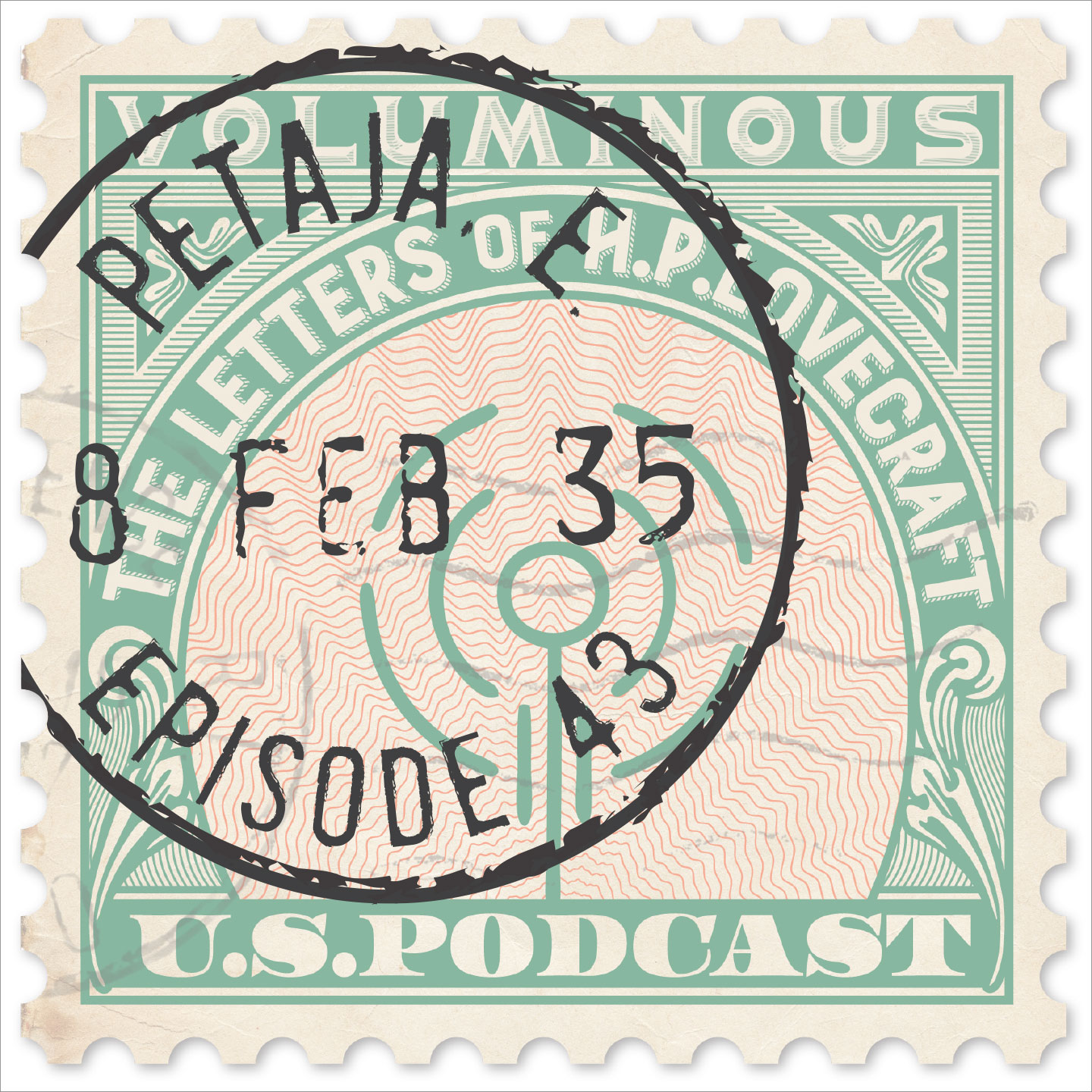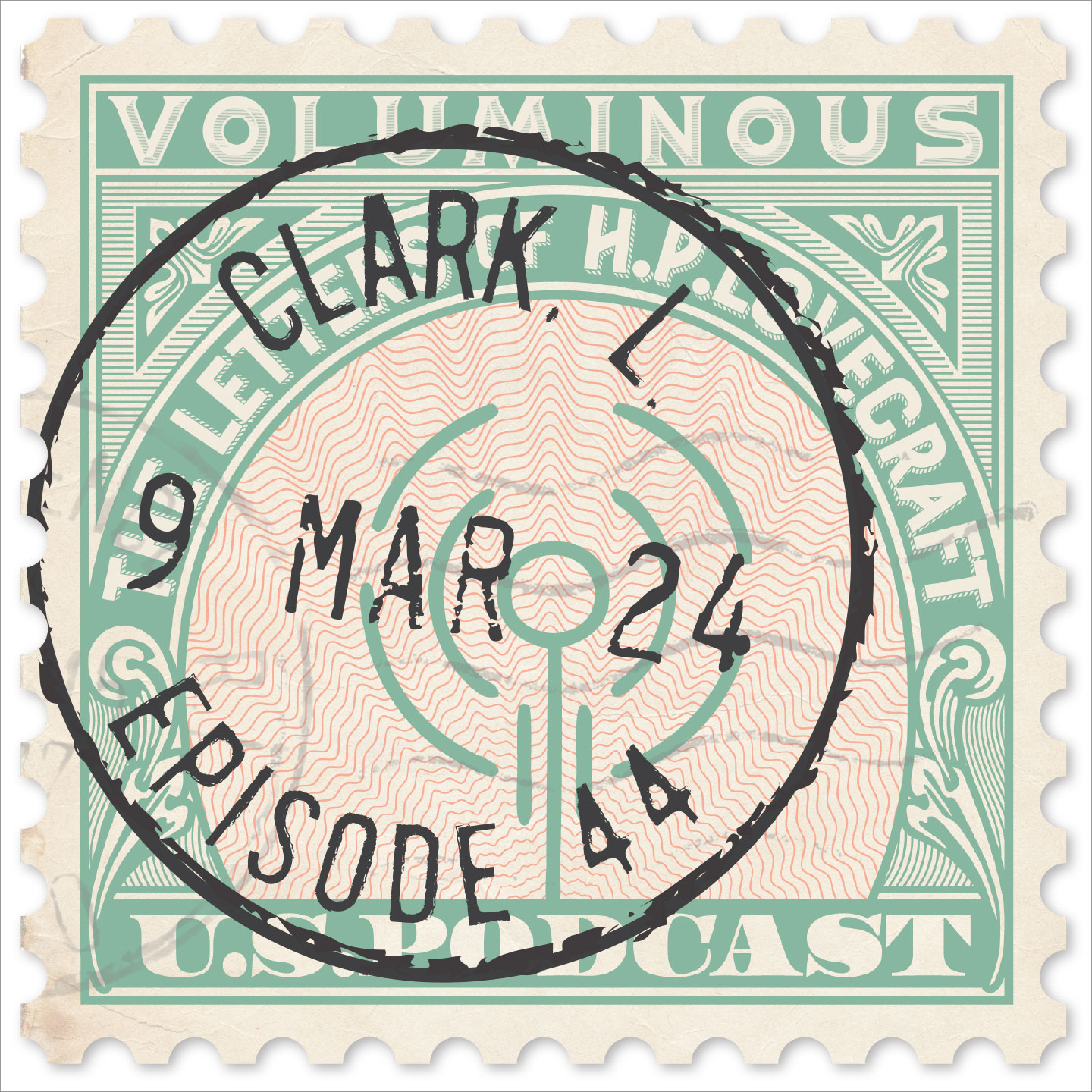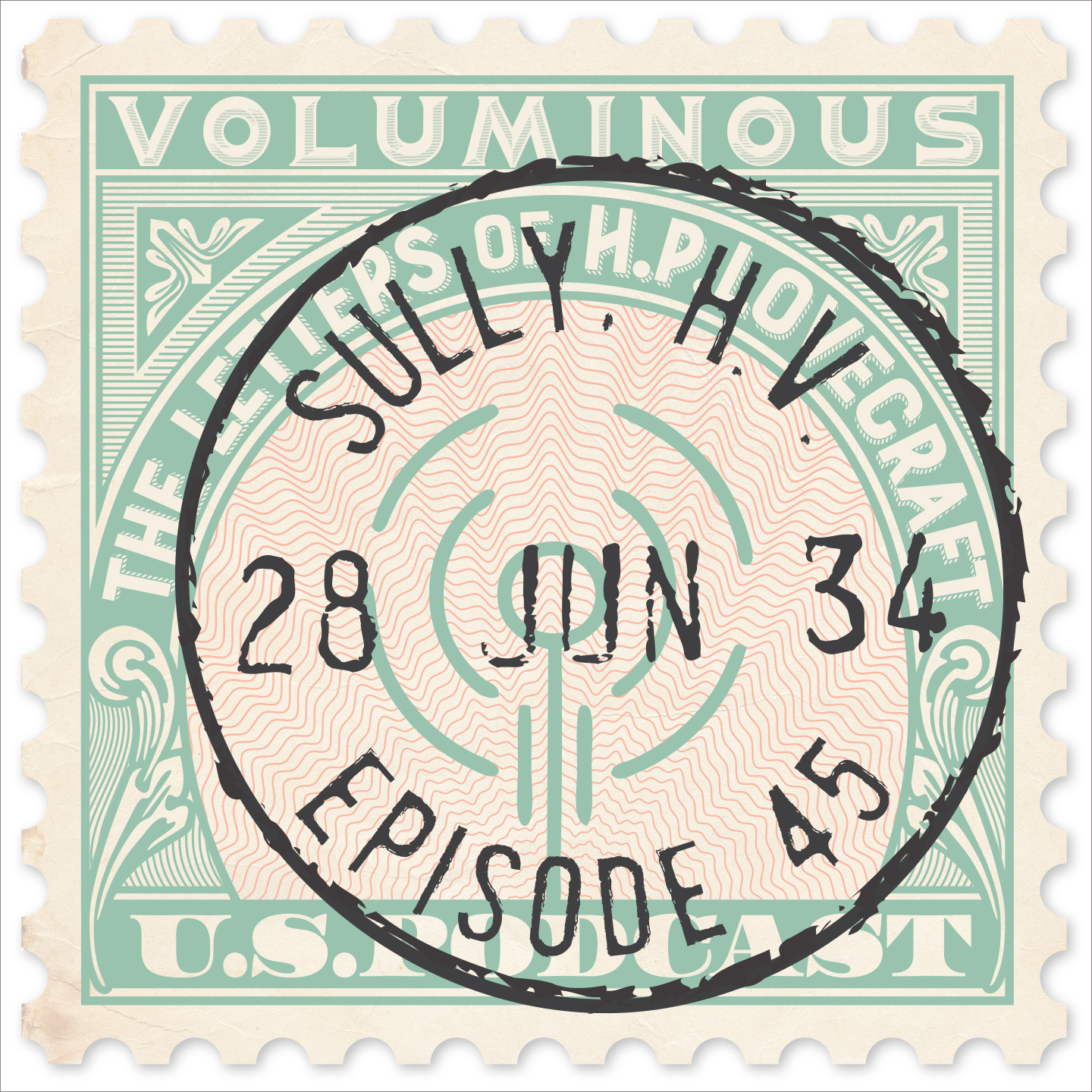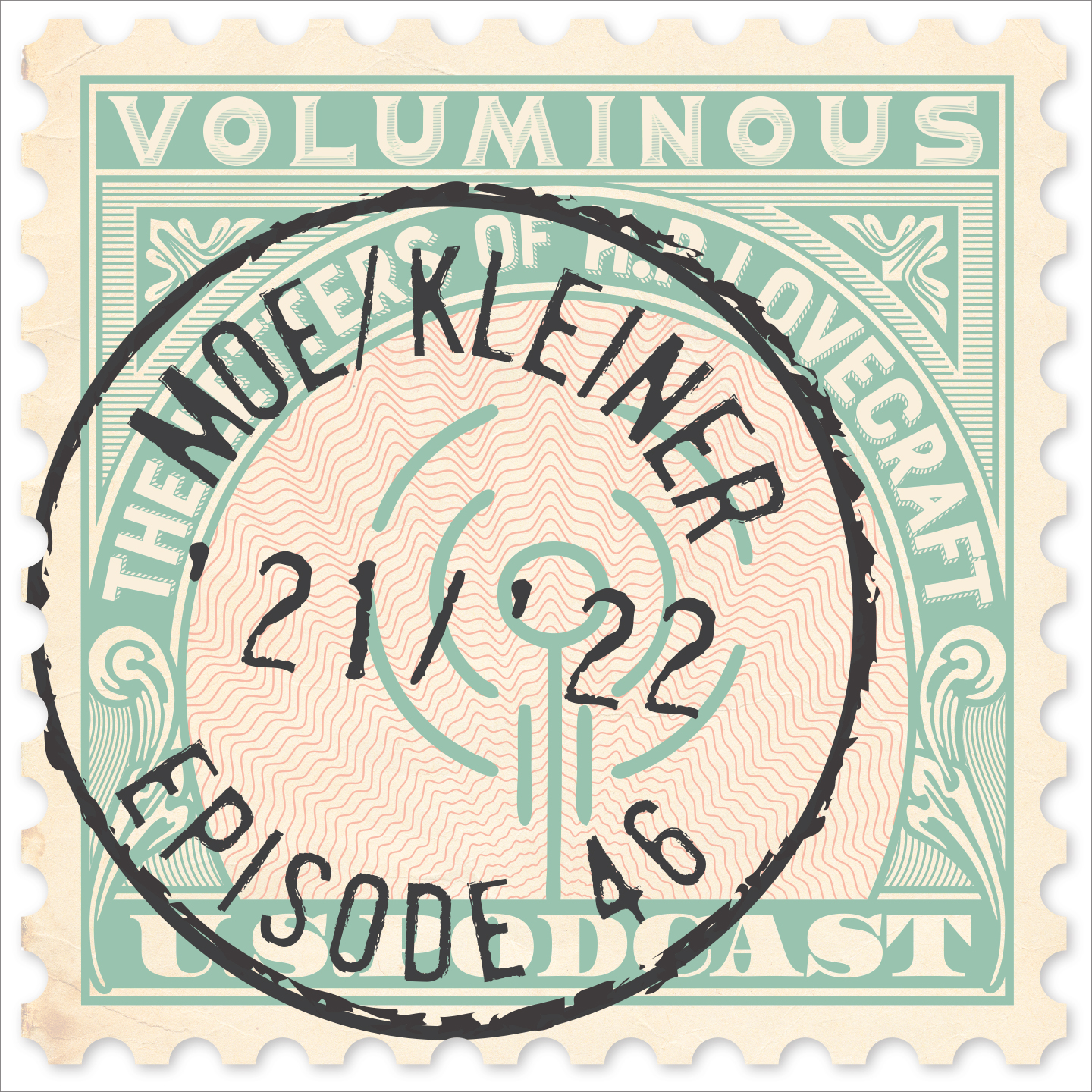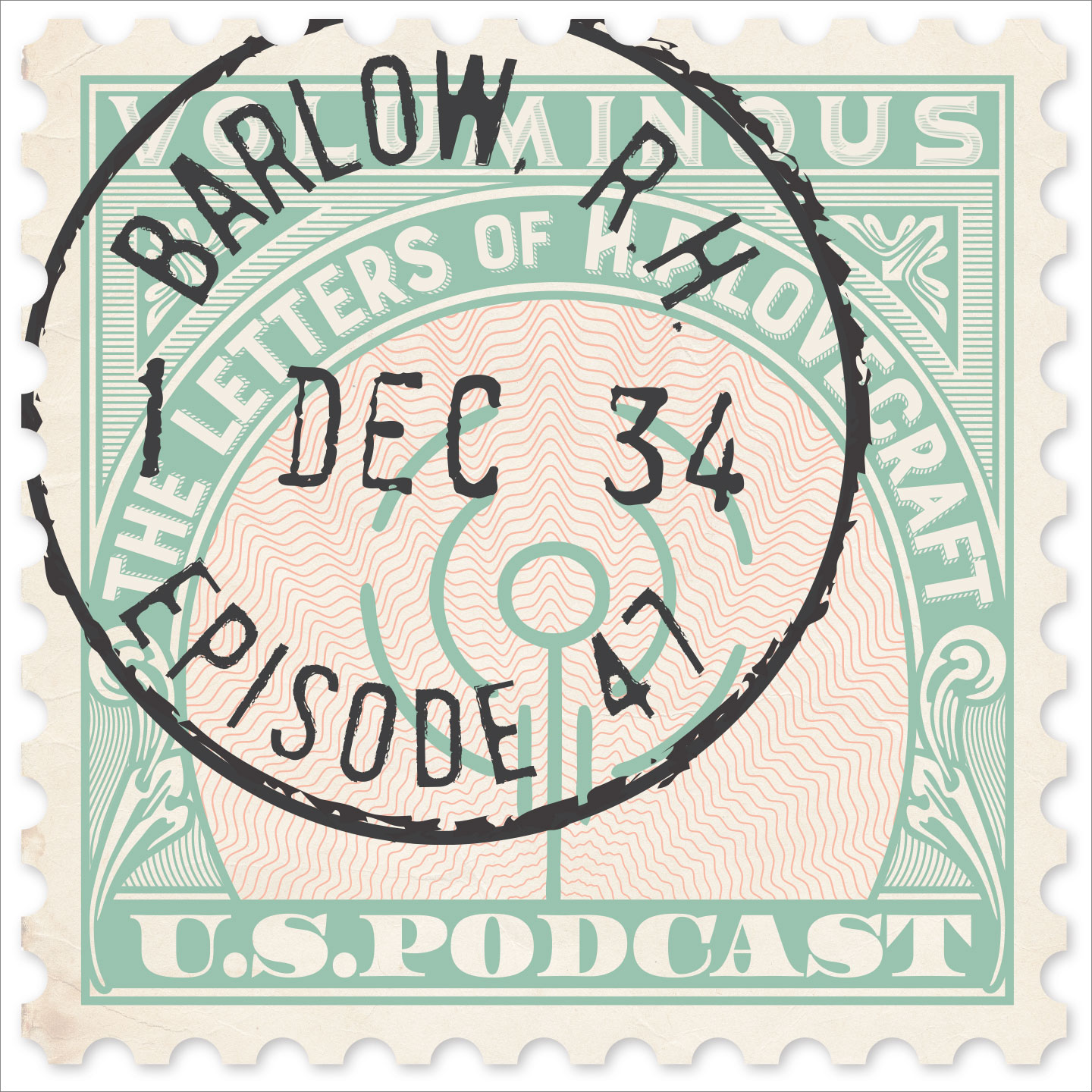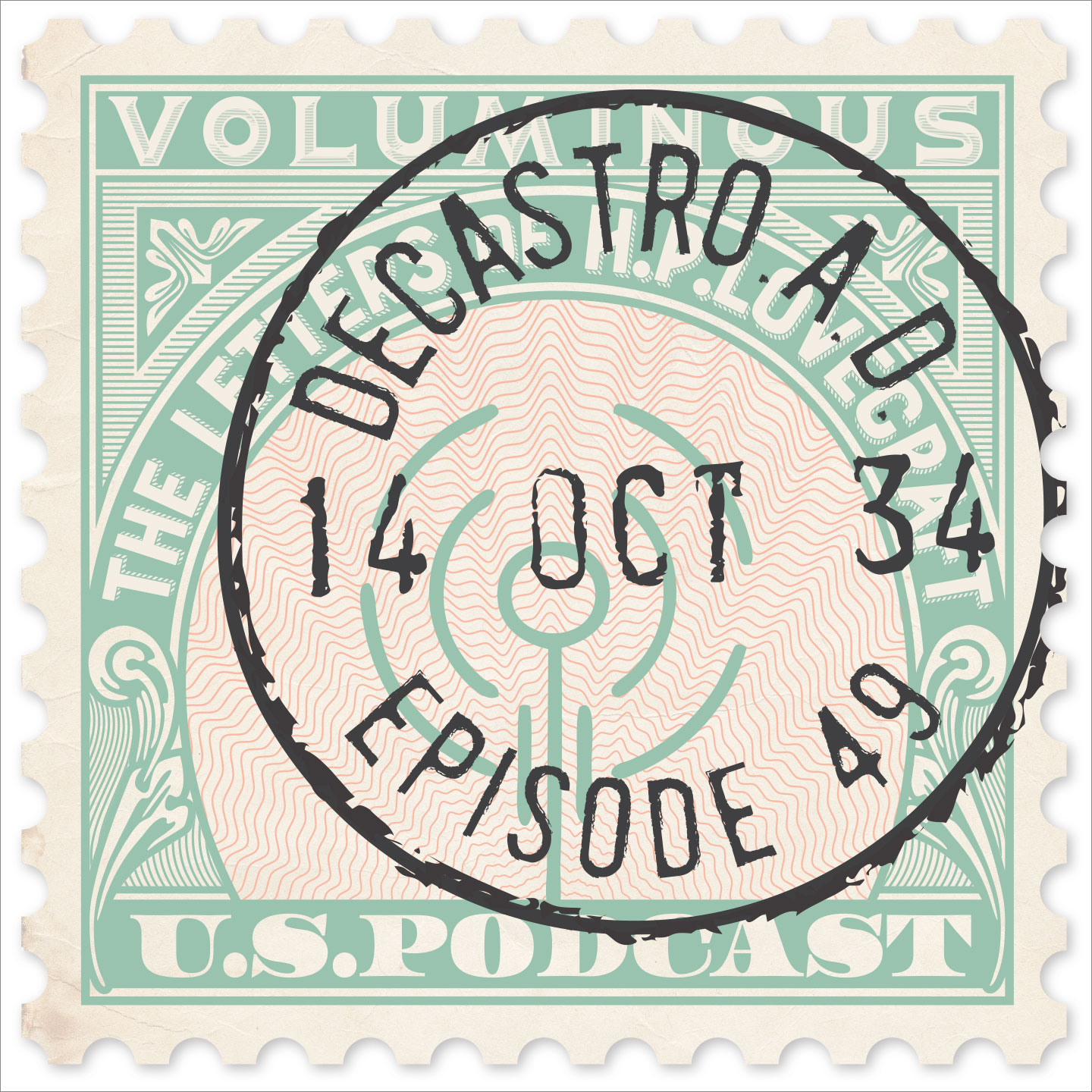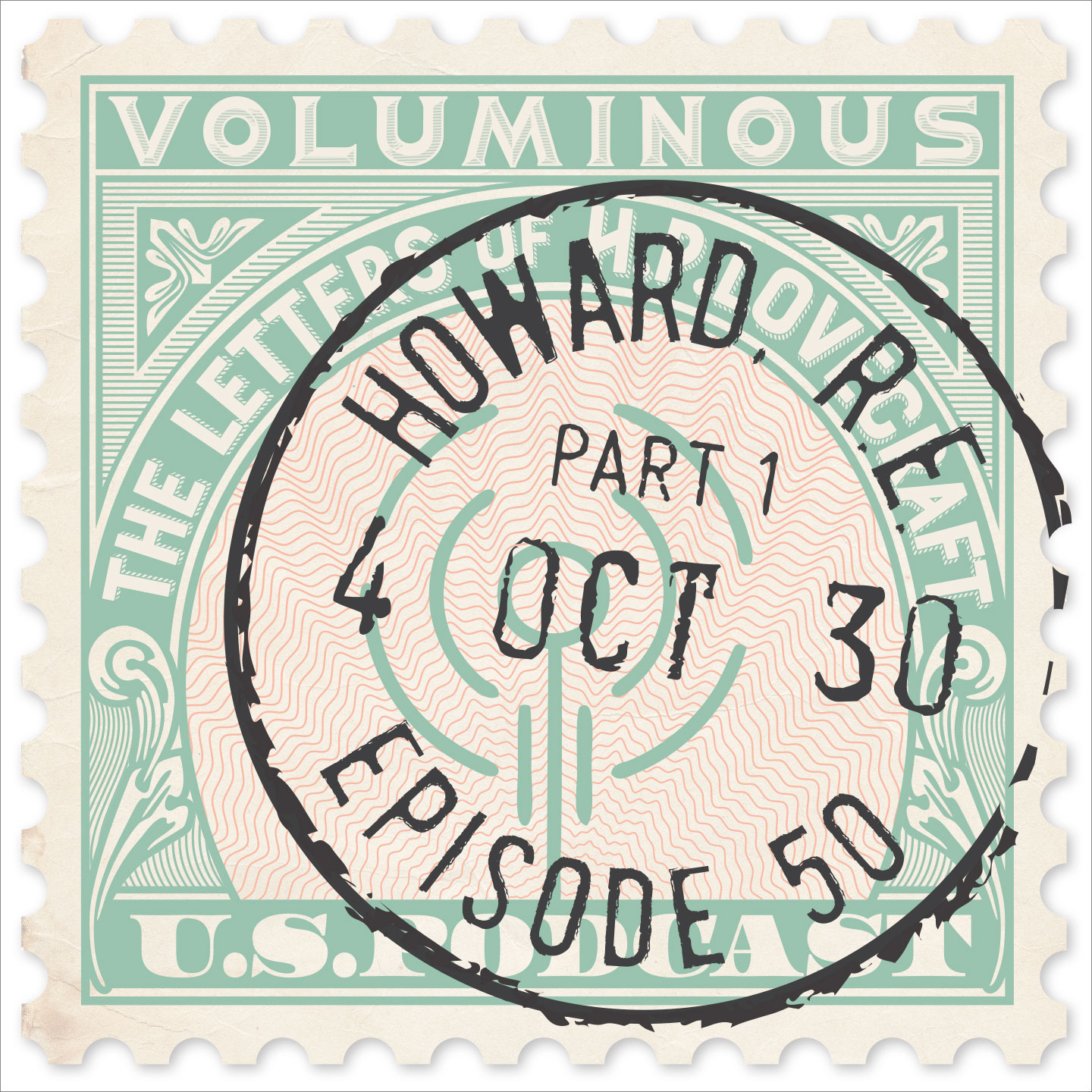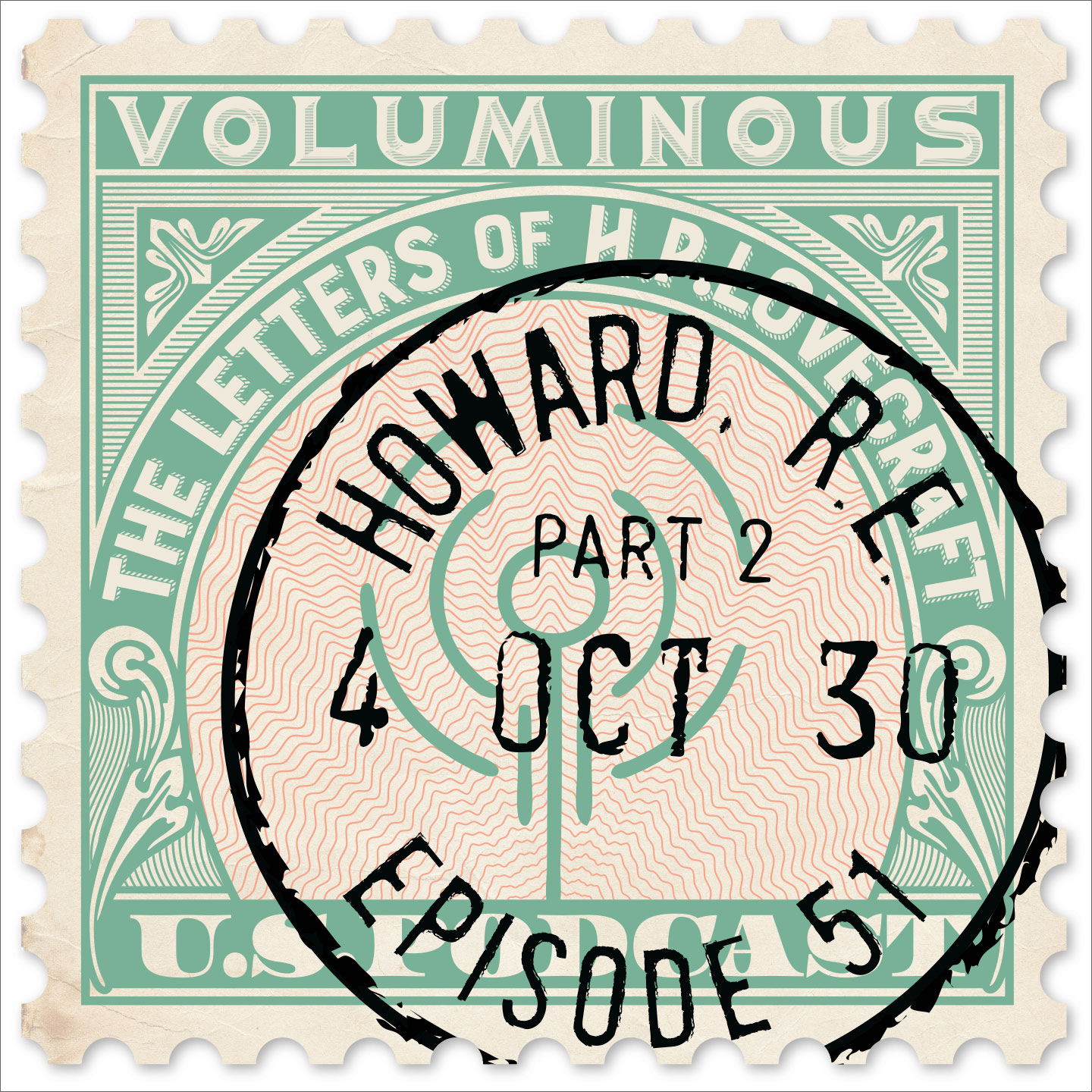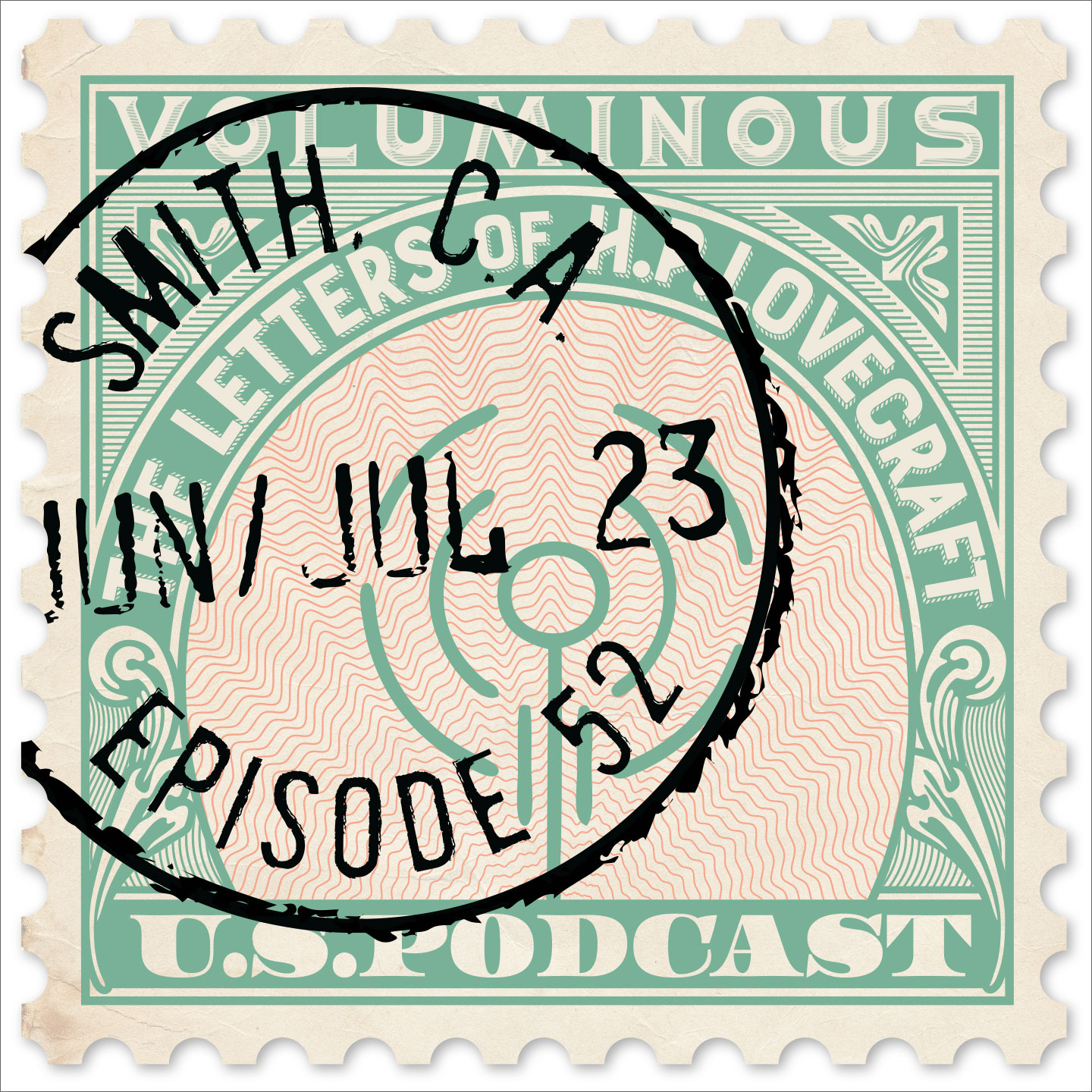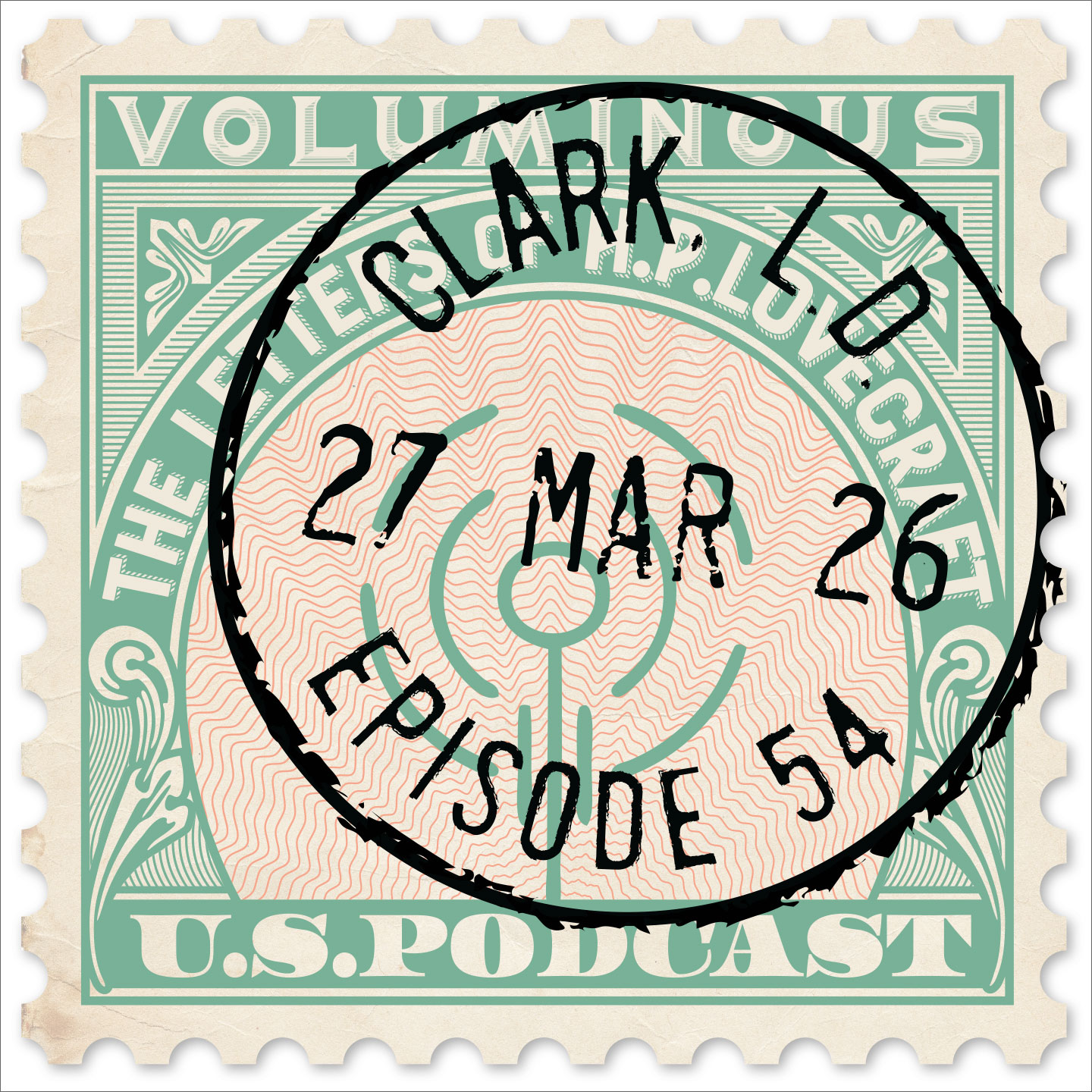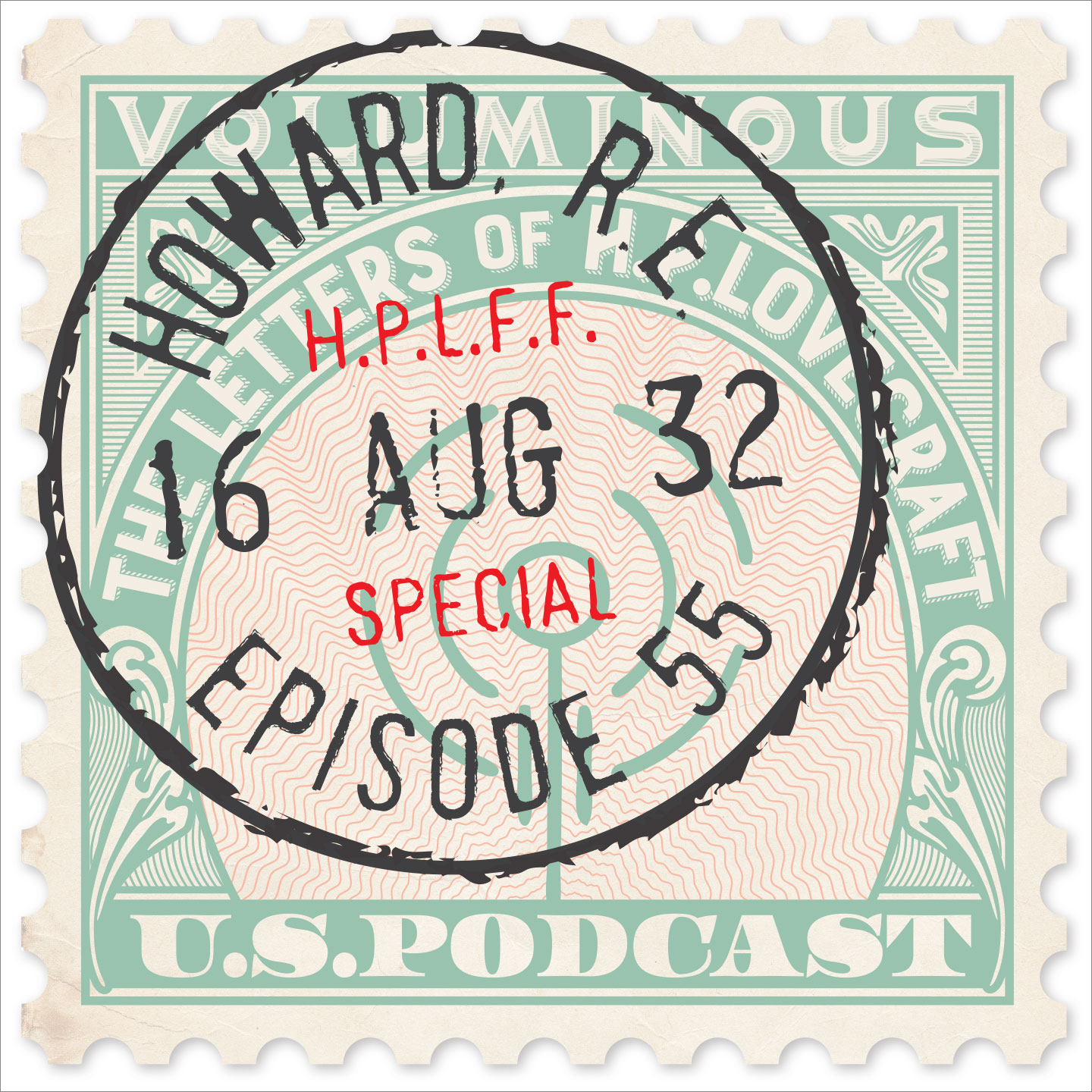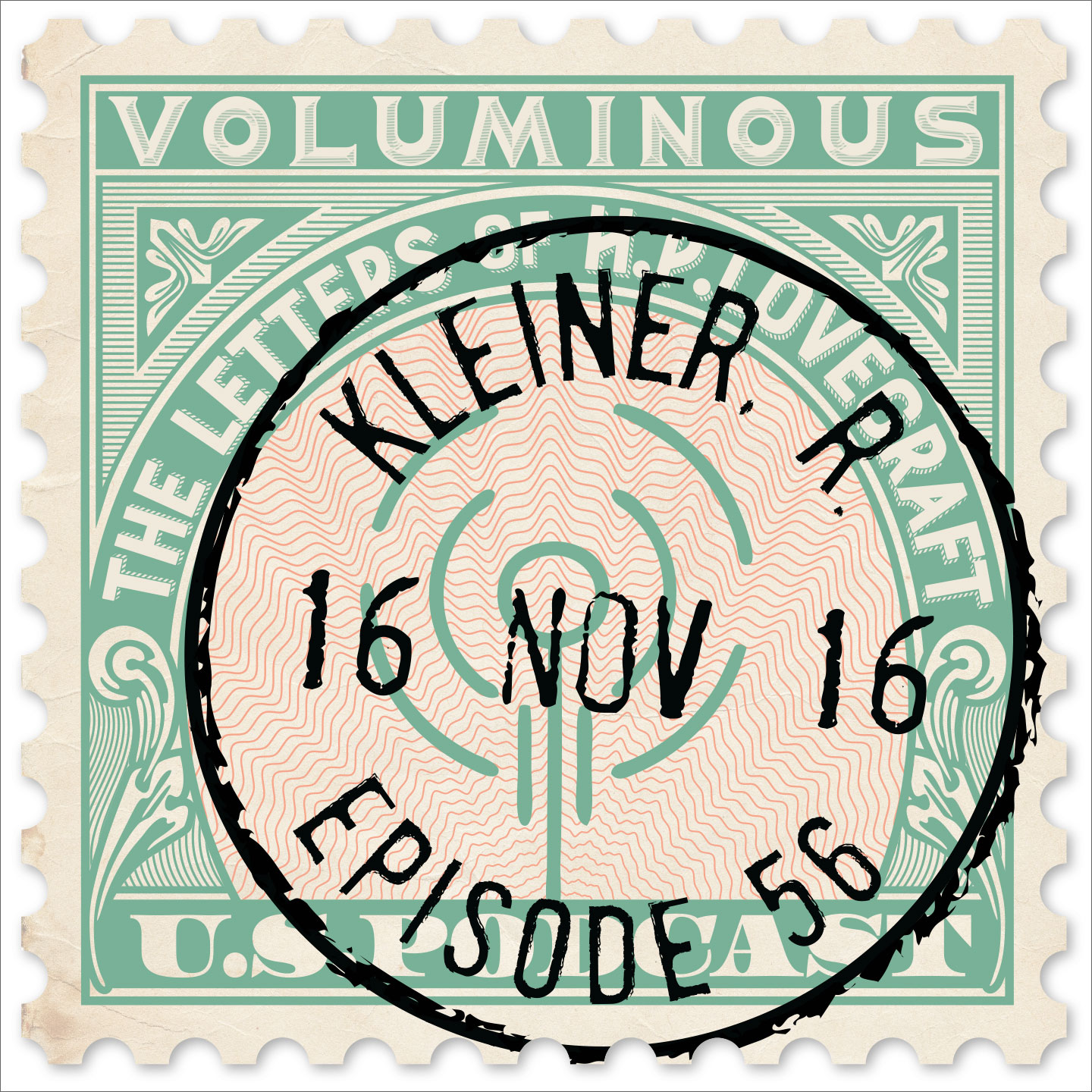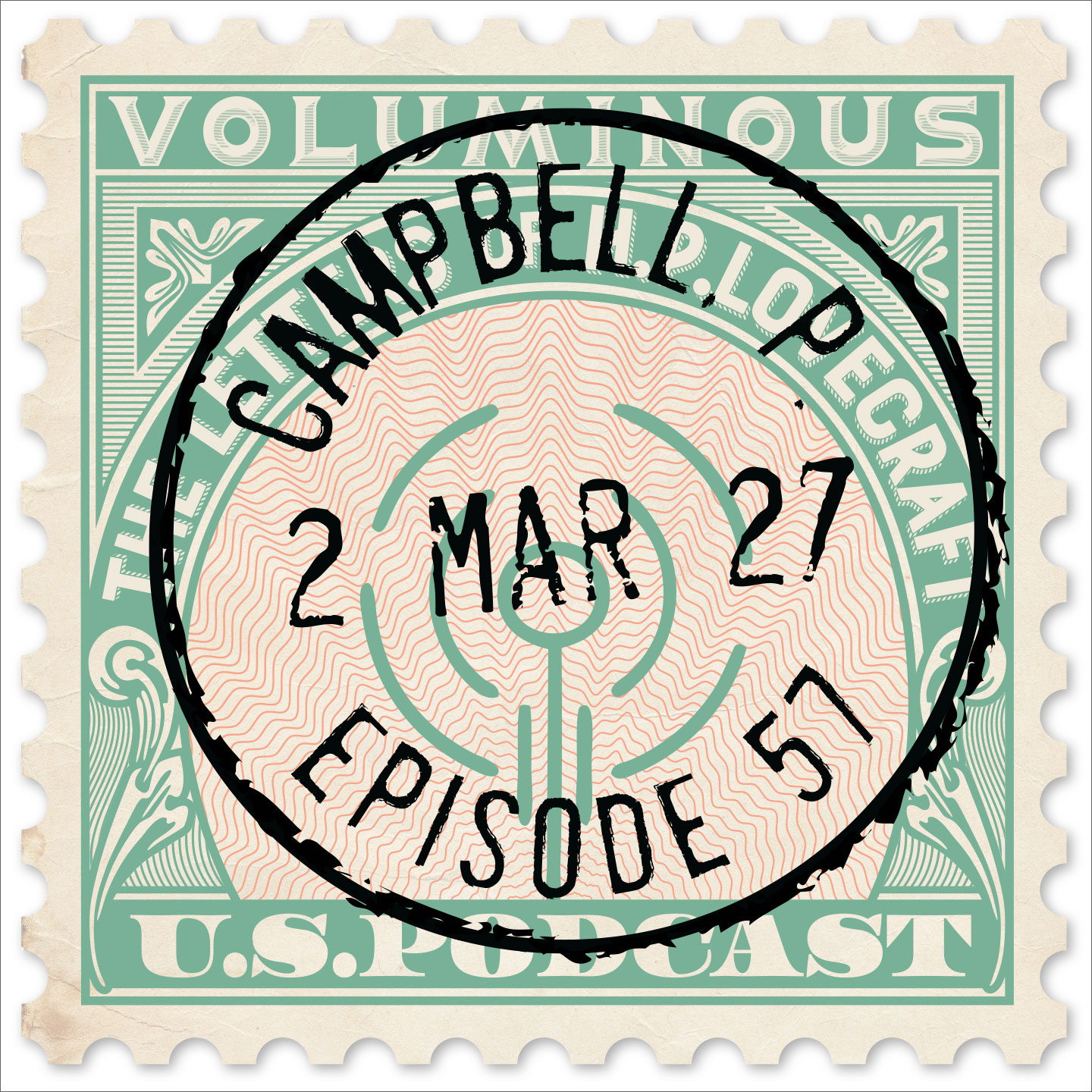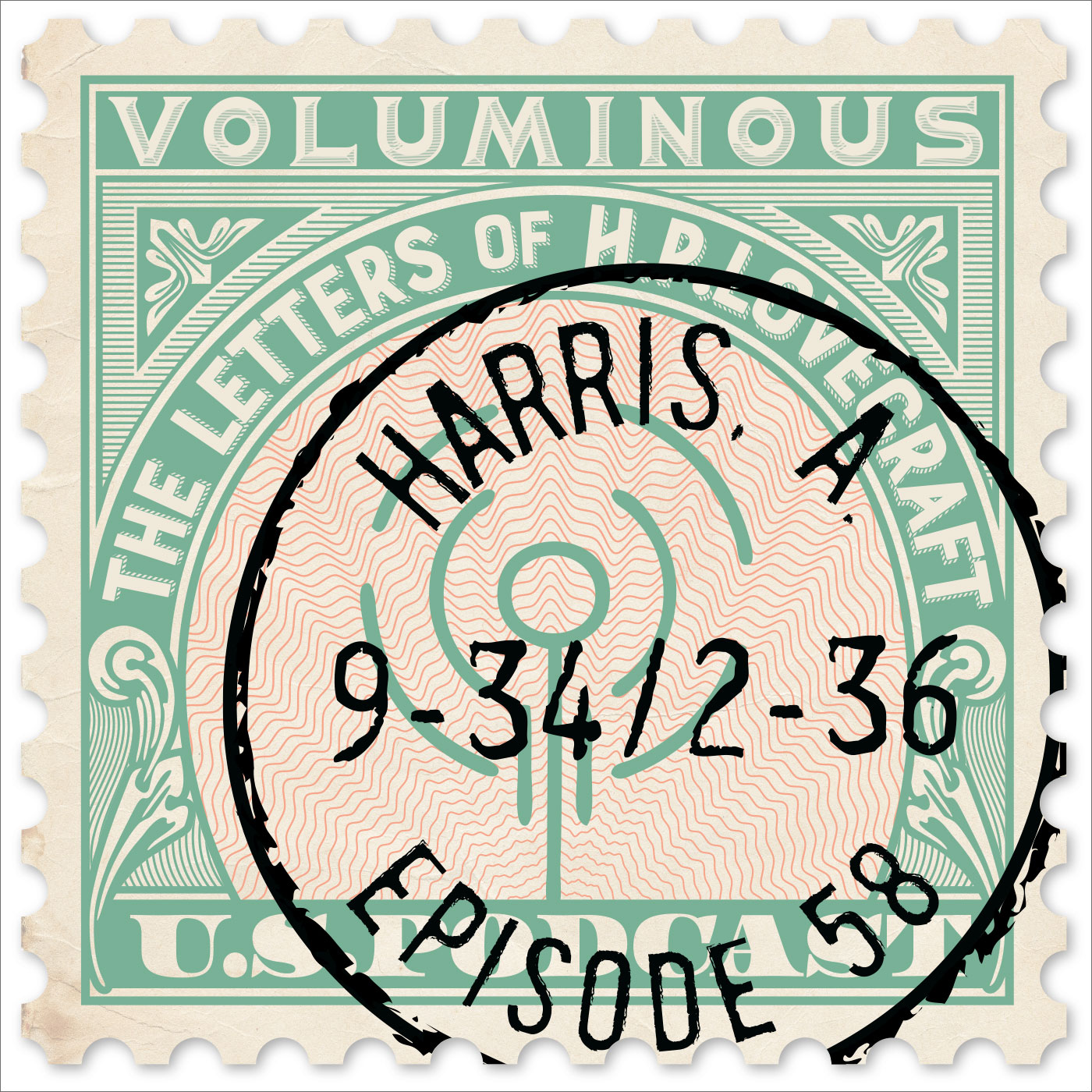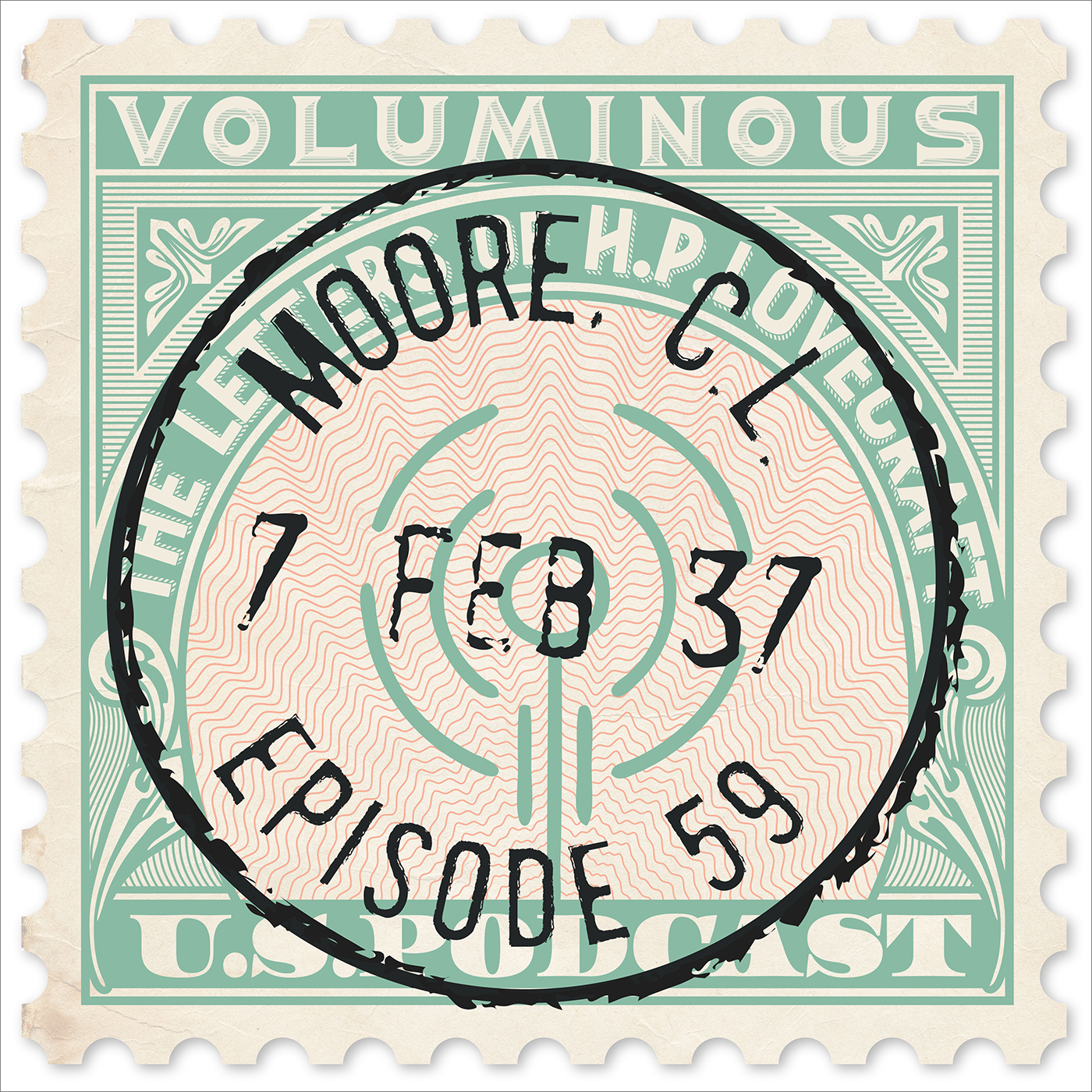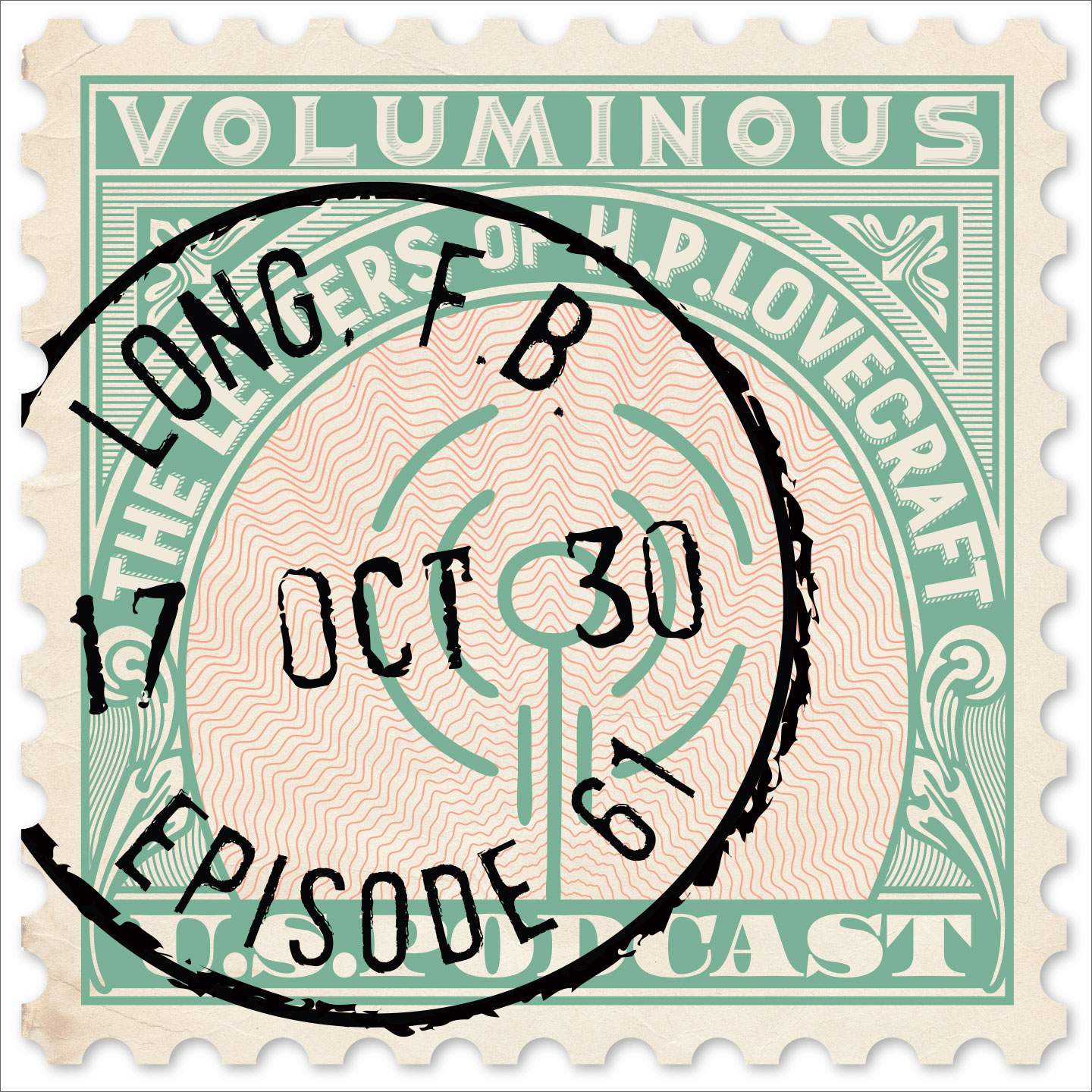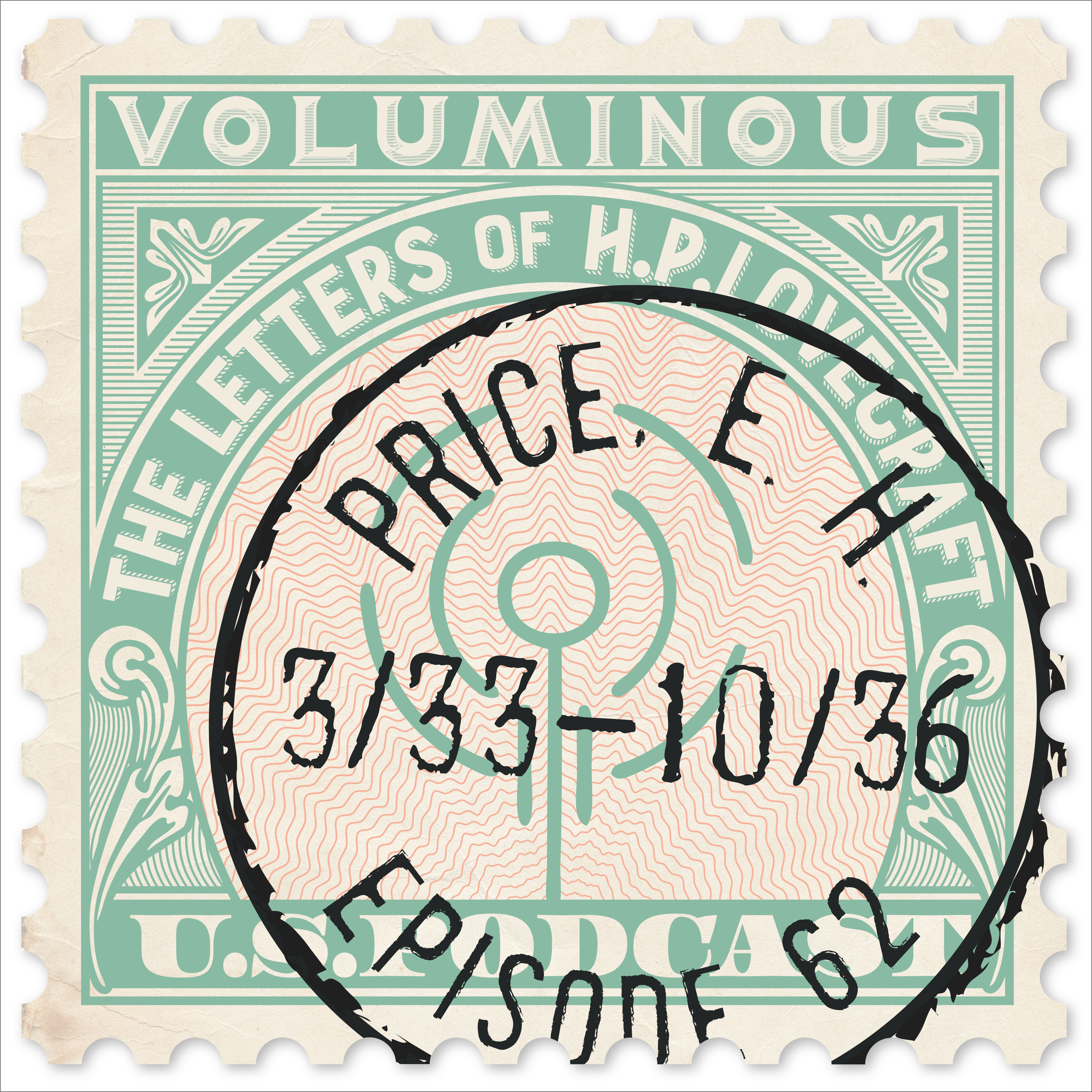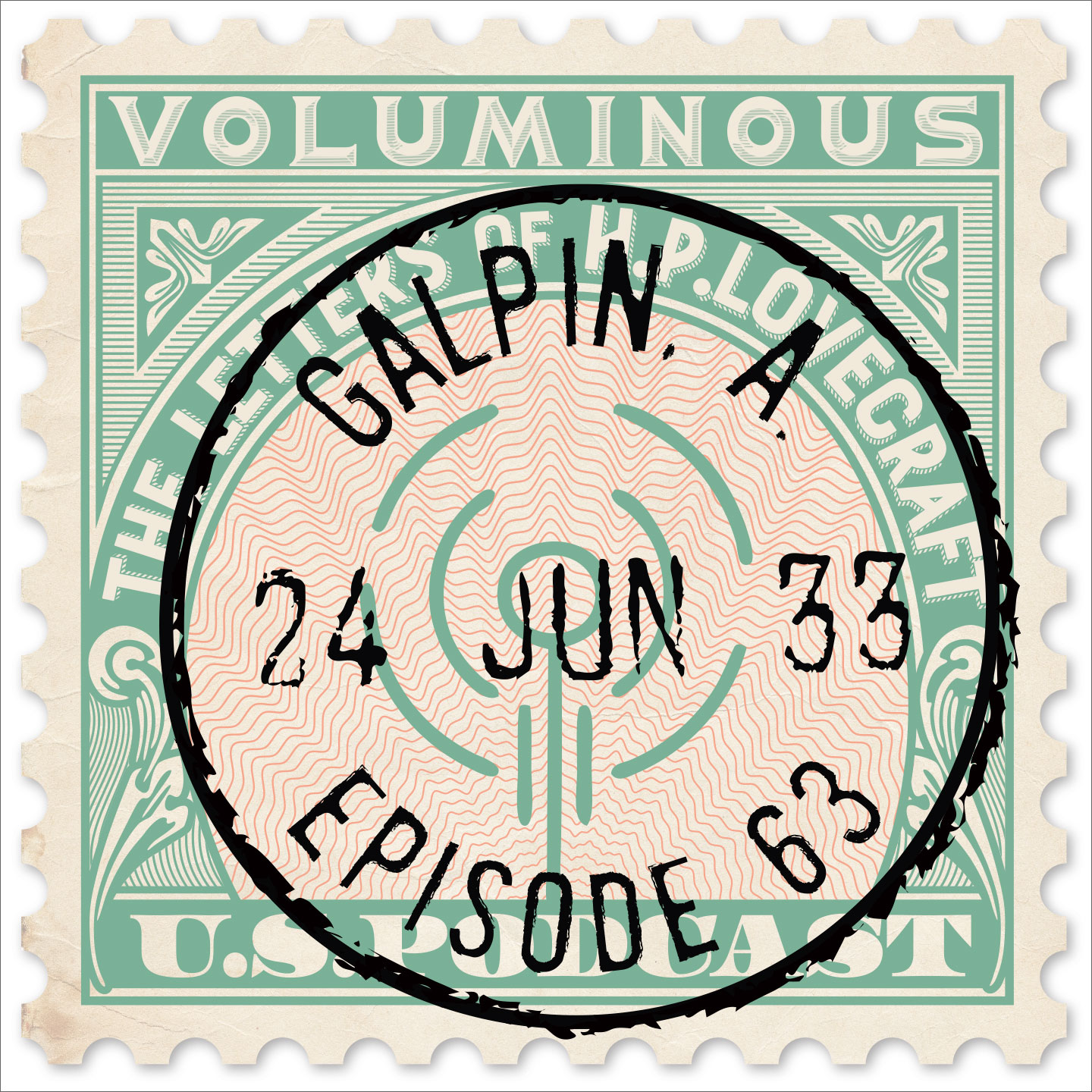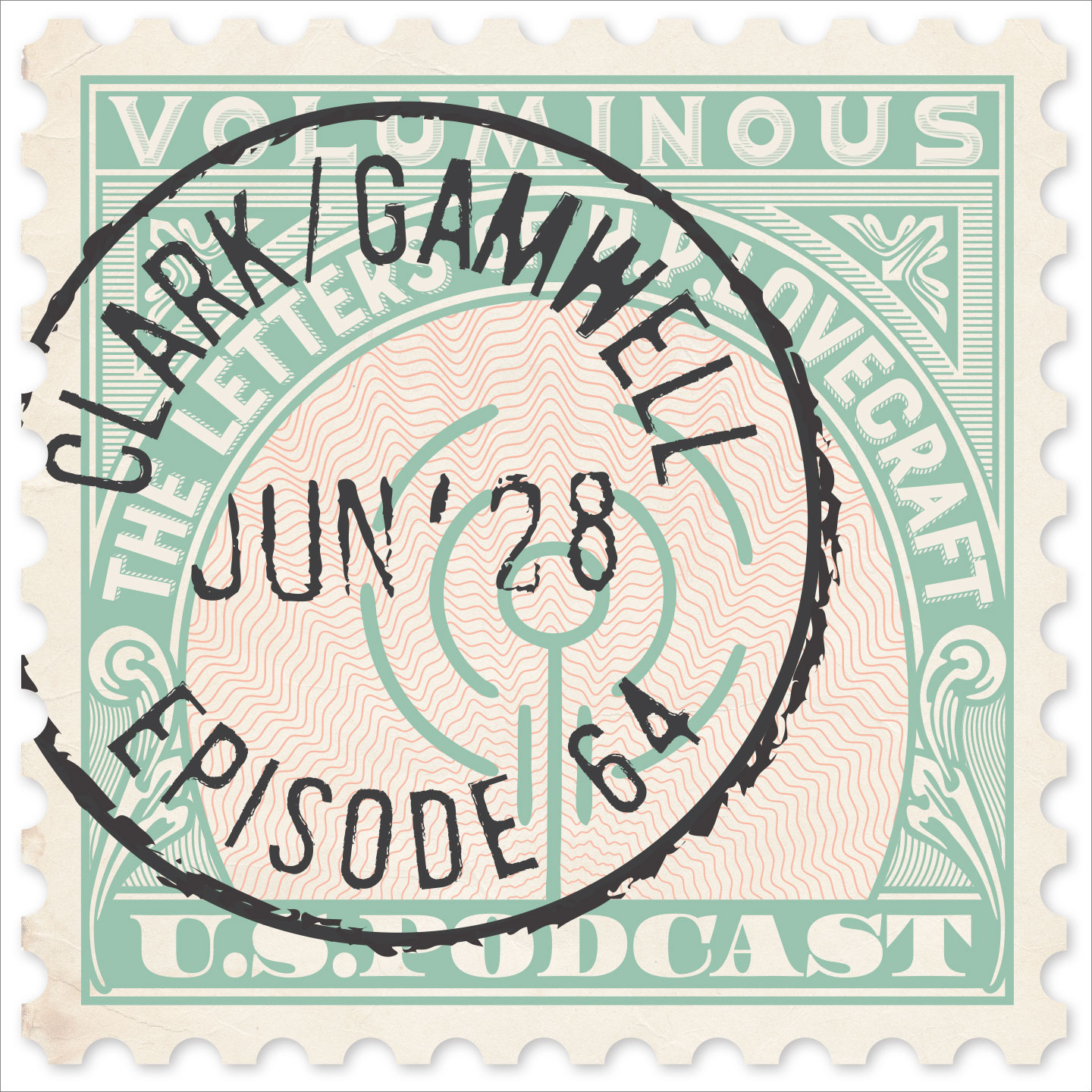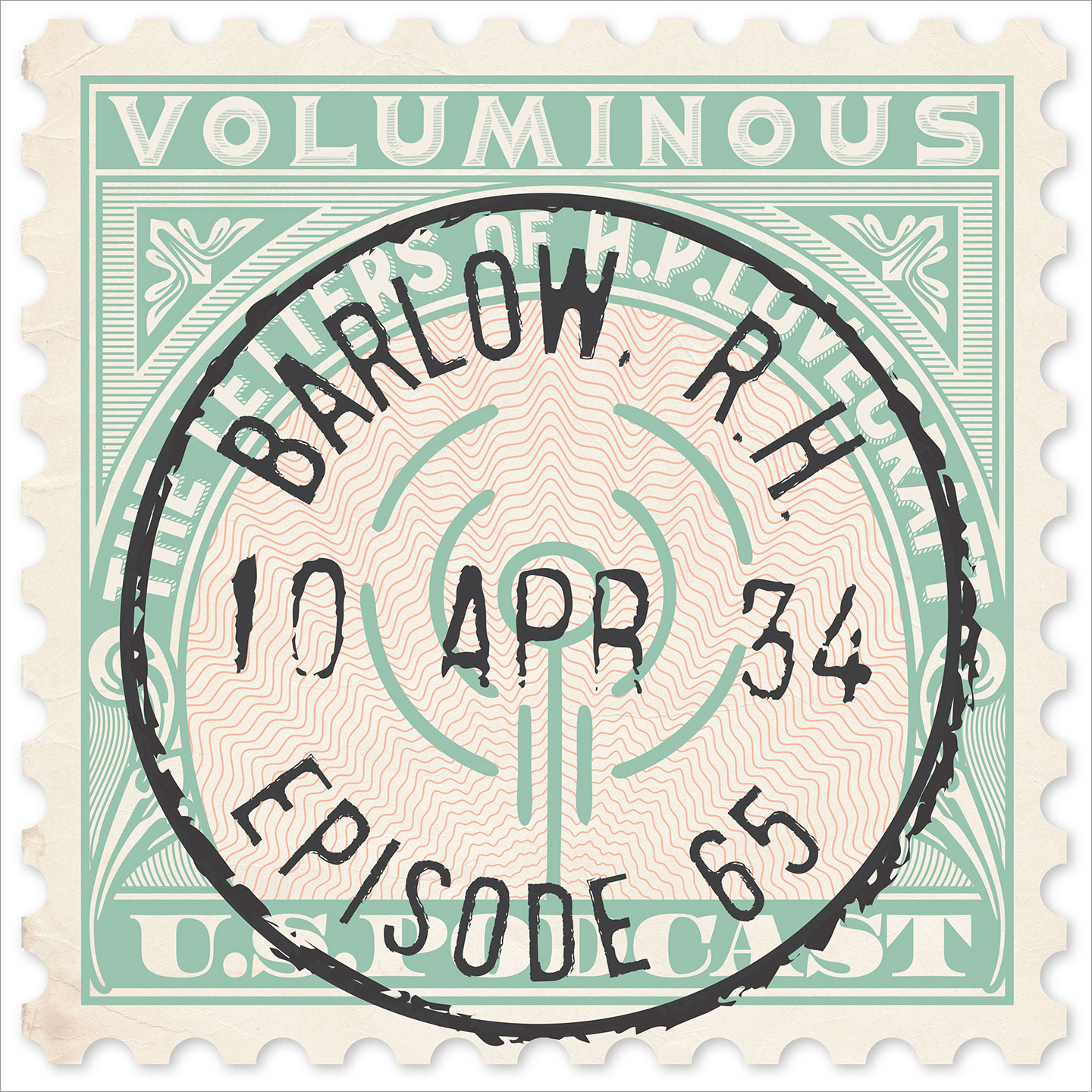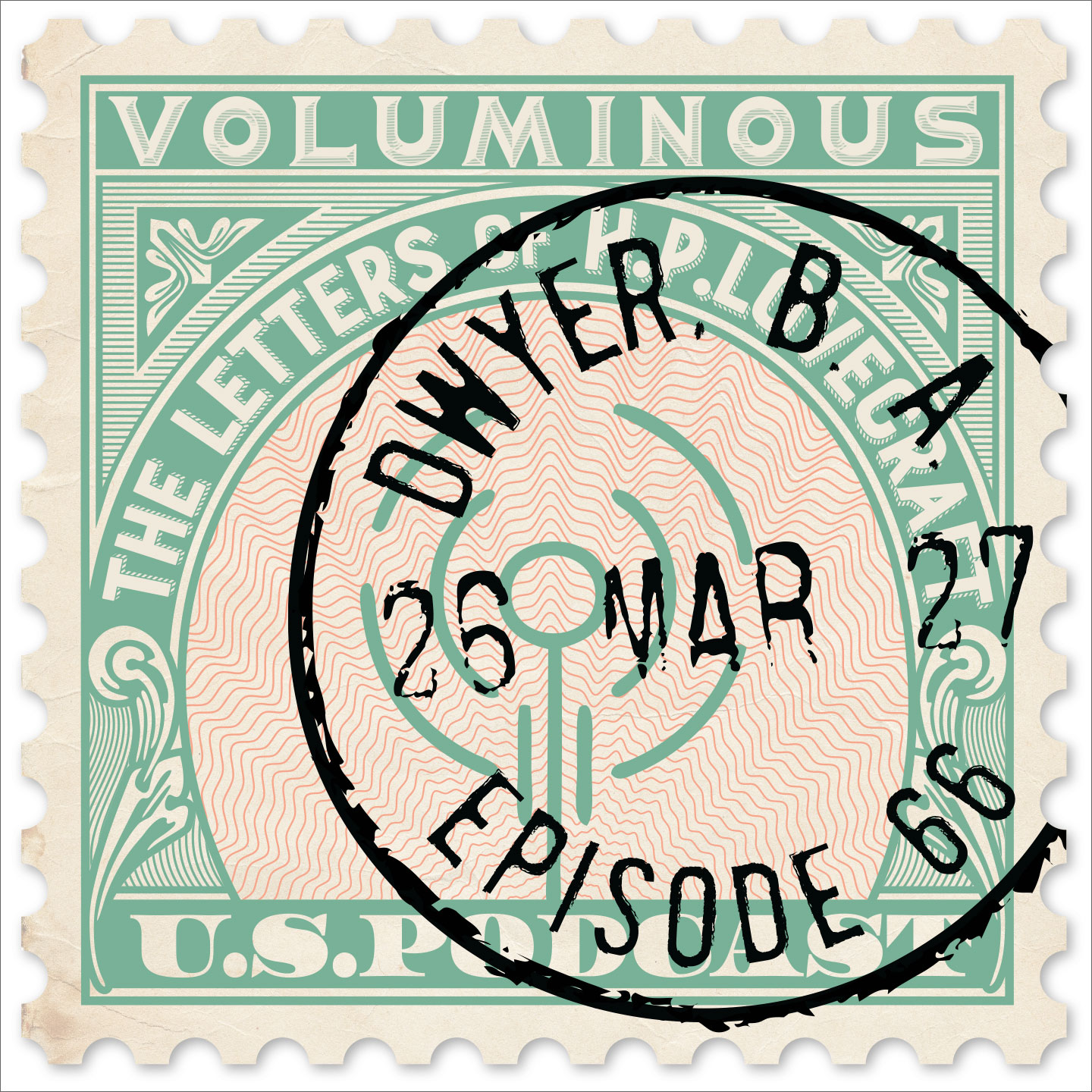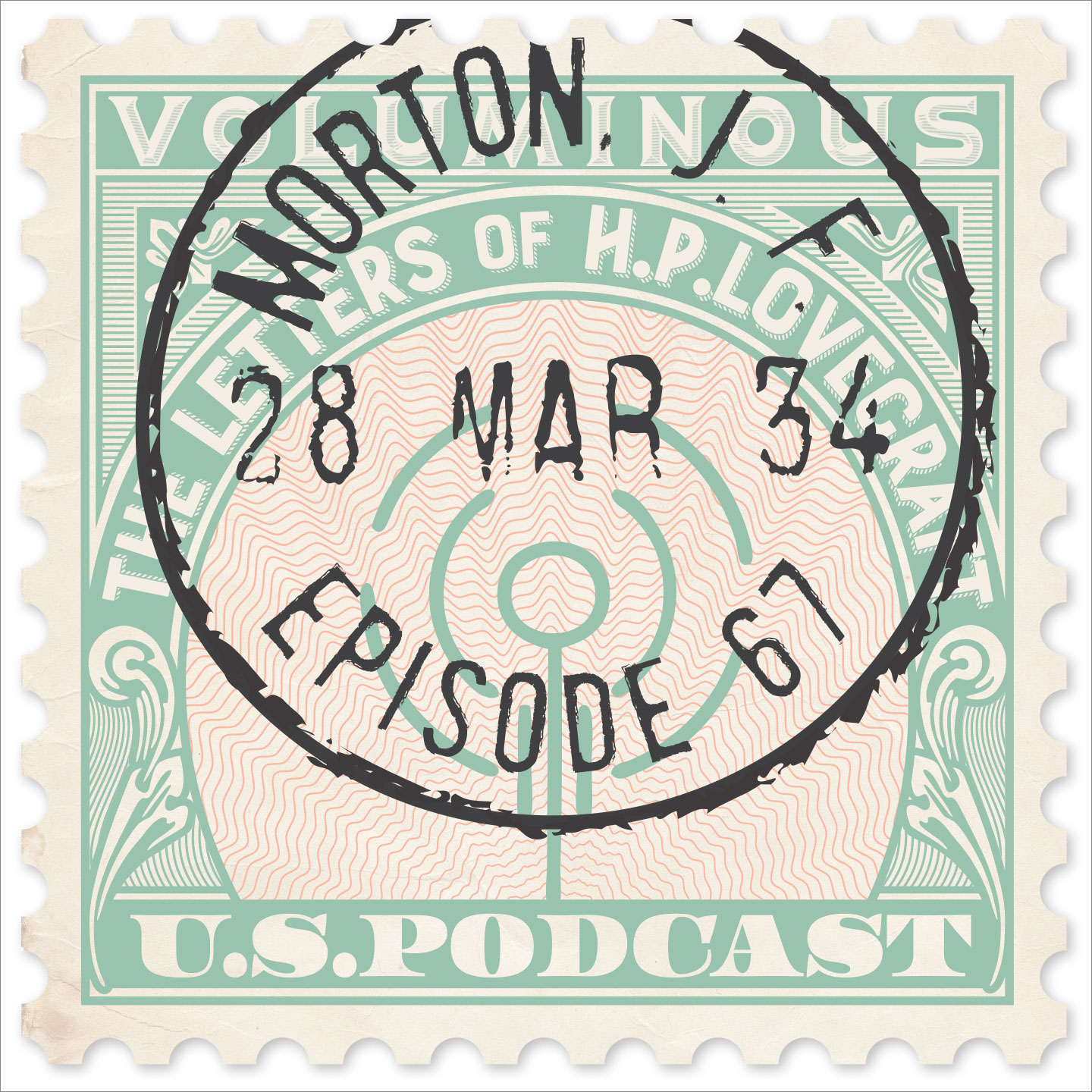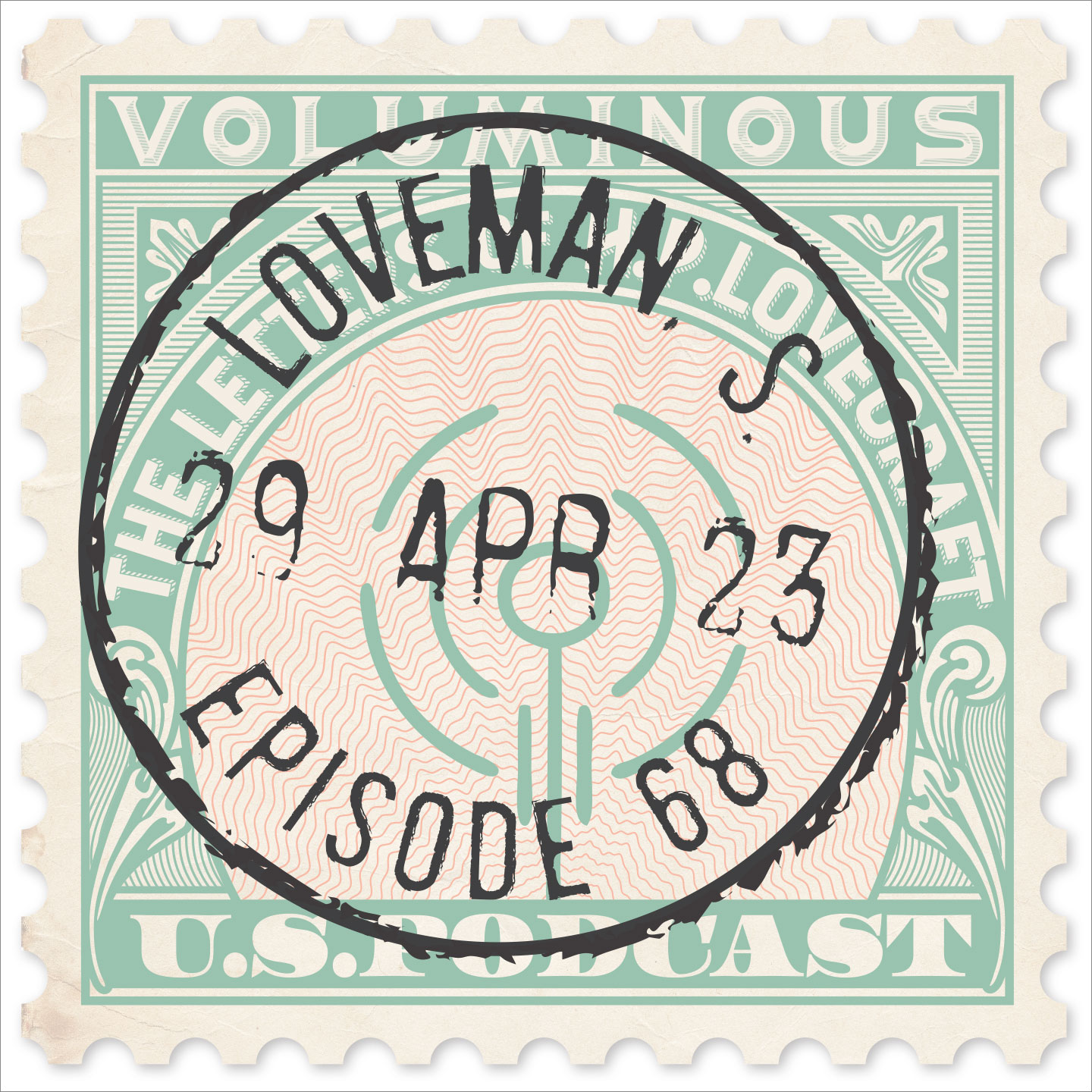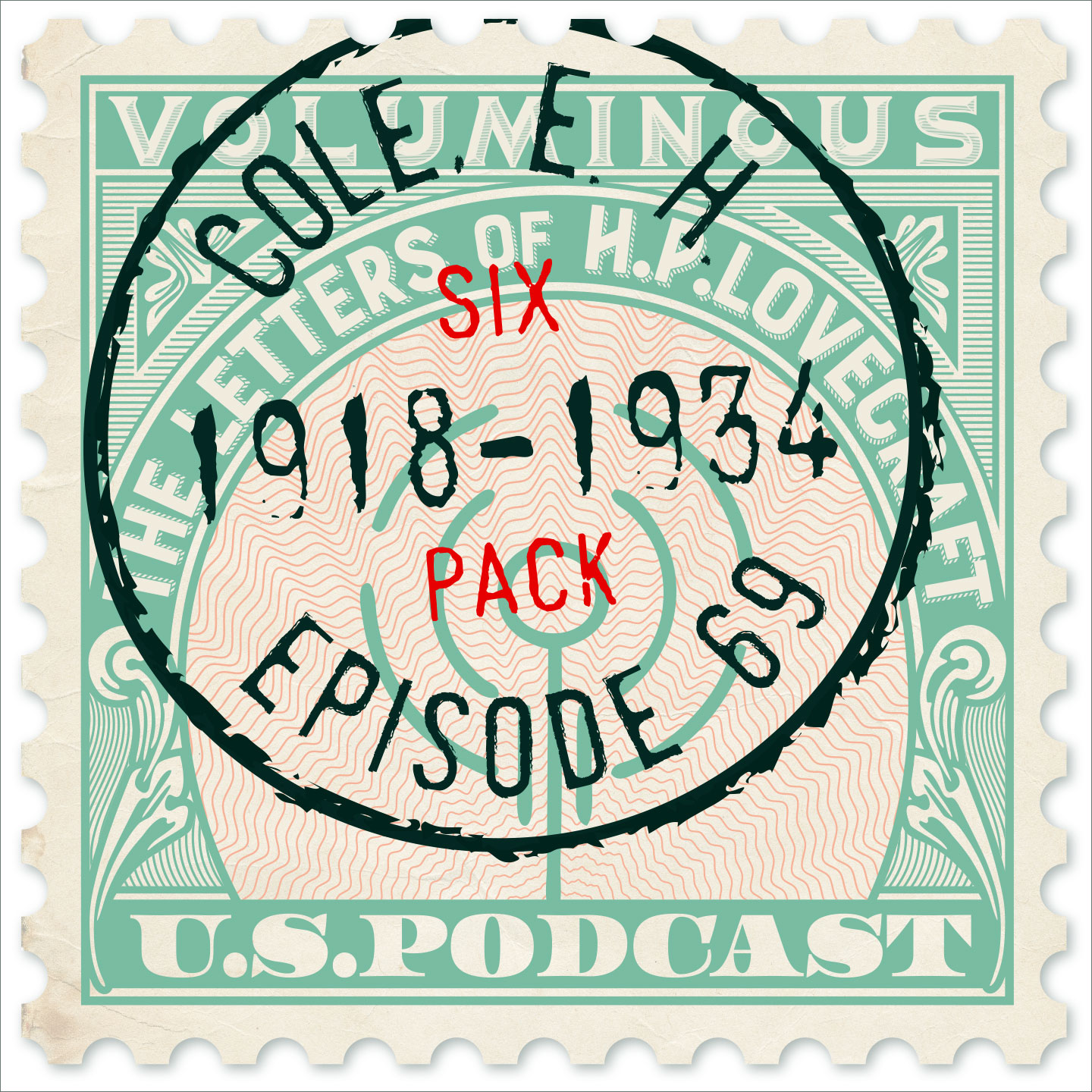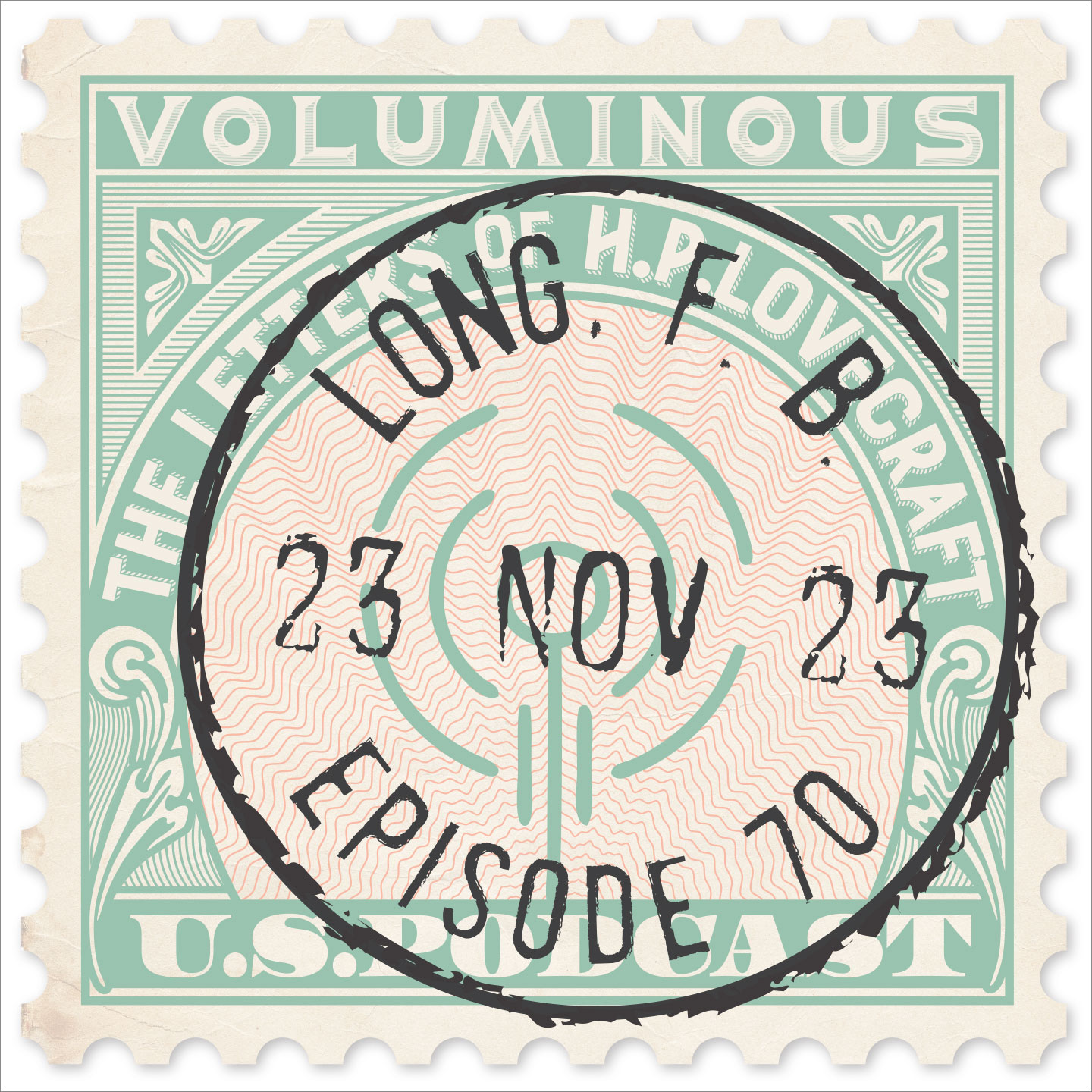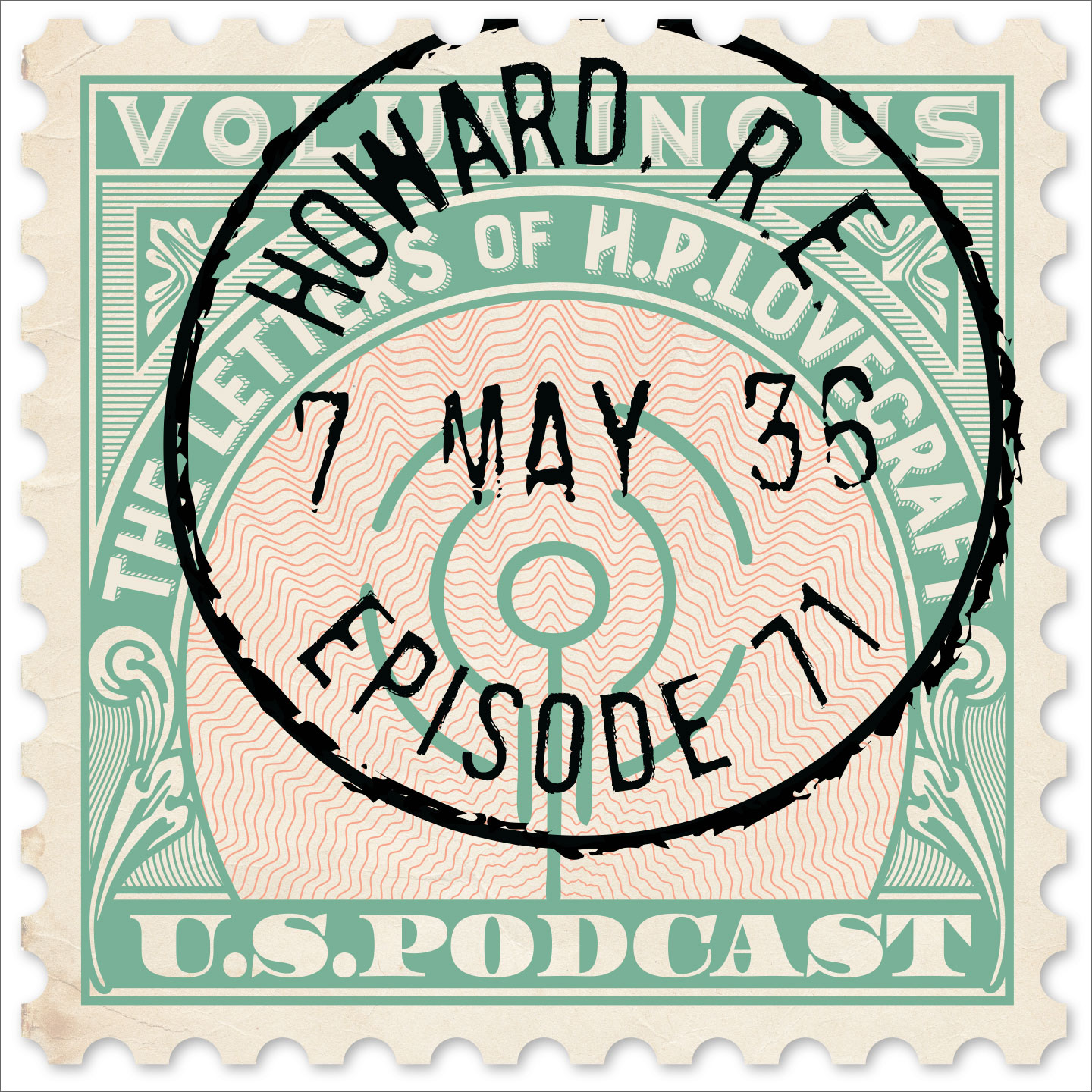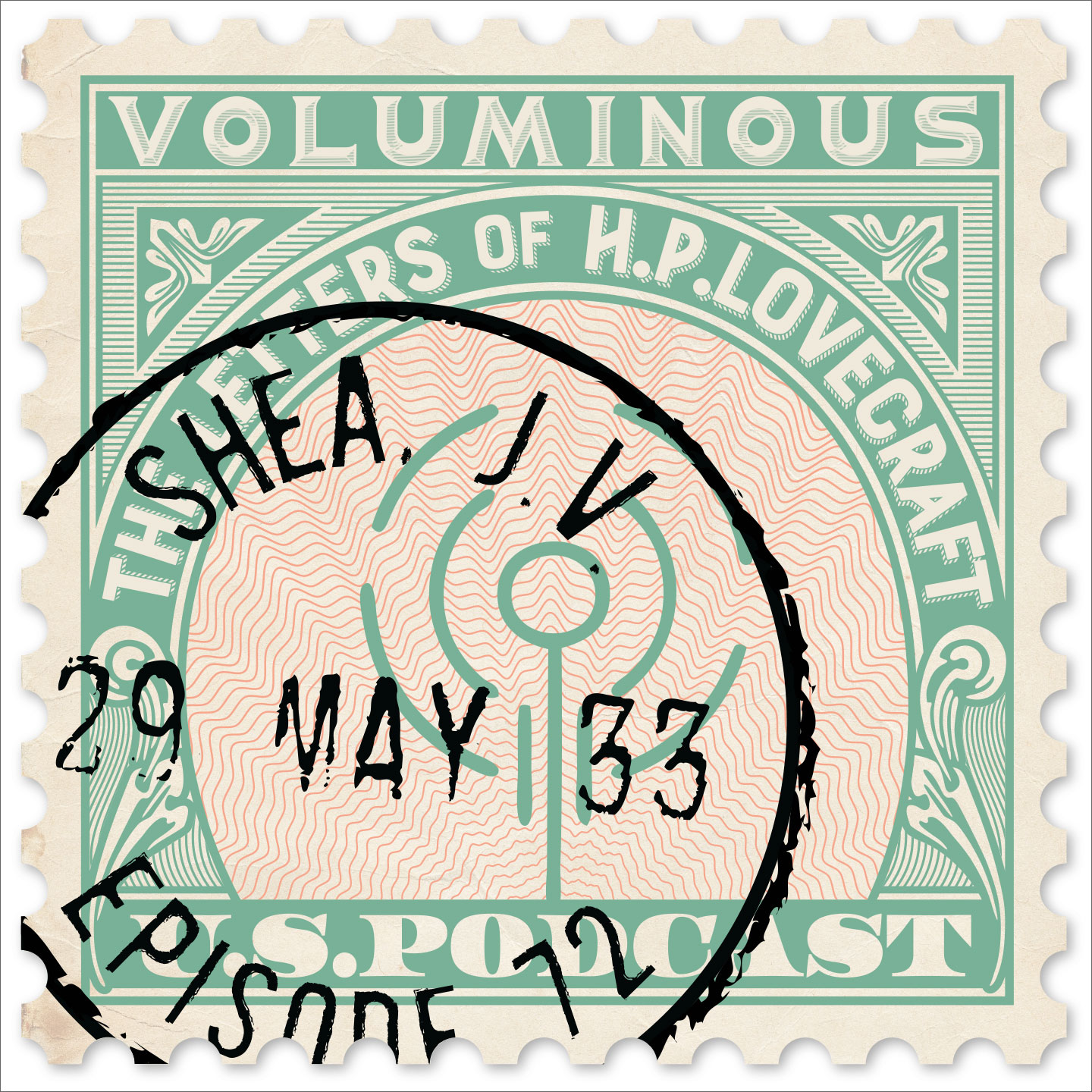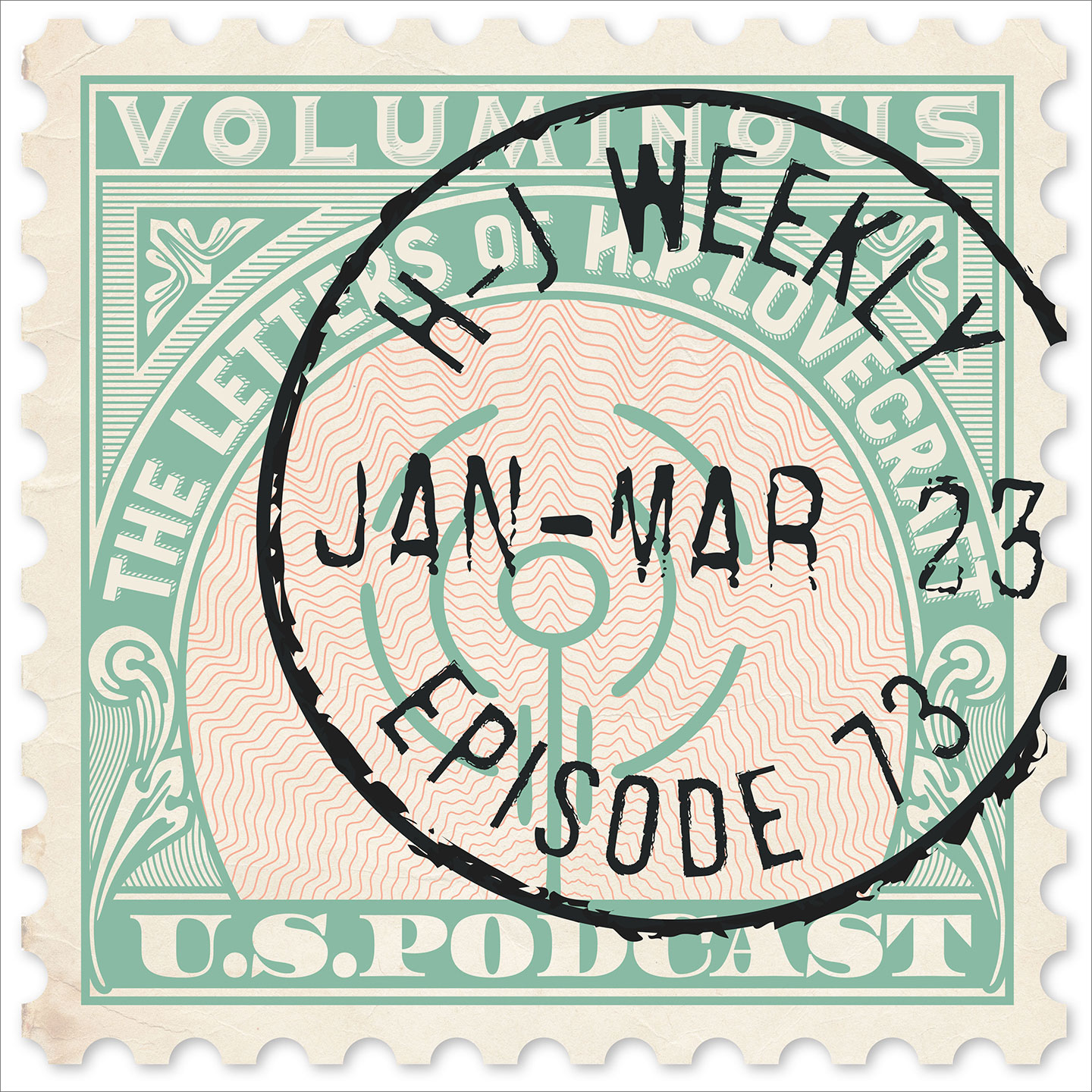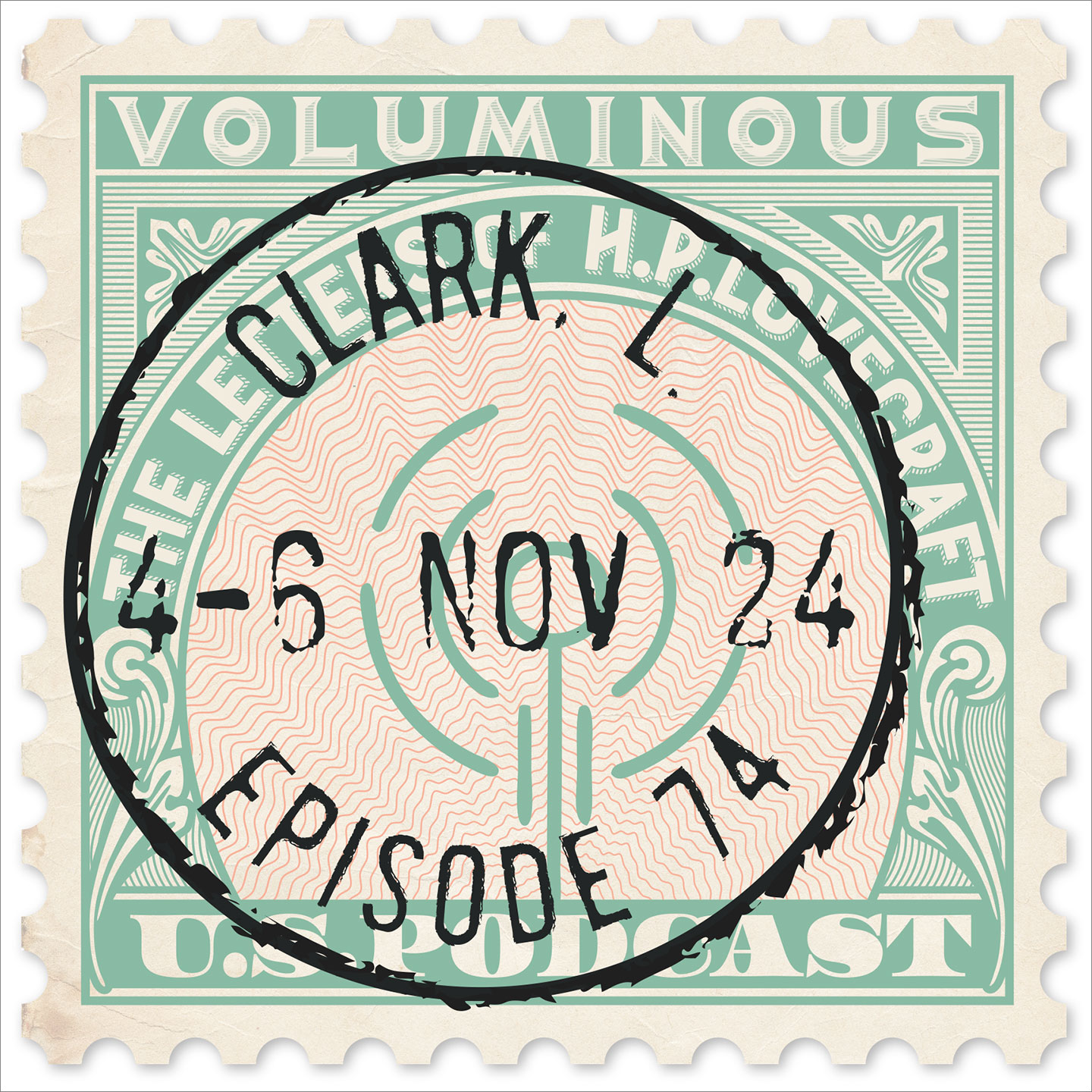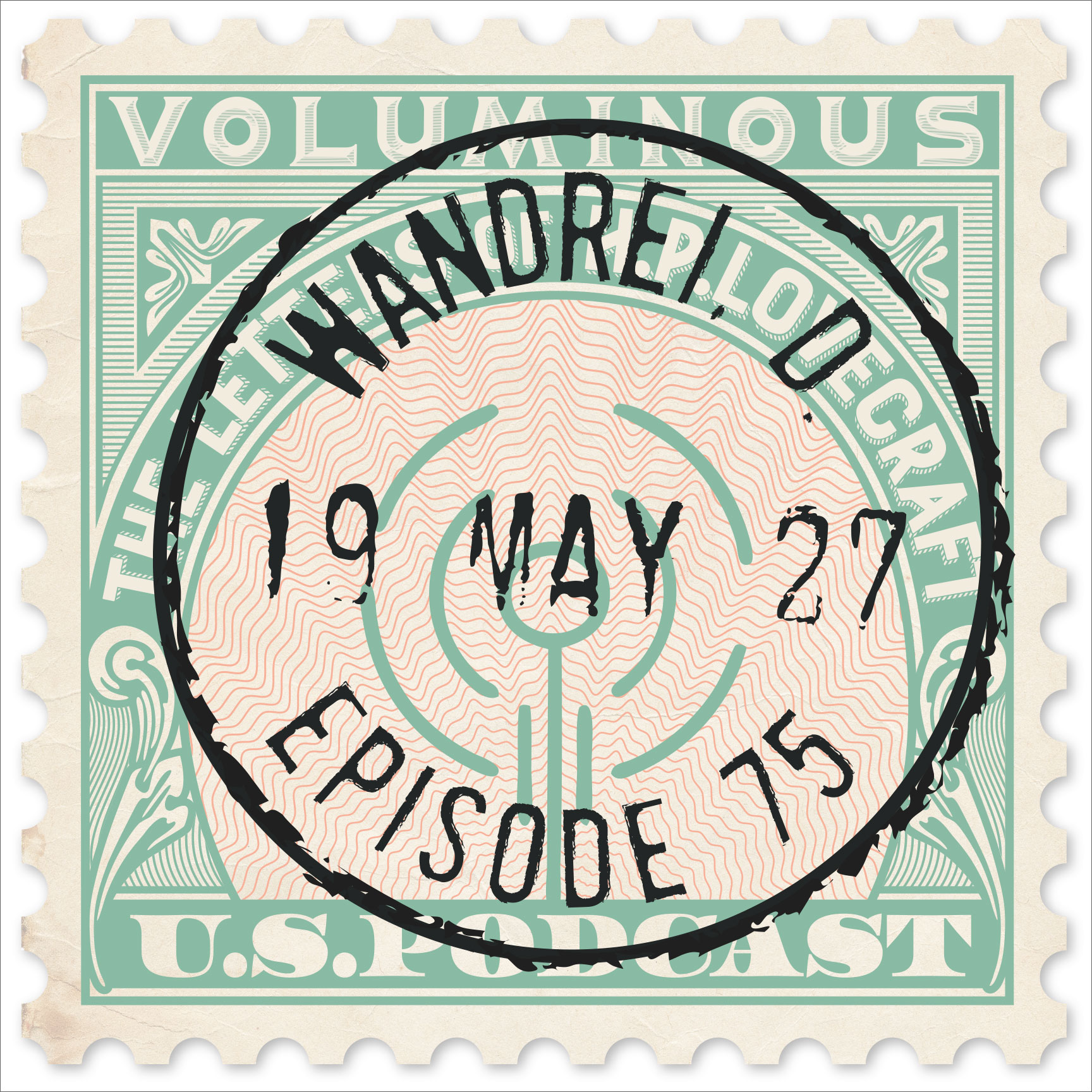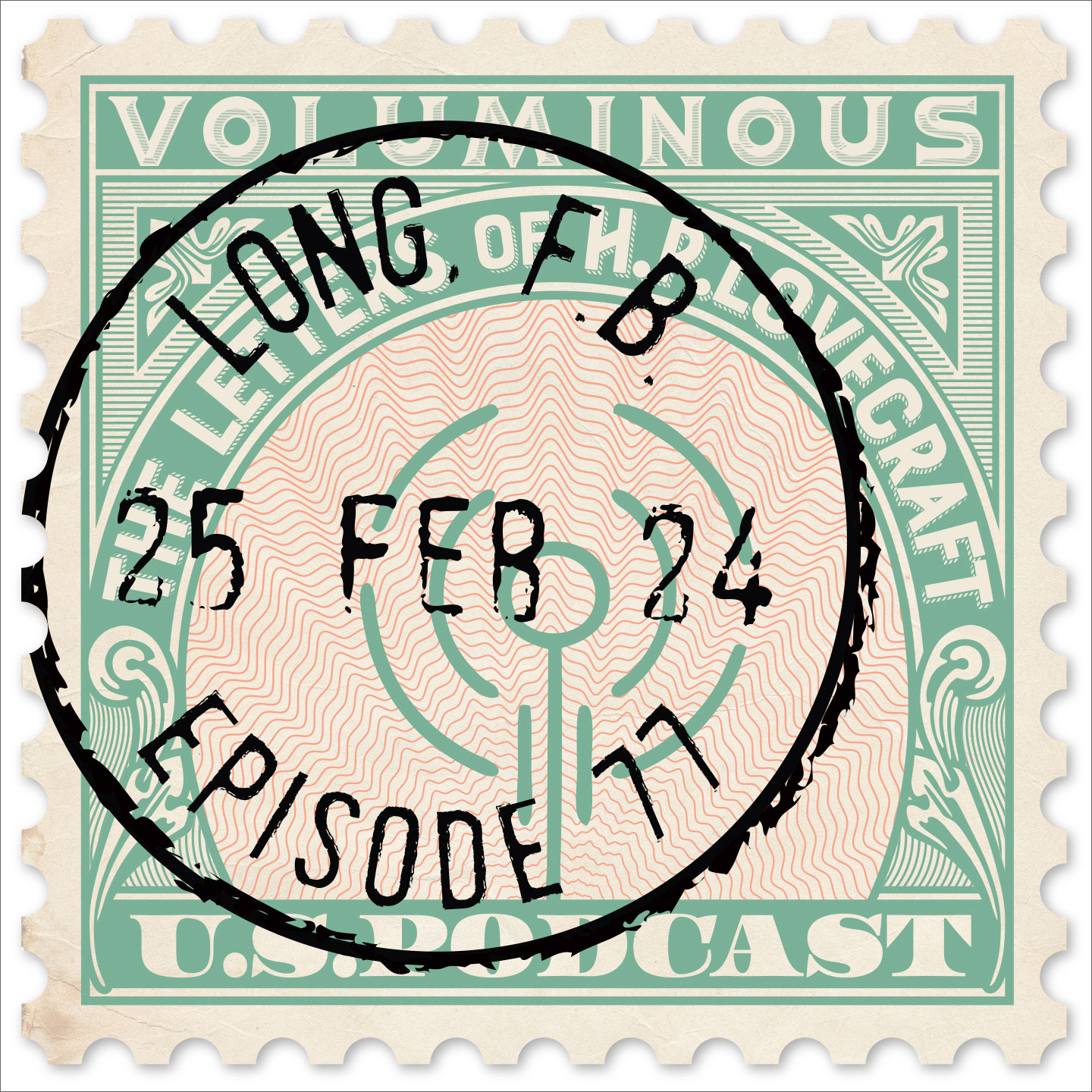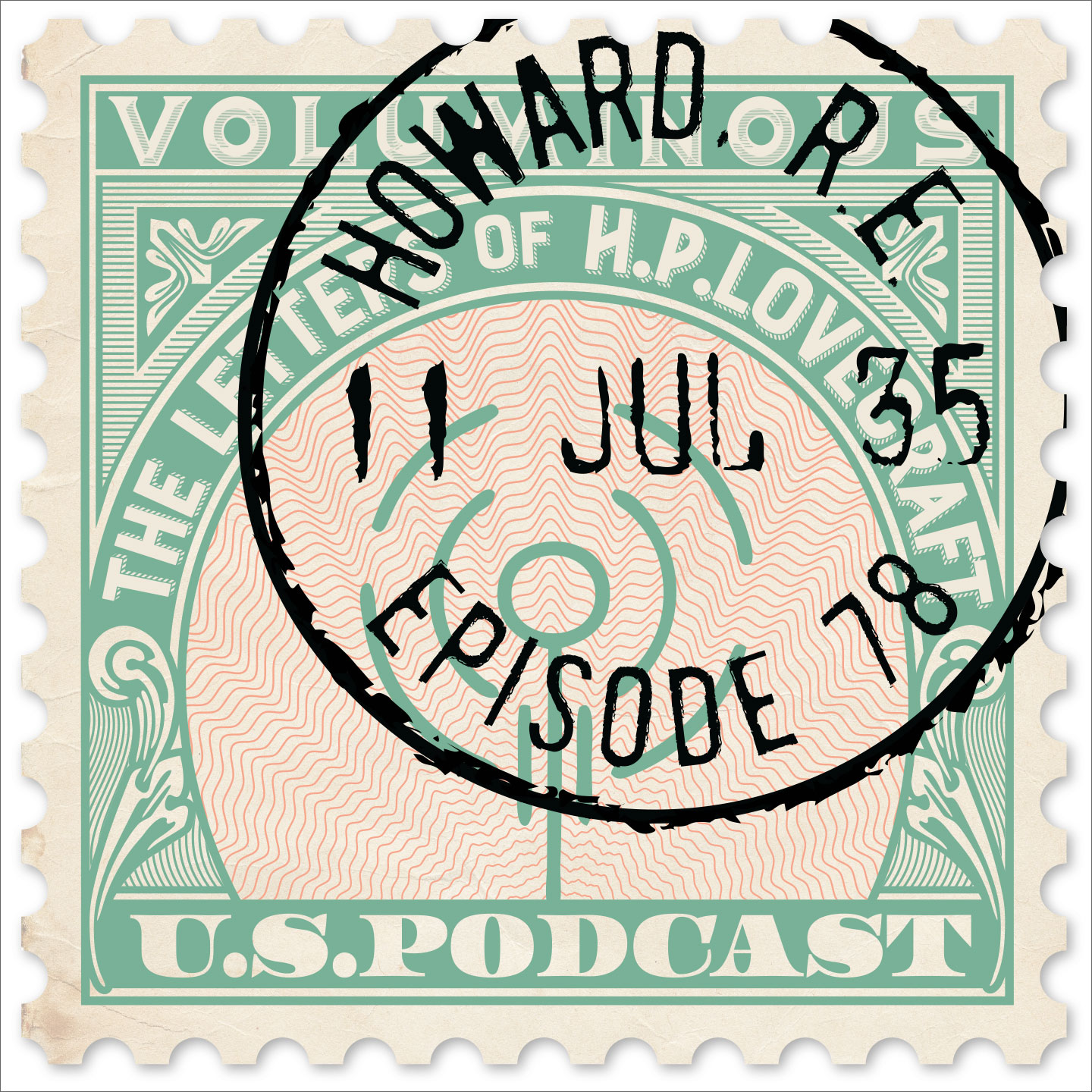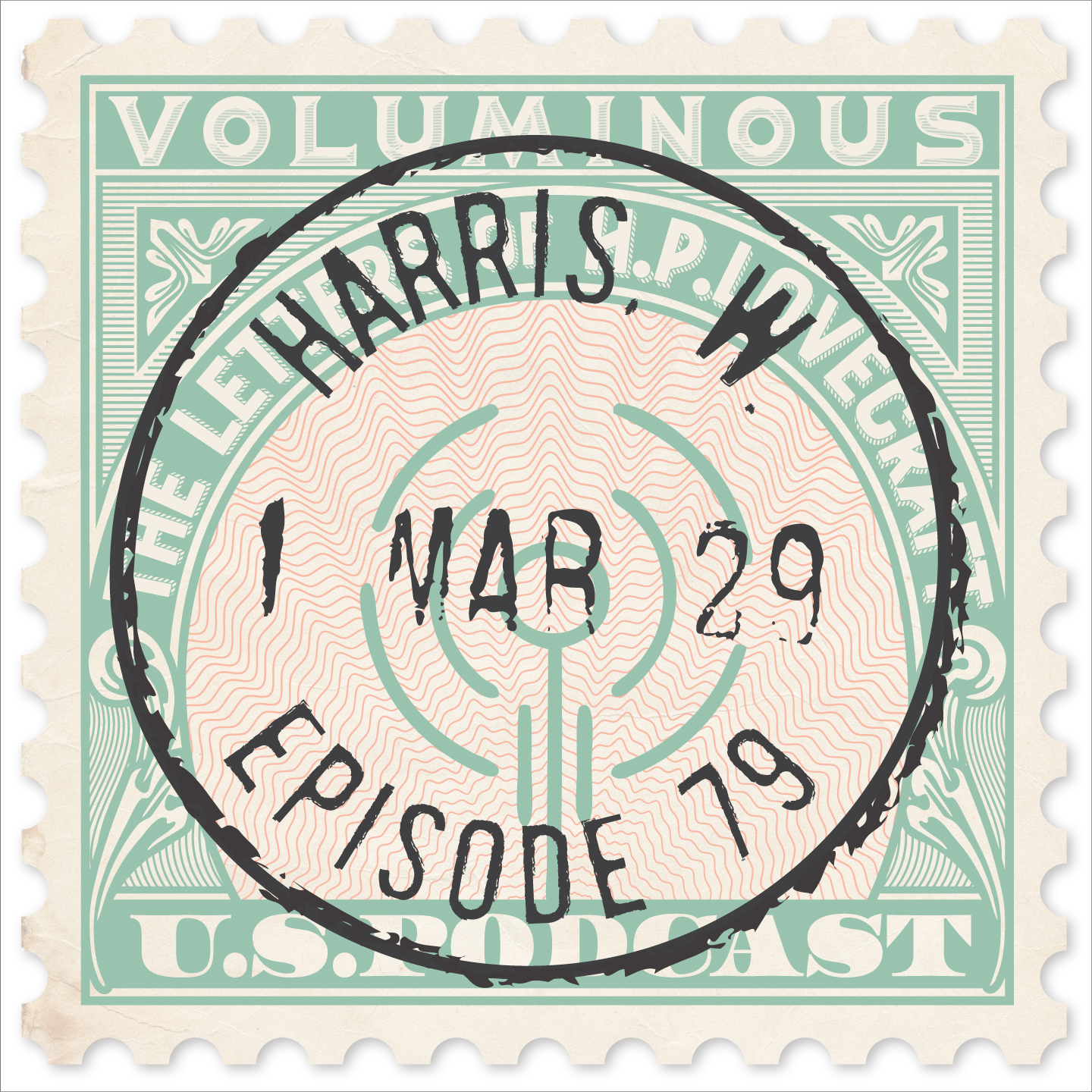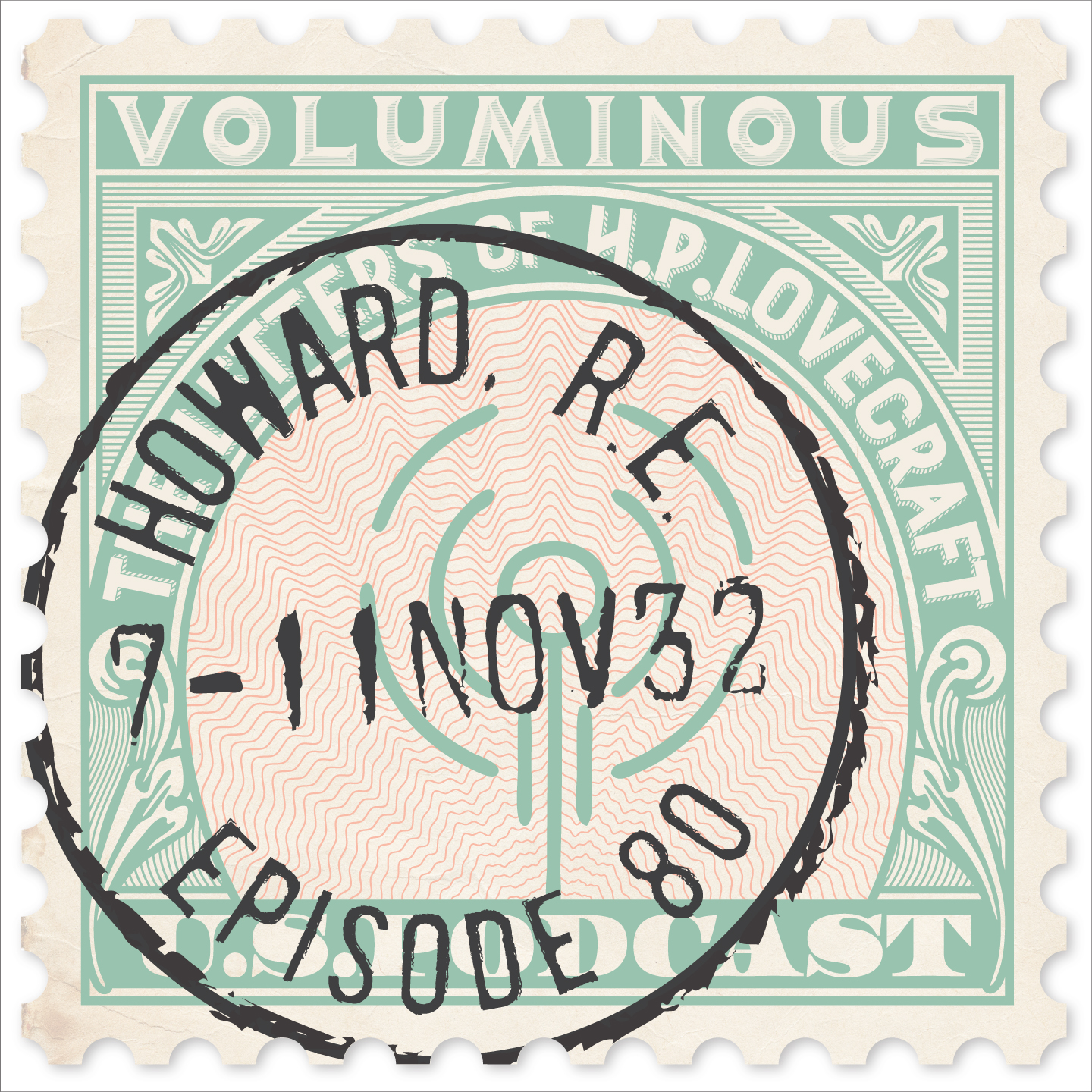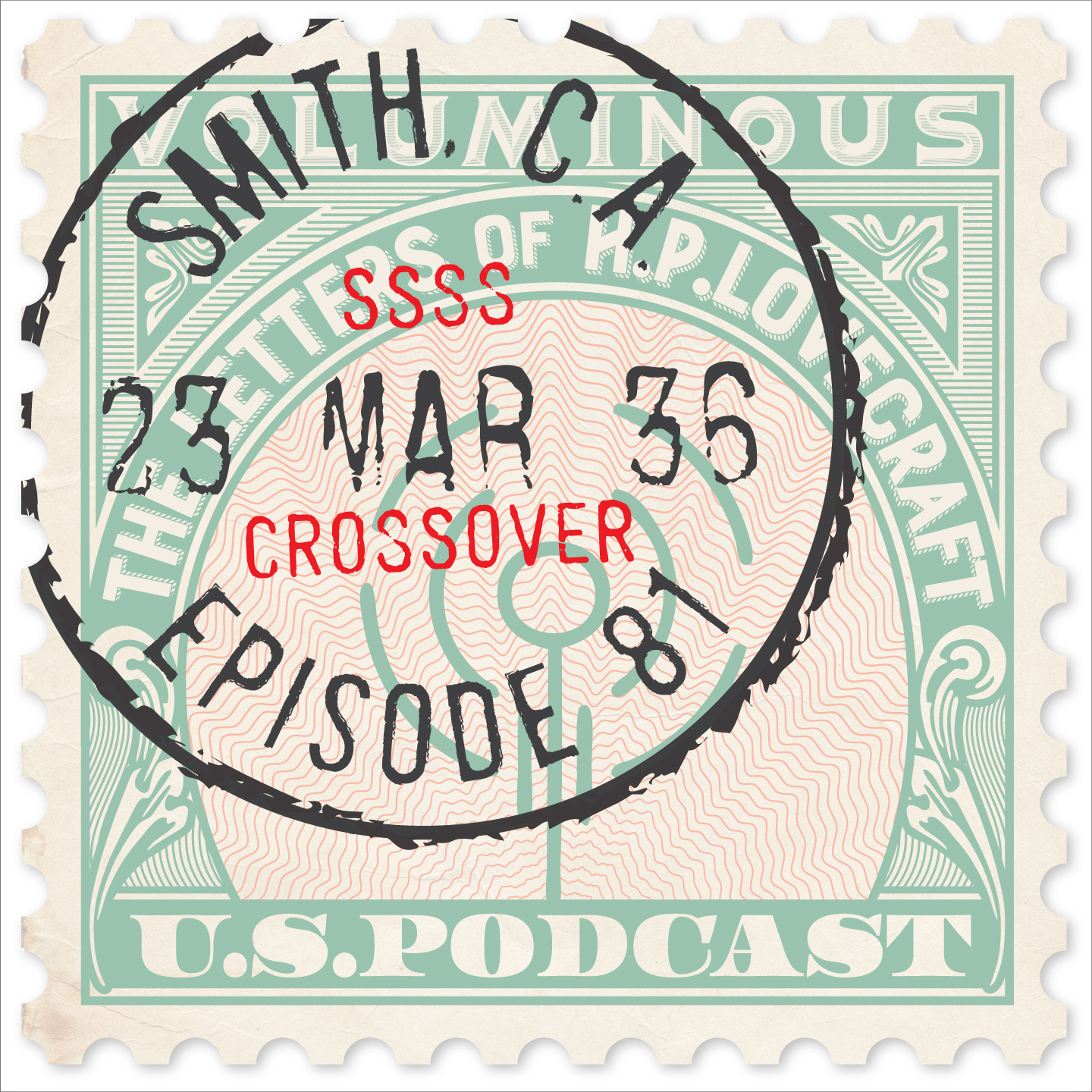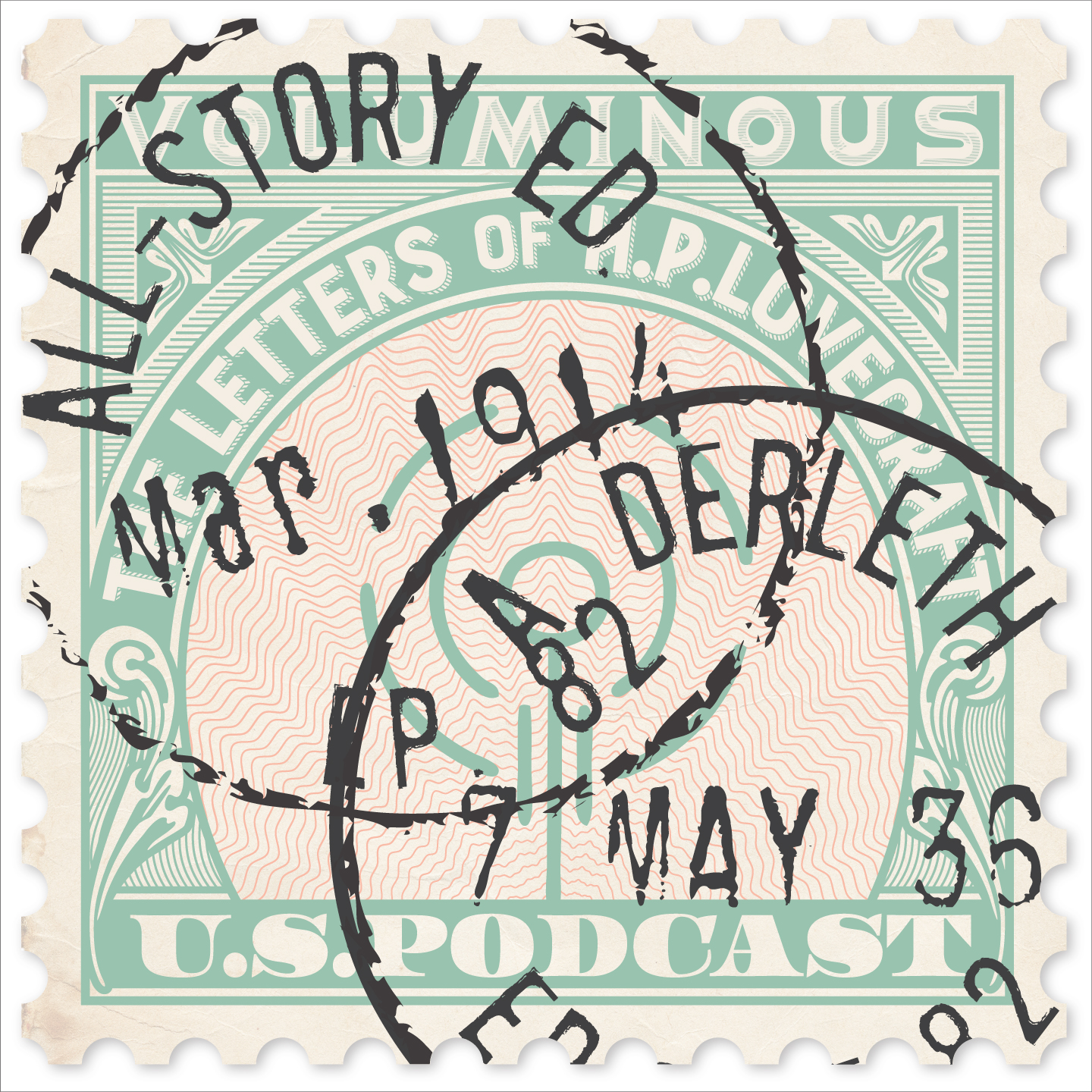
In addition to his classics of horror fiction, it is estimated that Lovecraft wrote 100,000 letters — or roughly 15 every day of his adult life — ranging from one-page diaries to seventy-page diatribes. Perhaps 20,000 of those letters have survived, in the hands of private collectors and at the John Hay Library in Providence.
In each episode of this podcast, we'll read one of these letters (or part of it) and then discuss it. In his letters HPL reveals an amazing breadth of knowledge of philosophy, science, history, literature, art and many other subjects, and forcefully asserts some highly considered opinions (some of which can be upsetting).
And of course his letters offer a fascinating window into his personal life and times. Although we've been working with Lovecraftian material for over 30 years, we still find interesting new things in his letters, and while we don't claim to be experts we look forward to sharing them with a wider audience.
Subscribe via iTunes, Stitcher or wherever you get podcasts! Or listen right here!
RSS Feed- Episode 73
- Posted June 5, 2022
Candidates for Immortality
This month we present a set of three letters written to E. Haldeman-Julius, the editor of the Haldeman-Julius Weekly in early 1923. Haldeman-Julius summarizes their contents, but also quotes Lovecraft at length. HPL presents his candidates for the greatest men in history, as well as a sampling of some of the people he hates the most. In response to one of his critics, HPL then talks about his opinion of what is the paramount end, aim and purpose of life itself.
Music by Troy Sterling Nies. Thanks to Derrick Hussey, S.T. Joshi and David E. Schultz for a sneak peek at their upcoming book Miscellaneous Letters. Pre-Order your copy now and get a discount!
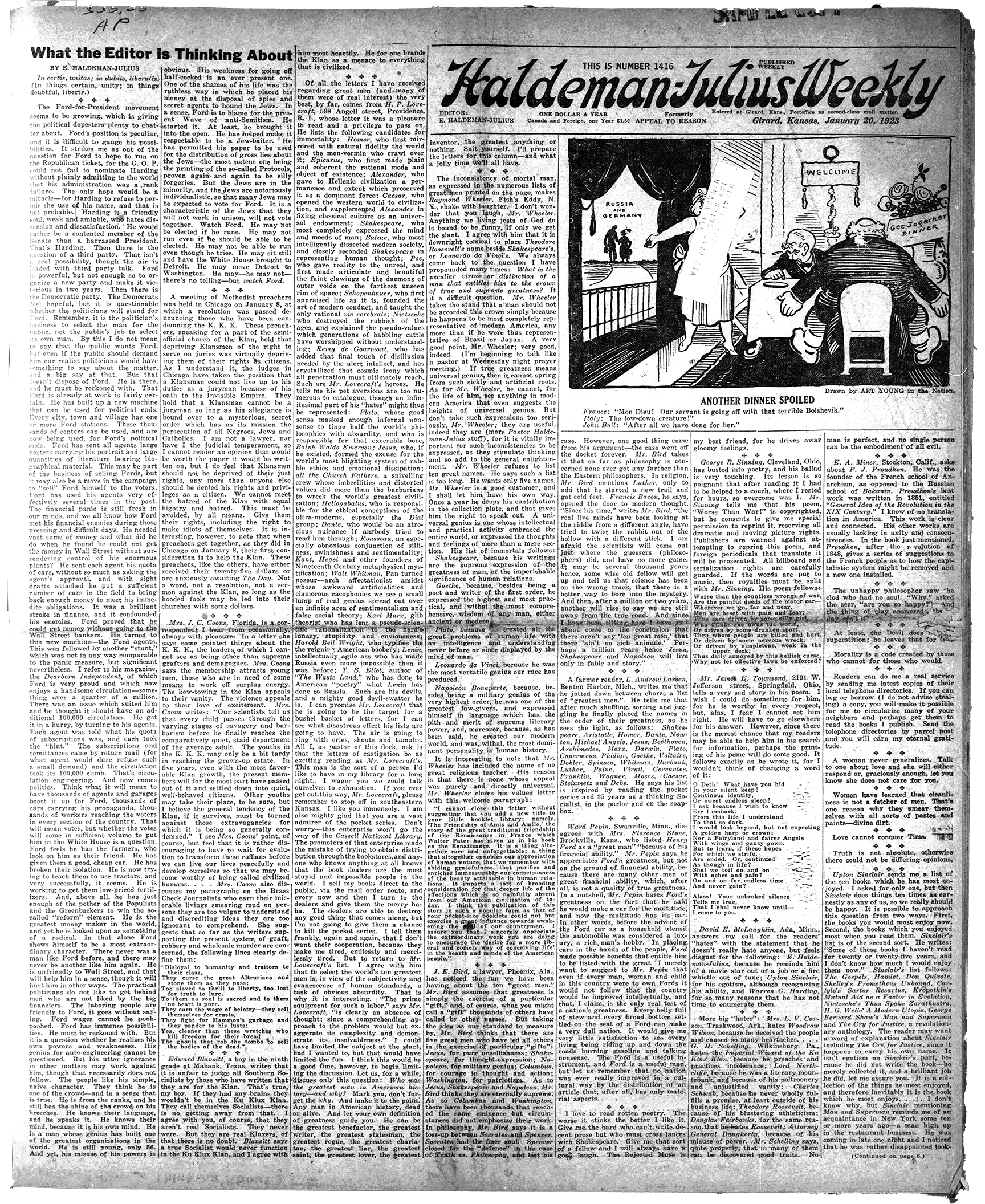 We don't know exactly when these letters were written, but the first was published in this issue of The Haldeman-Julius Weekly on January 20, 1923. You can read the entire issue online. John Mason's comment on HPL's letter appeared near the bottom of column 5 in the issue for February 24. HPL's lengthy rebuttal was published in column 2 on March 17. And there was one further rebuttal to Lovecraft's views written by D. H. Ashley published in column 4 on May 5. The papers are well worth reading at greater length.
We don't know exactly when these letters were written, but the first was published in this issue of The Haldeman-Julius Weekly on January 20, 1923. You can read the entire issue online. John Mason's comment on HPL's letter appeared near the bottom of column 5 in the issue for February 24. HPL's lengthy rebuttal was published in column 2 on March 17. And there was one further rebuttal to Lovecraft's views written by D. H. Ashley published in column 4 on May 5. The papers are well worth reading at greater length.
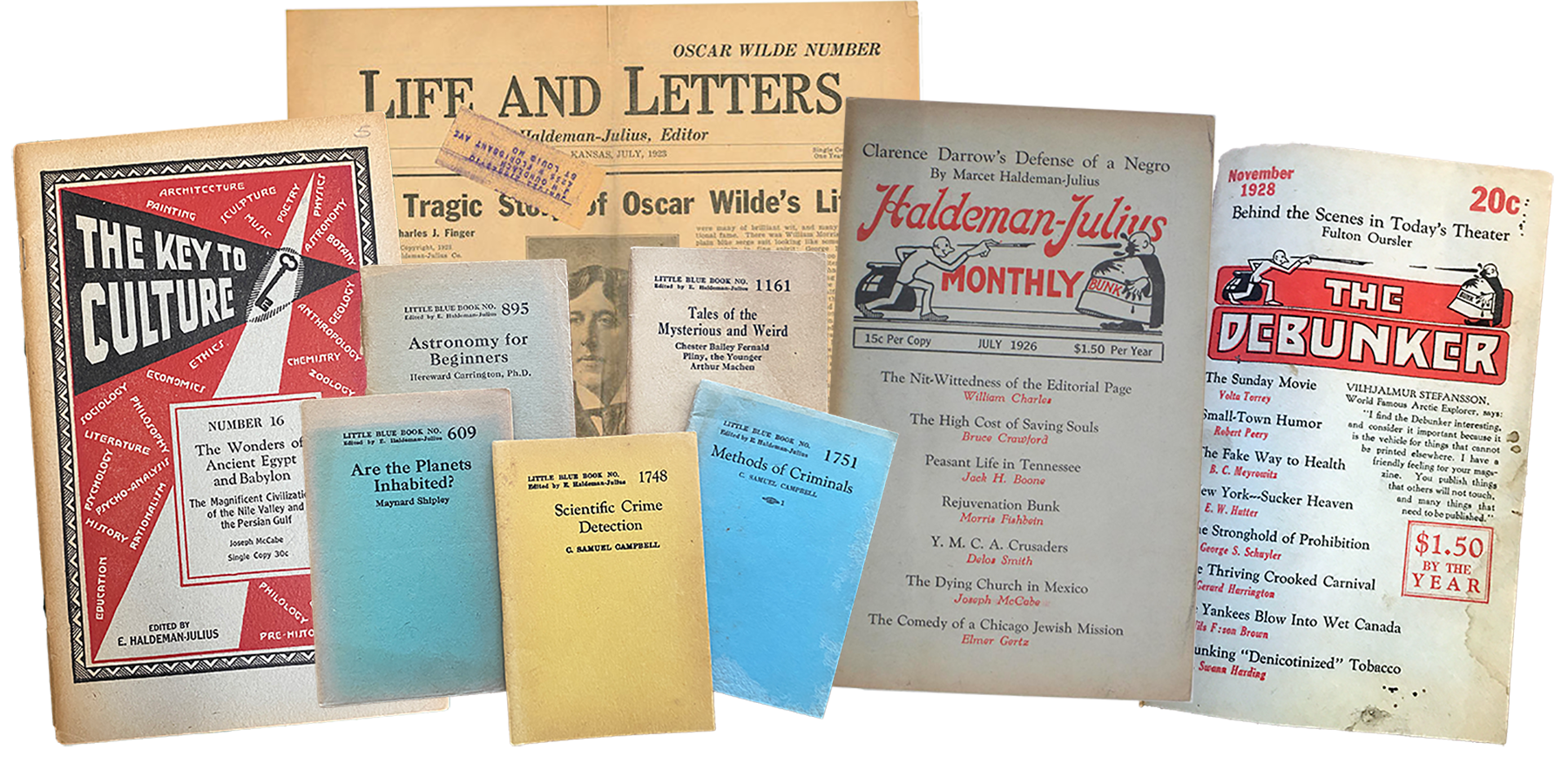 Emanuel Haldeman-Julius was a truly prolific editor and publisher of the 1920s, bringing literature, science, philosophy, history, art and tolerant skepticism to the masses. Shown here are just some of his many publications.
Emanuel Haldeman-Julius was a truly prolific editor and publisher of the 1920s, bringing literature, science, philosophy, history, art and tolerant skepticism to the masses. Shown here are just some of his many publications.

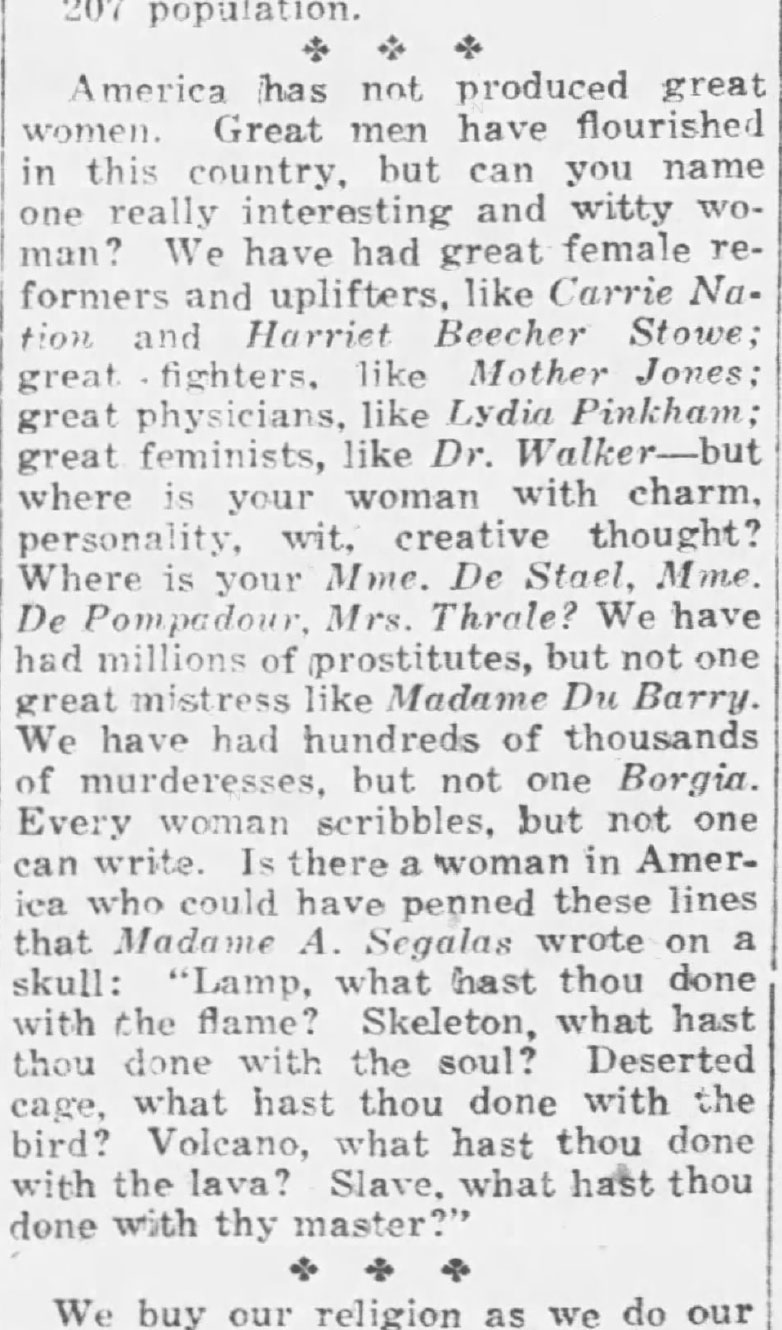 Although Haldeman-Julius was a socialist, even running for the U.S. Senate as the Socialist party candidate for Kansas in 1932, some of his own published opinions sound a little more Lovecraftian. Here are two clippings from the Haldeman-Julius Weekly published around the same time as Lovecraft's letters. In one, EHJ sounds a lot like HPL in his opinion about voting and democracy. In the other, EHJ is surprisingly dismissive of women, especially considering that he was married to the formidable Marcet Haldeman, whose aunt was Nobel-Prize-Winner Jane Addams. It's hard to imagine that this column was well received in the Haldeman-Julius household.
Although Haldeman-Julius was a socialist, even running for the U.S. Senate as the Socialist party candidate for Kansas in 1932, some of his own published opinions sound a little more Lovecraftian. Here are two clippings from the Haldeman-Julius Weekly published around the same time as Lovecraft's letters. In one, EHJ sounds a lot like HPL in his opinion about voting and democracy. In the other, EHJ is surprisingly dismissive of women, especially considering that he was married to the formidable Marcet Haldeman, whose aunt was Nobel-Prize-Winner Jane Addams. It's hard to imagine that this column was well received in the Haldeman-Julius household.
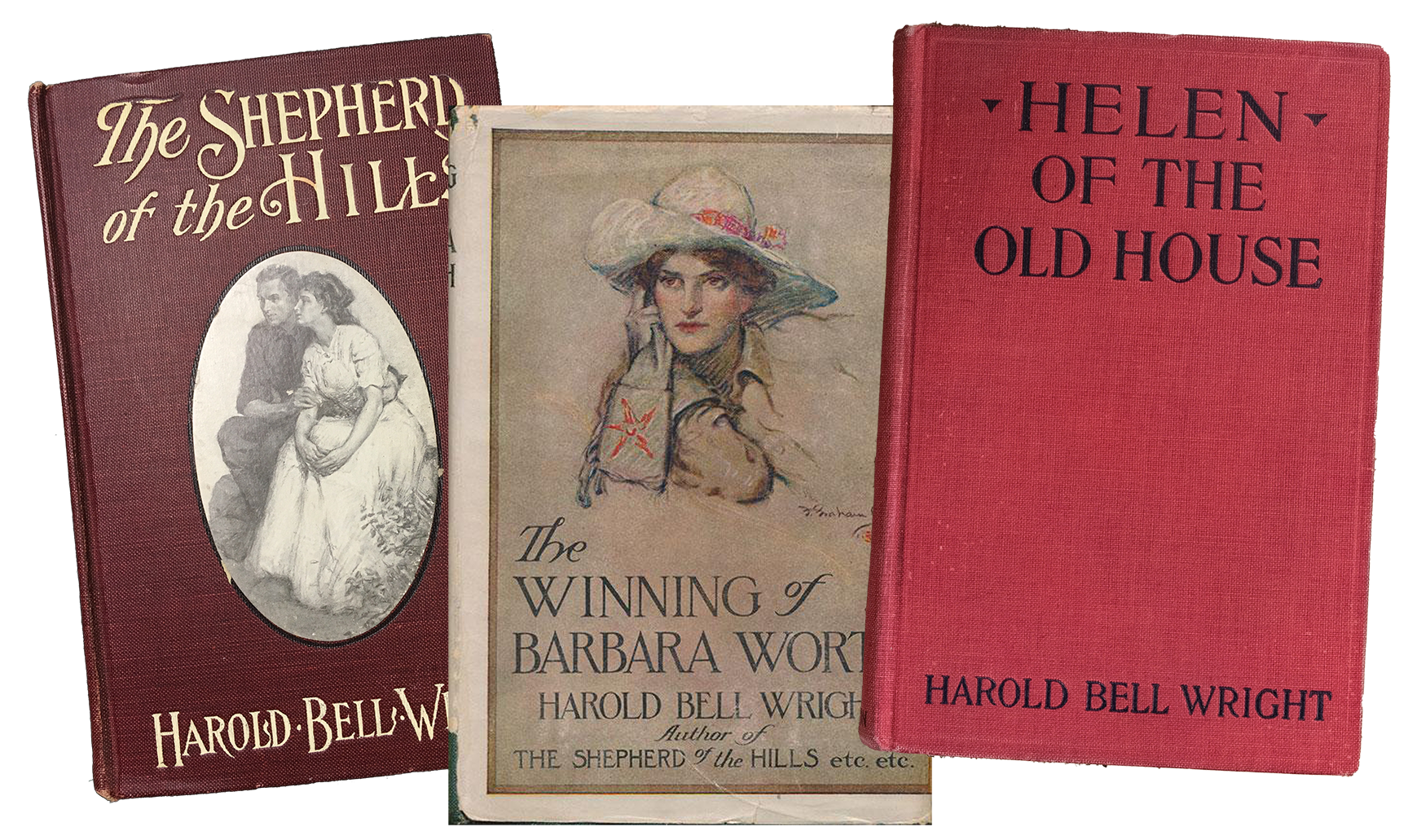 Among HPL's "hates" he cites Harold Bell Wright, who was at the time the most successful writer of fiction in the history of the world. Here are some of his books, including The Shepherd of the Hills, Wright's second novel. It was first published in 1907, and is set in Branson, Missouri. The novel, and four subsequent movie adaptations (including one in 1941 starring John Wayne) helped turn the town into a tourist destination, which it remains to this day. Starting in 1960 and for several decades, a live stage version of the book was produced in Branson, with a cast of some 80 actors, 40 live horses, and the actual burning down of a cabin at each performance.
Among HPL's "hates" he cites Harold Bell Wright, who was at the time the most successful writer of fiction in the history of the world. Here are some of his books, including The Shepherd of the Hills, Wright's second novel. It was first published in 1907, and is set in Branson, Missouri. The novel, and four subsequent movie adaptations (including one in 1941 starring John Wayne) helped turn the town into a tourist destination, which it remains to this day. Starting in 1960 and for several decades, a live stage version of the book was produced in Branson, with a cast of some 80 actors, 40 live horses, and the actual burning down of a cabin at each performance.
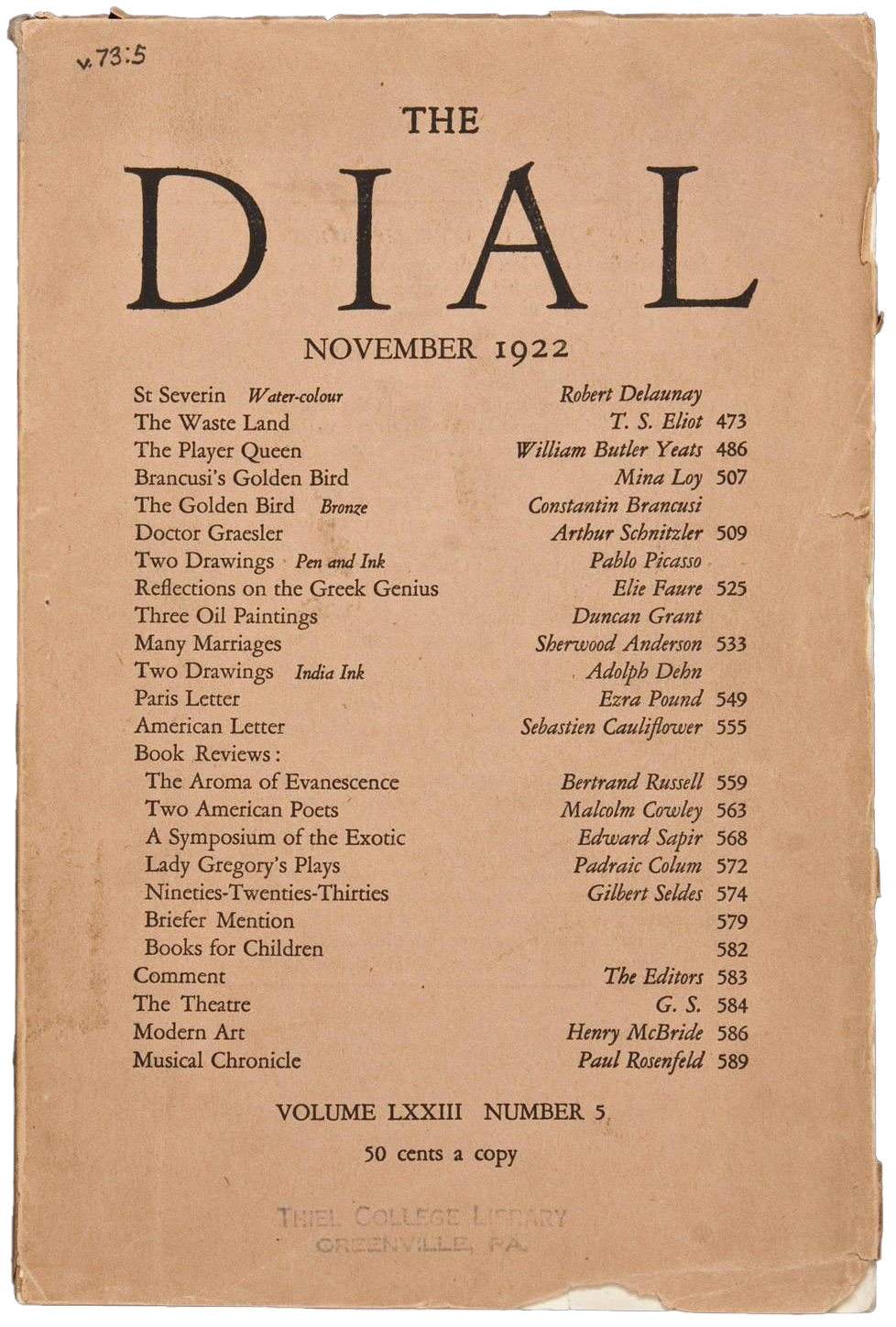 HPL also throws some scorn toward "the Dial group", which is a reference to the contributors and/or editors of The Dial. Originally a magazine featuring the Transcendentalists, whom HPL also did not like, in 1920 it was relaunched as a modernist literary journal by Scofield Thayer and James Sibley Watson. It published writing and artwork by some of the 20th century's most famous names, including, just a couple of months before these letters were written, the first American appearance of T.S. Eliot's poem "The Waste Land", which drove HPL so crazy.
HPL also throws some scorn toward "the Dial group", which is a reference to the contributors and/or editors of The Dial. Originally a magazine featuring the Transcendentalists, whom HPL also did not like, in 1920 it was relaunched as a modernist literary journal by Scofield Thayer and James Sibley Watson. It published writing and artwork by some of the 20th century's most famous names, including, just a couple of months before these letters were written, the first American appearance of T.S. Eliot's poem "The Waste Land", which drove HPL so crazy.
 This whole series of letters seems to have gotten its start because Haldeman-Julius published a piece about the list of history's ten greatest men as assessed by the Epworth League. The Epworth League was, and still is, an organization for young people of the Methodist church. It was founded in 1889 and was still going pretty strong in Lovecraft's day, with hundreds of thousands of members. The league sponsored regular meetings and activities and service opportunities for people from ages 18 to 35, "to encourage and cultivate Christ-centered character in young adults around the world through community building, missions, and spiritual growth." The name comes from the town in England where John and Charles Wesley, the founders of Methodism, were born, and their motto is "Look Up, Lift Up".
This whole series of letters seems to have gotten its start because Haldeman-Julius published a piece about the list of history's ten greatest men as assessed by the Epworth League. The Epworth League was, and still is, an organization for young people of the Methodist church. It was founded in 1889 and was still going pretty strong in Lovecraft's day, with hundreds of thousands of members. The league sponsored regular meetings and activities and service opportunities for people from ages 18 to 35, "to encourage and cultivate Christ-centered character in young adults around the world through community building, missions, and spiritual growth." The name comes from the town in England where John and Charles Wesley, the founders of Methodism, were born, and their motto is "Look Up, Lift Up".
